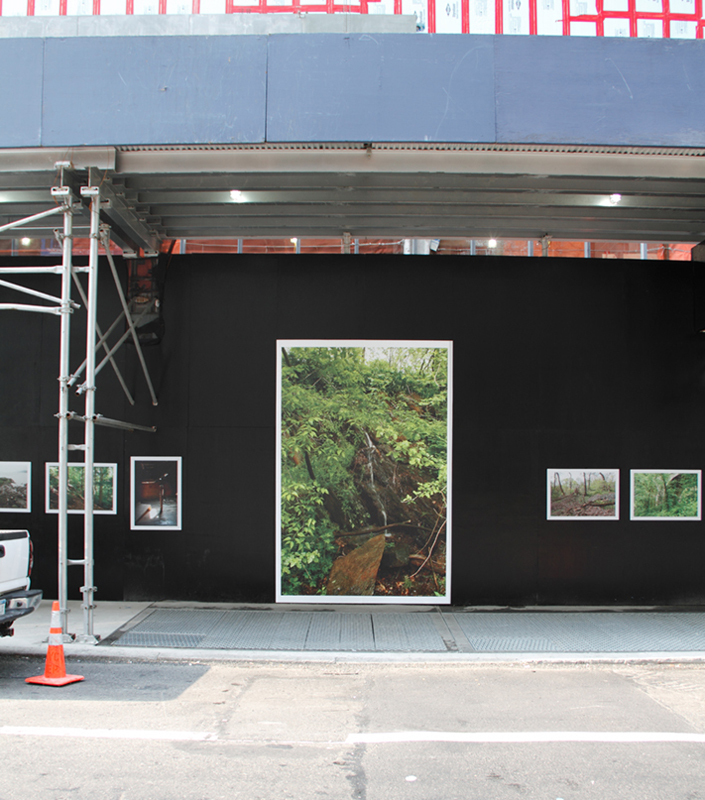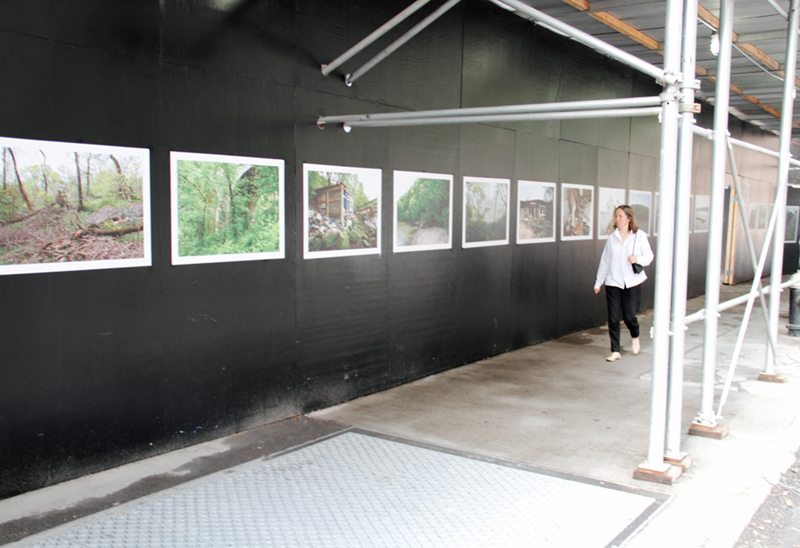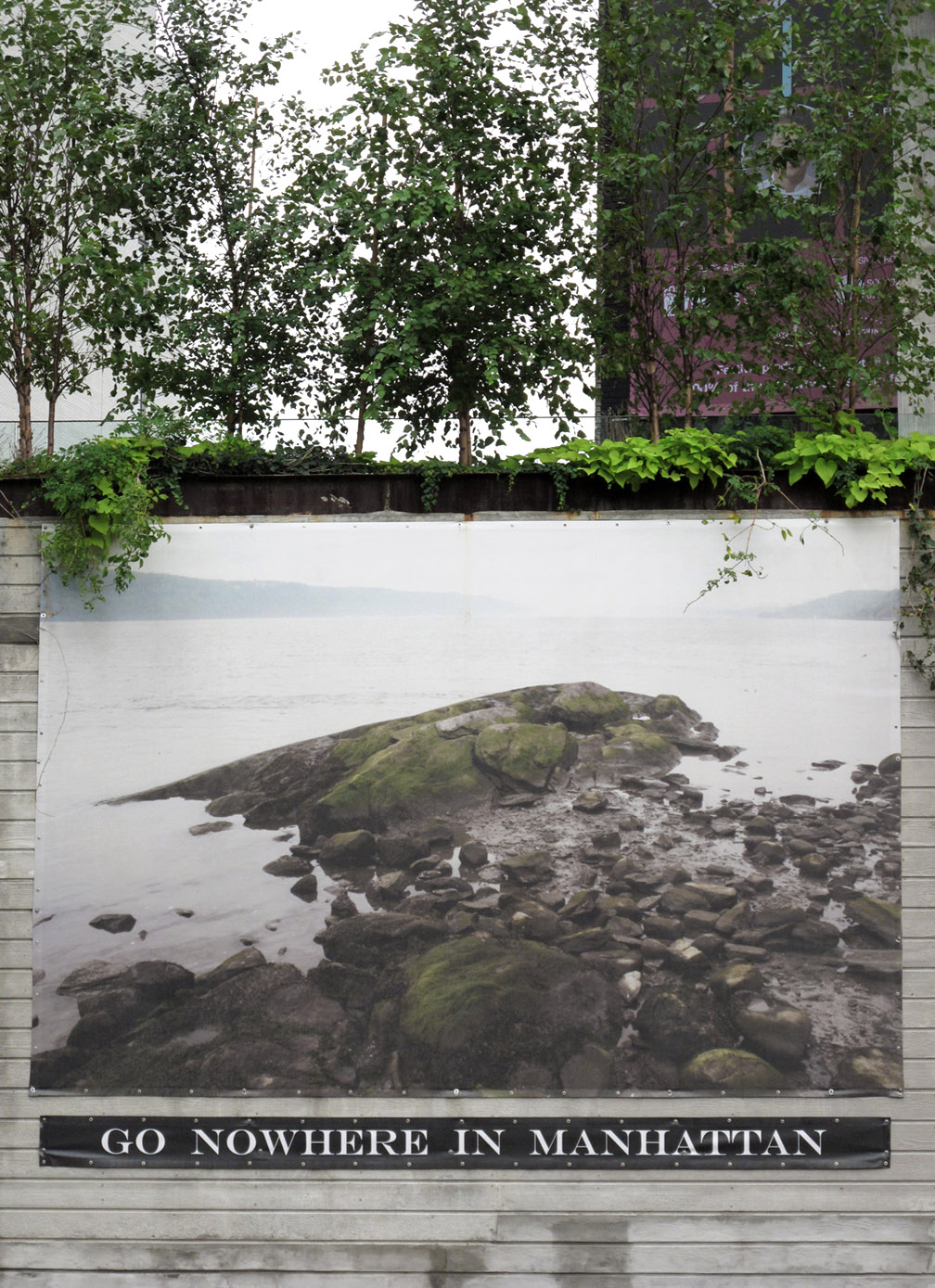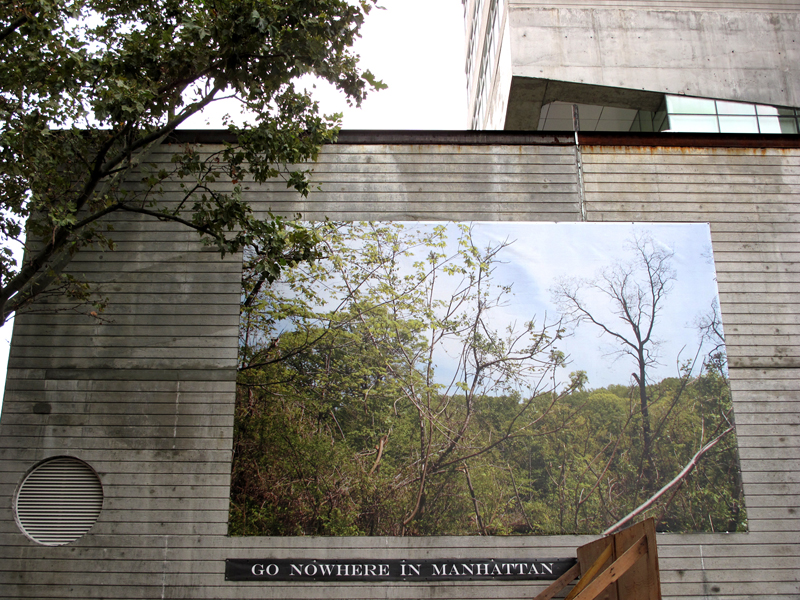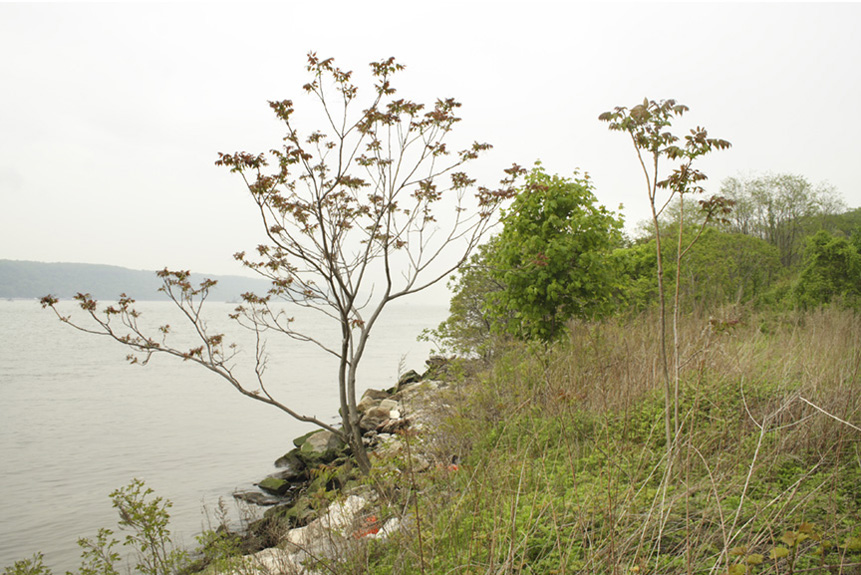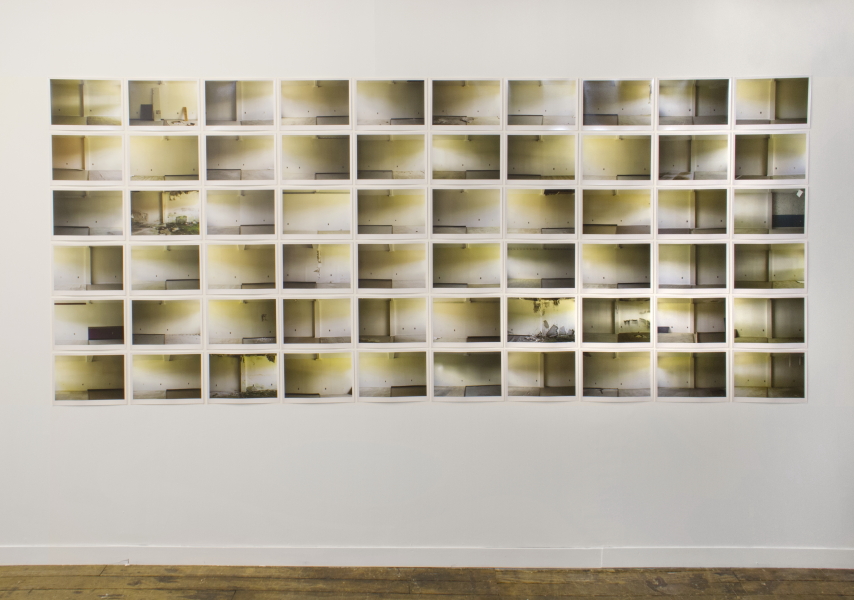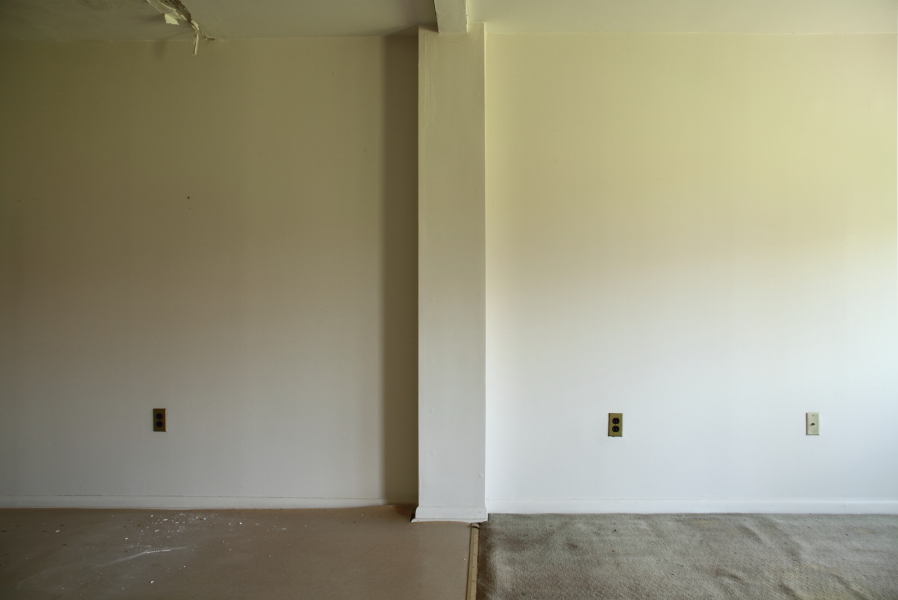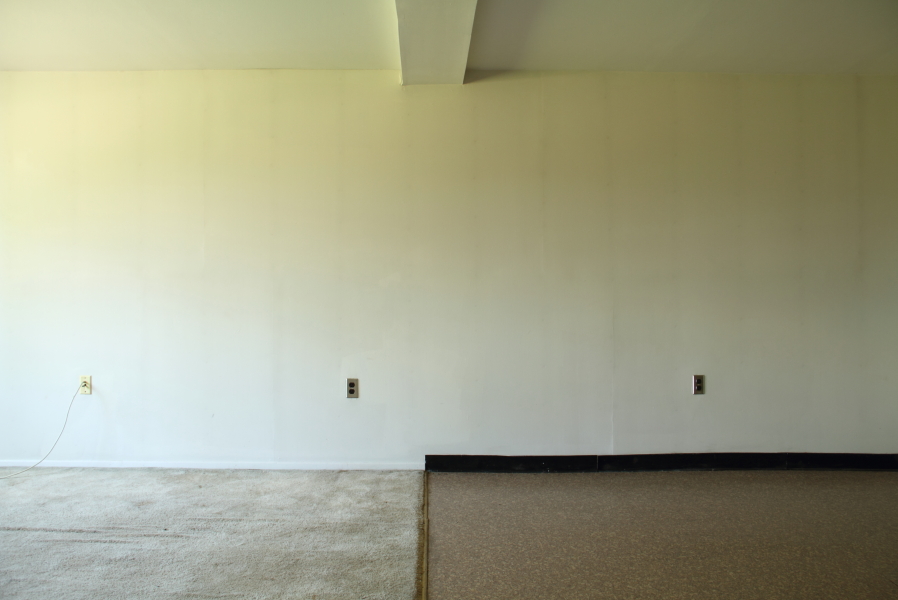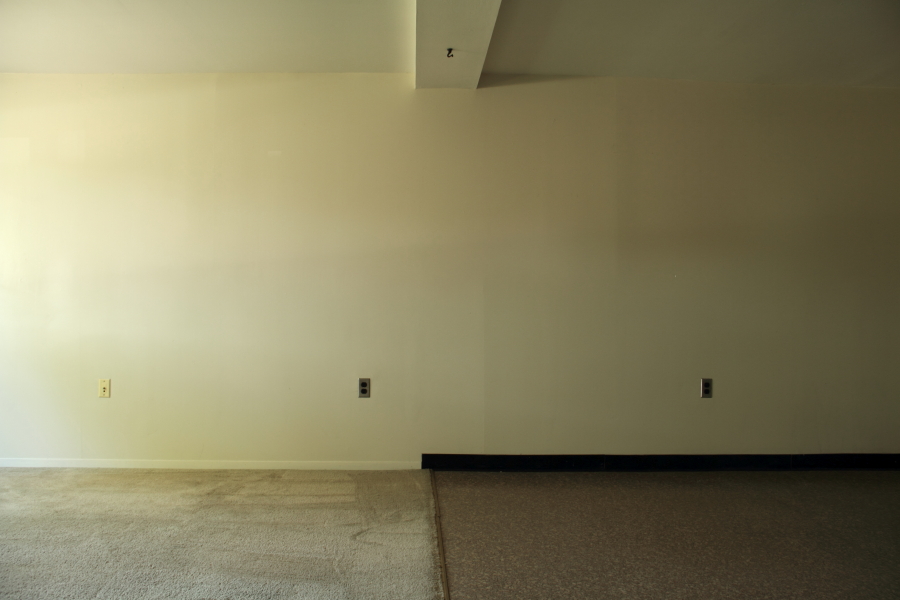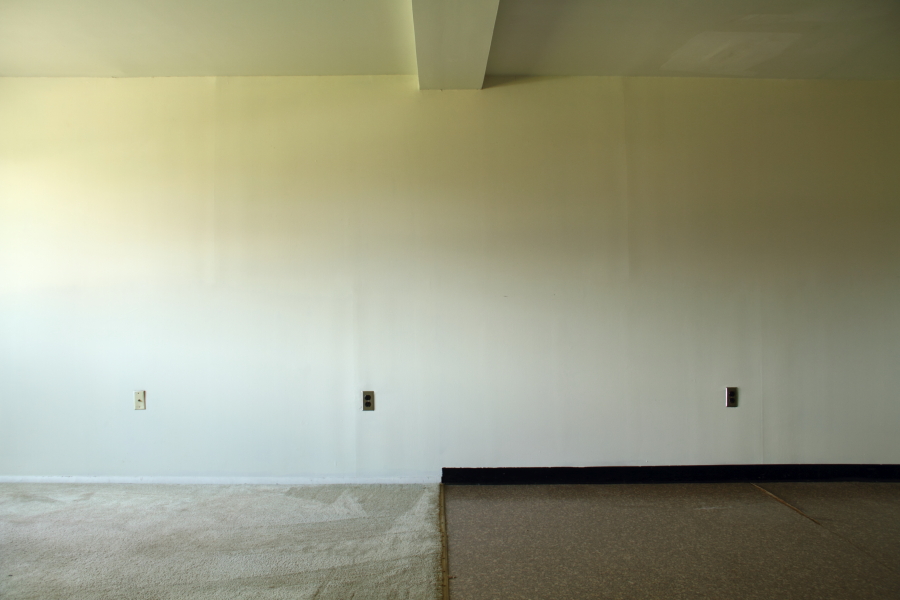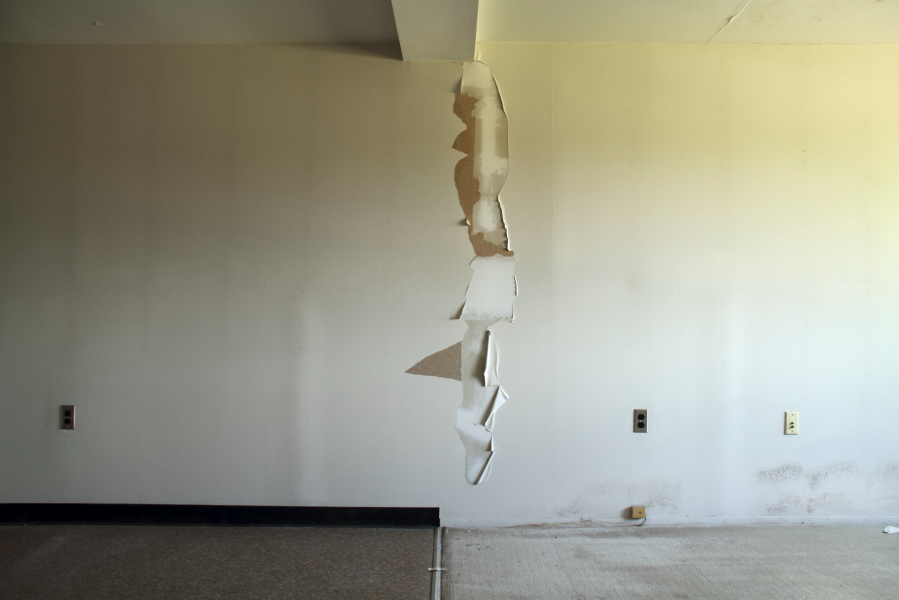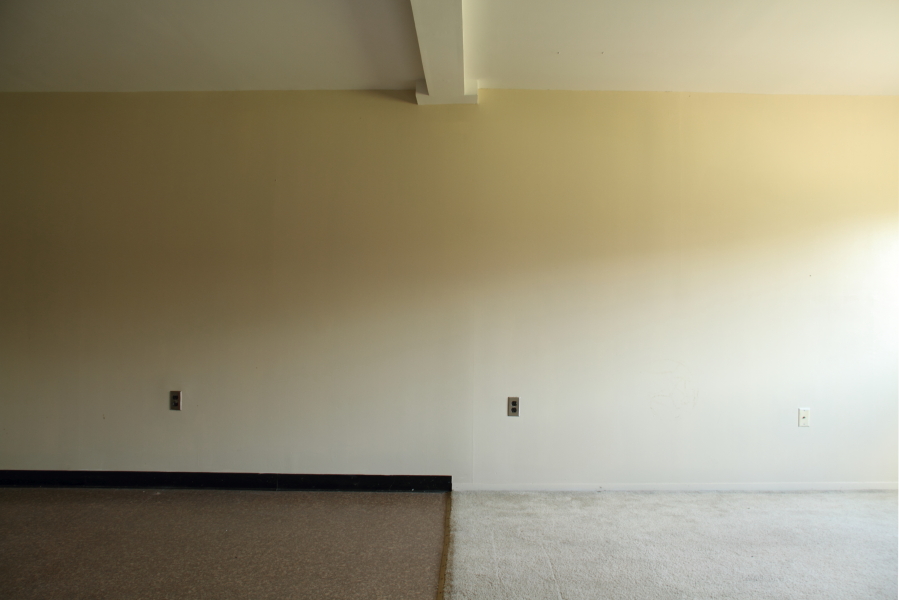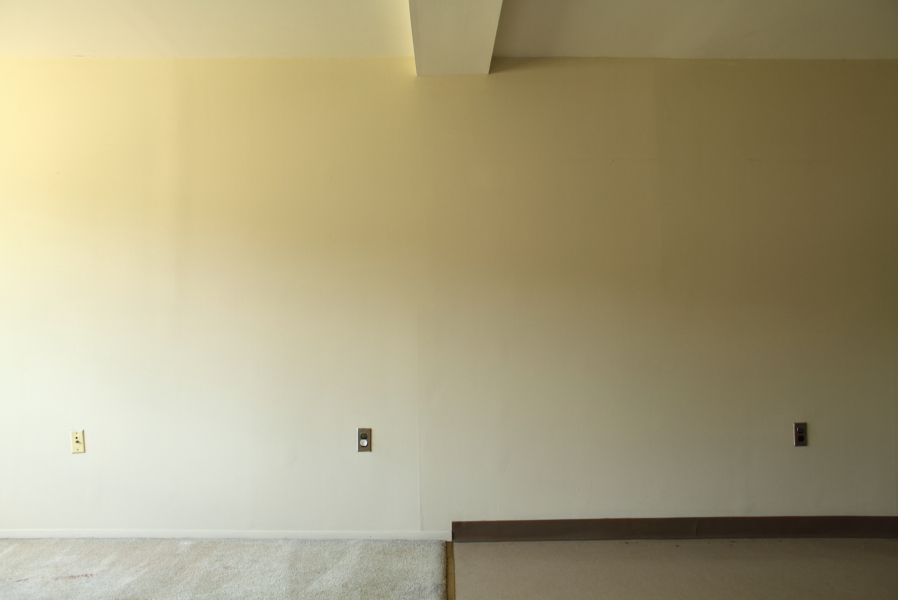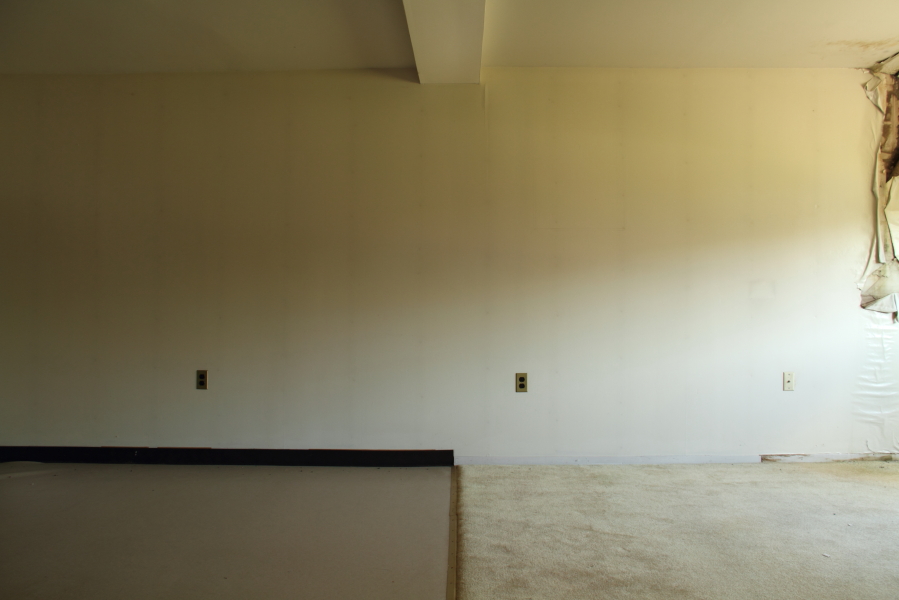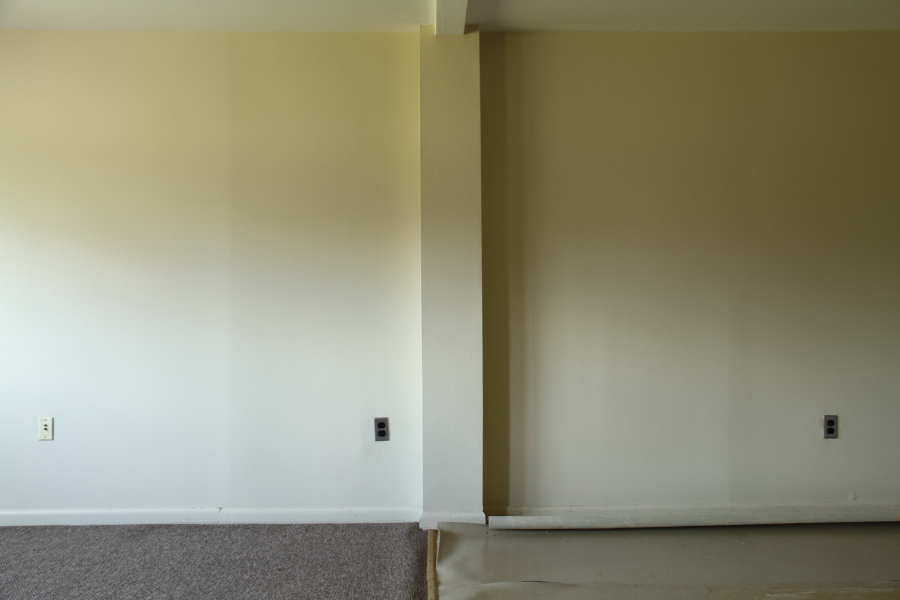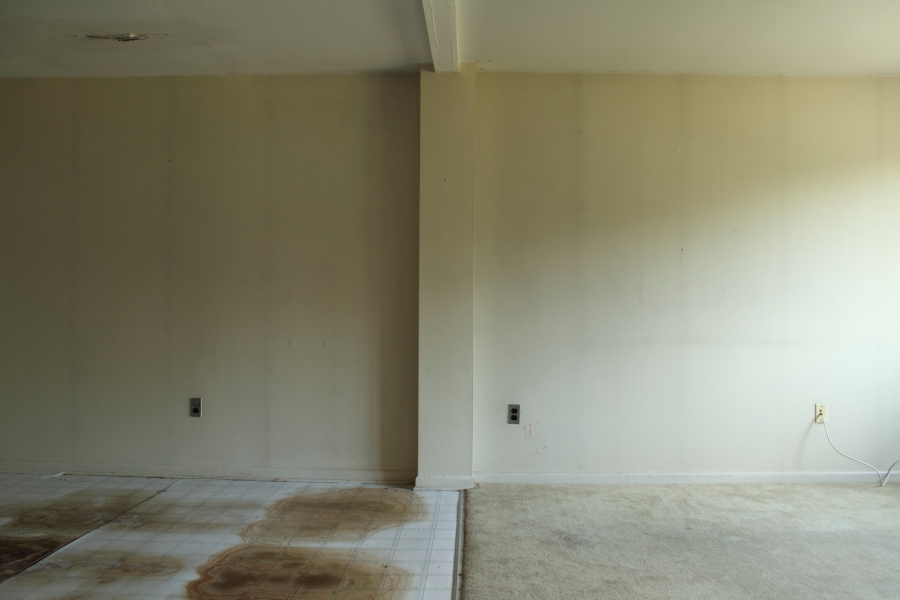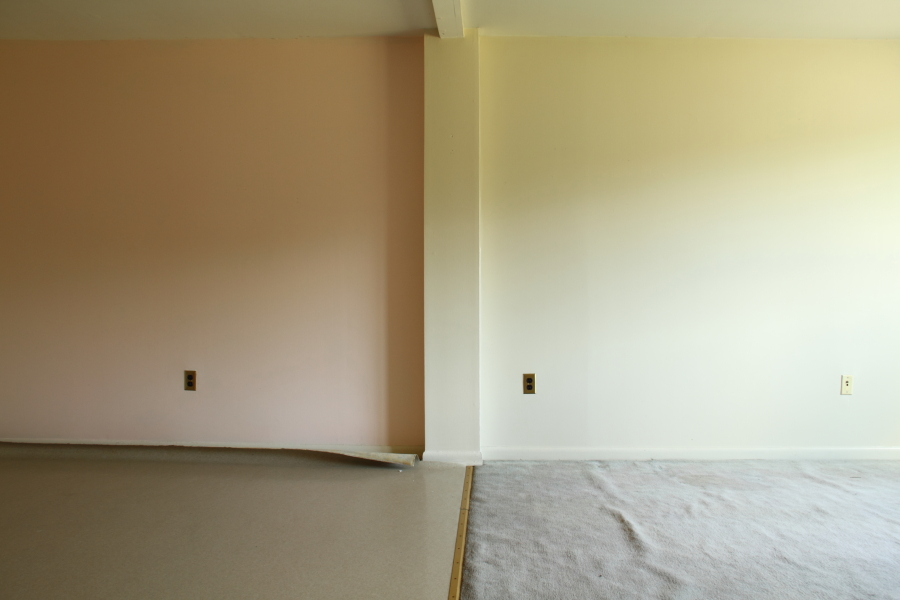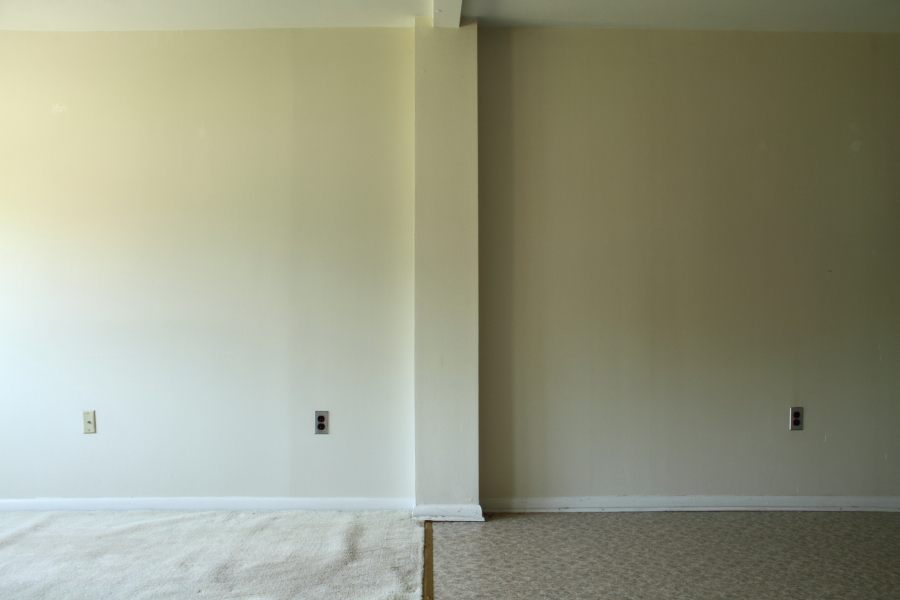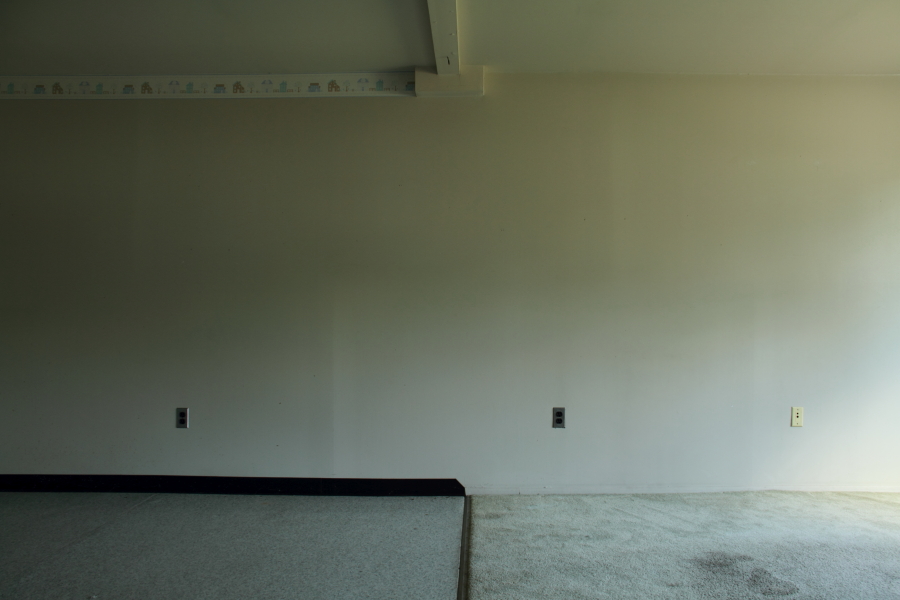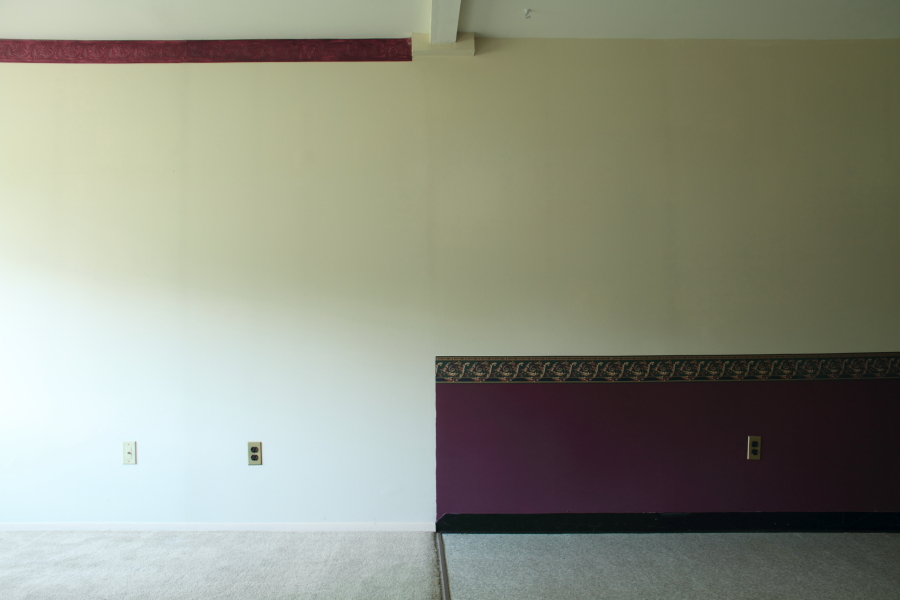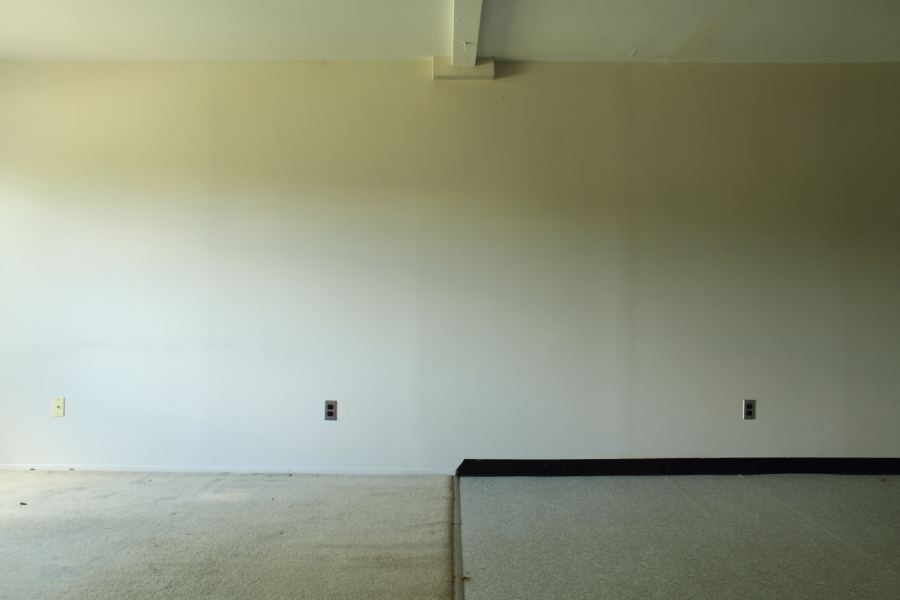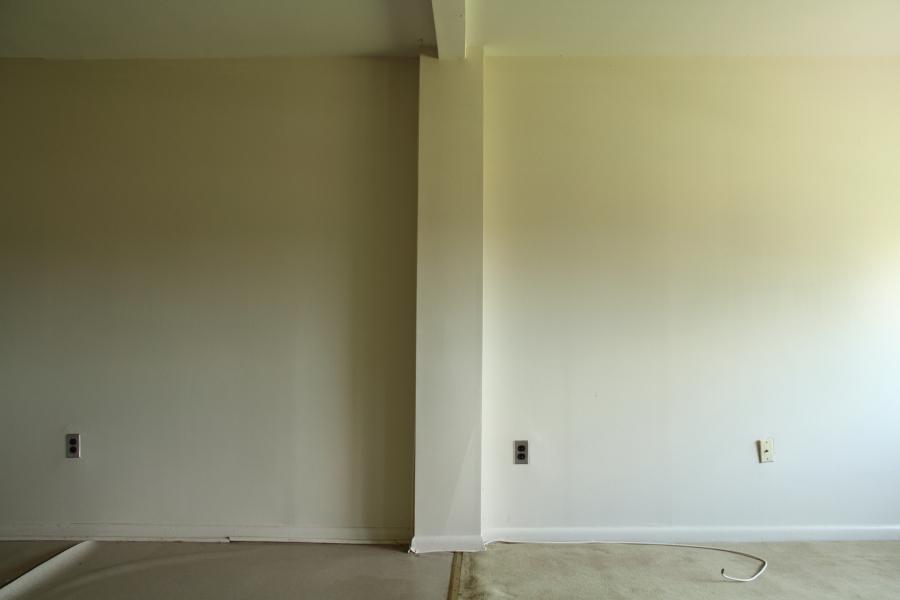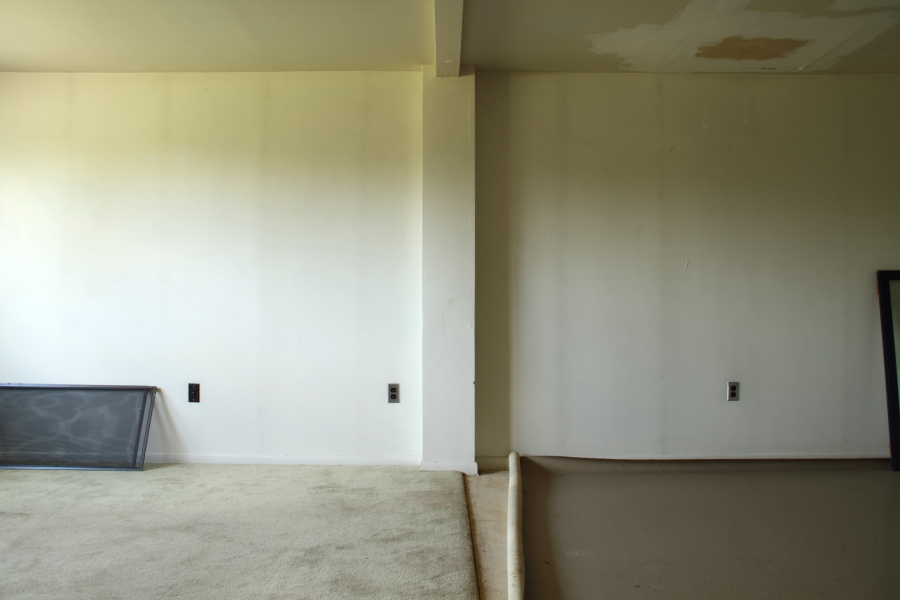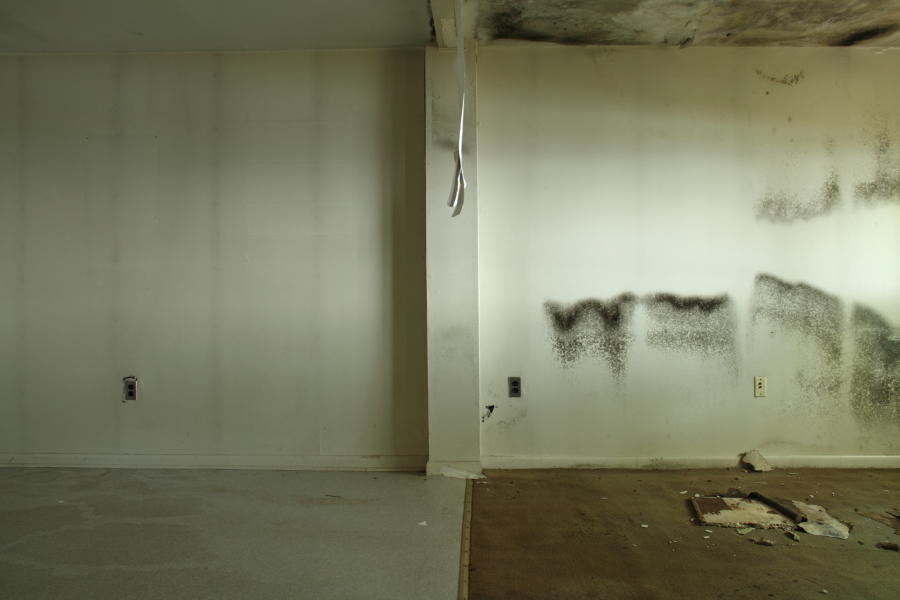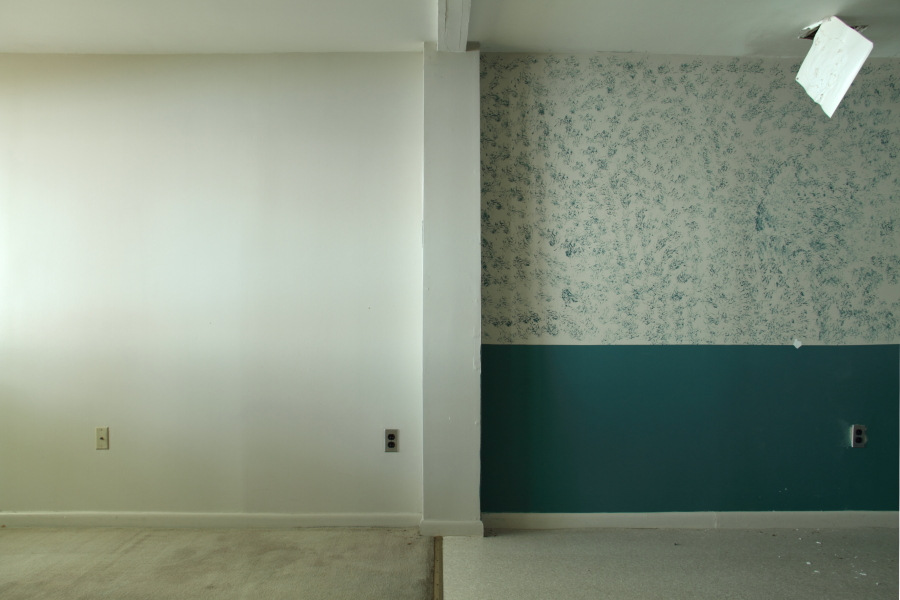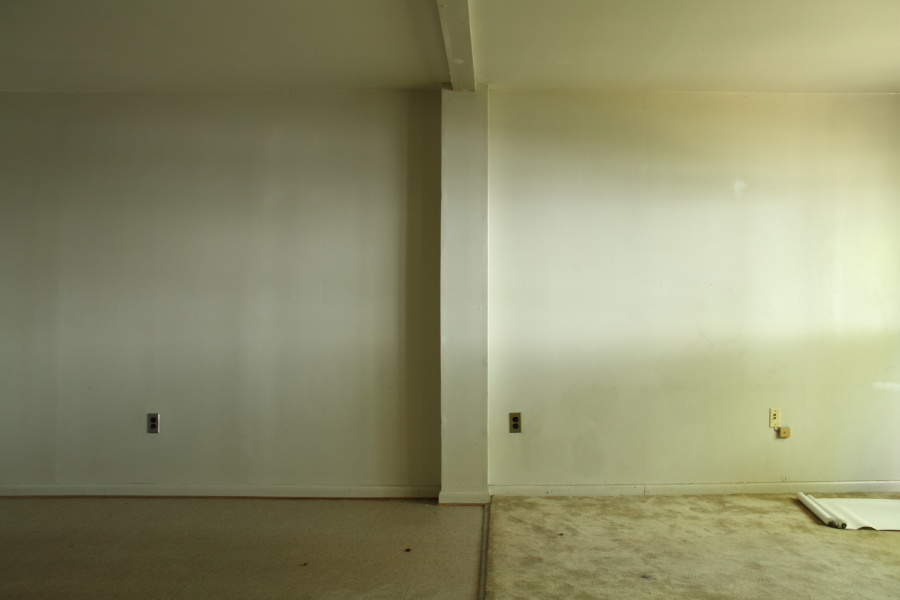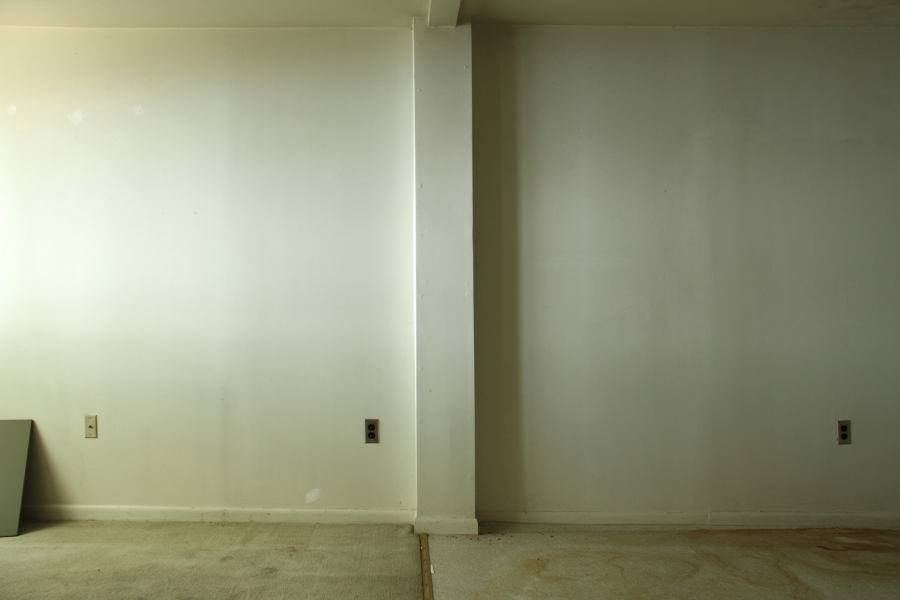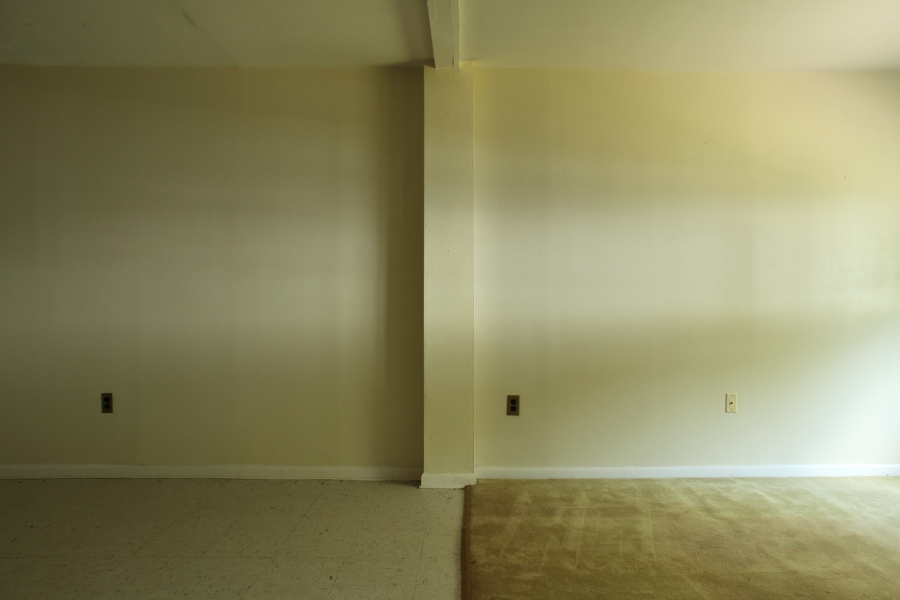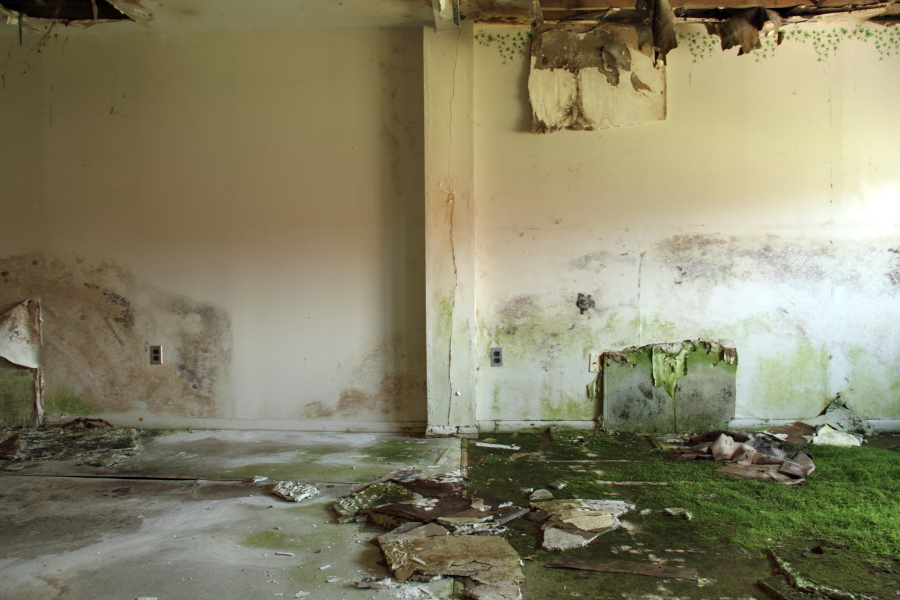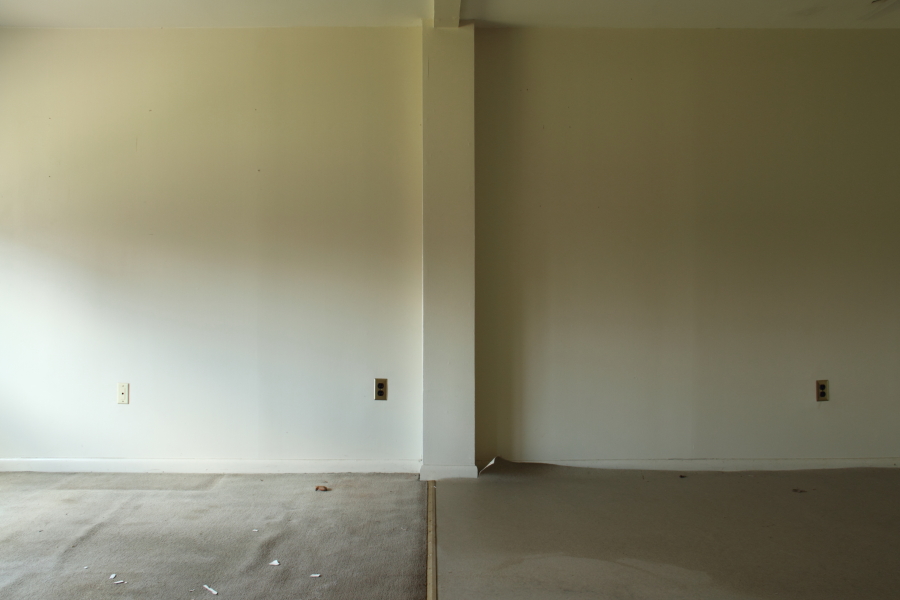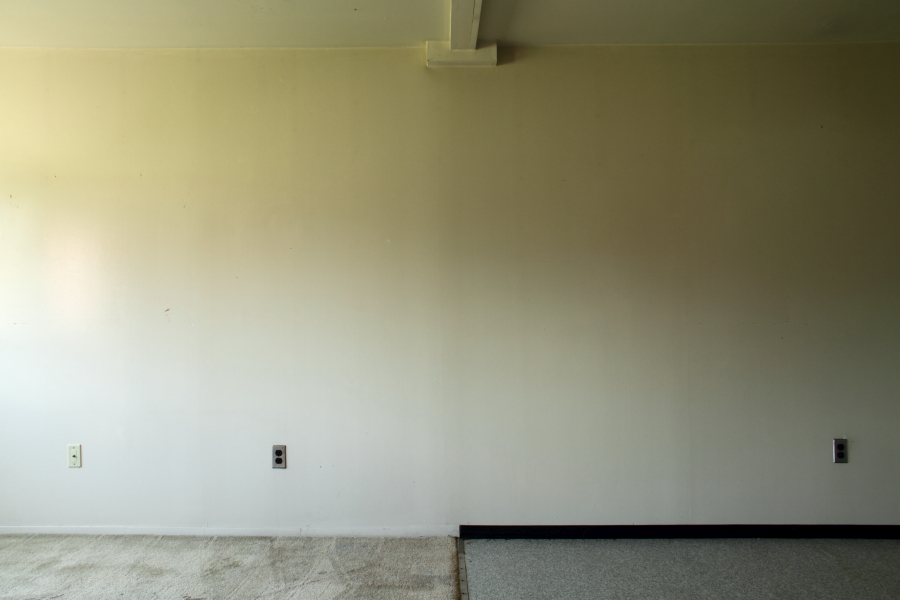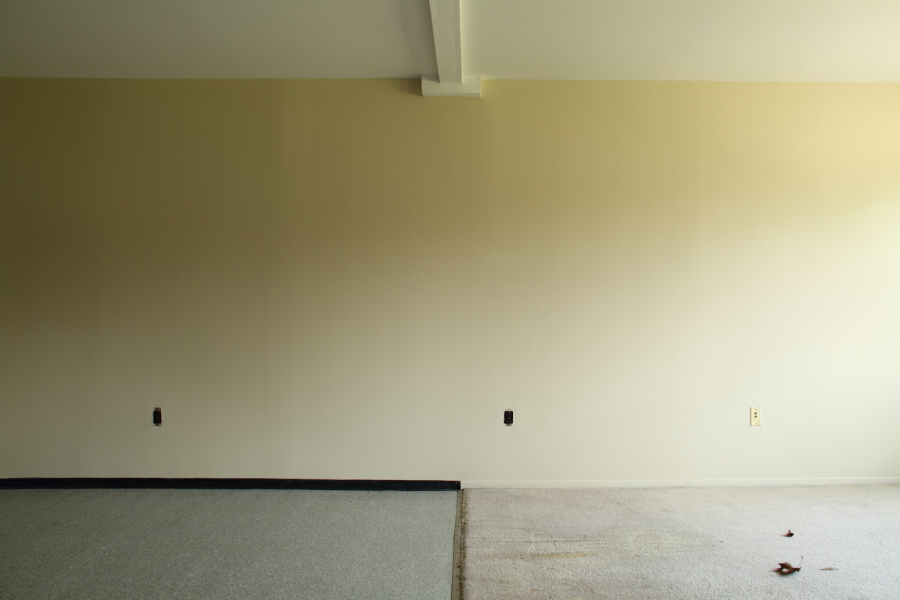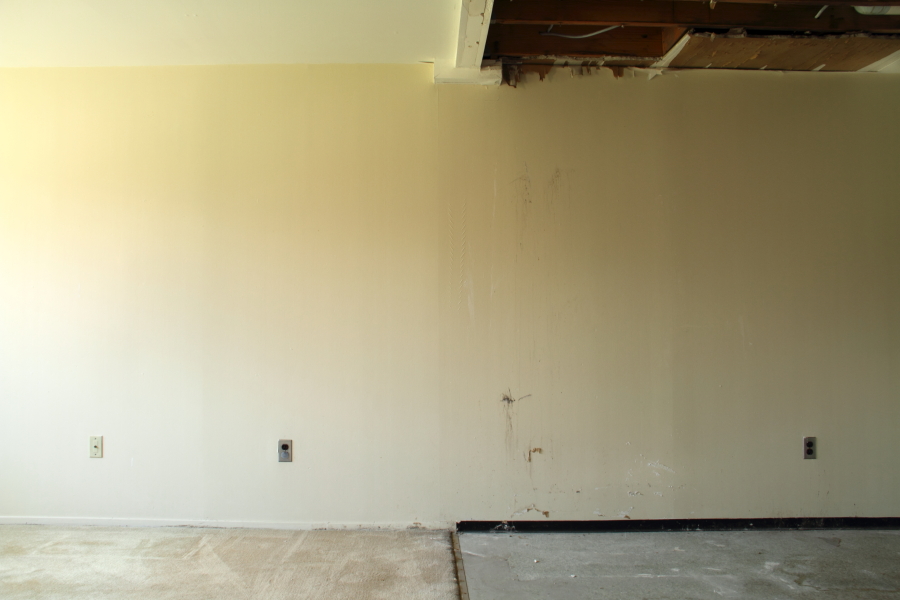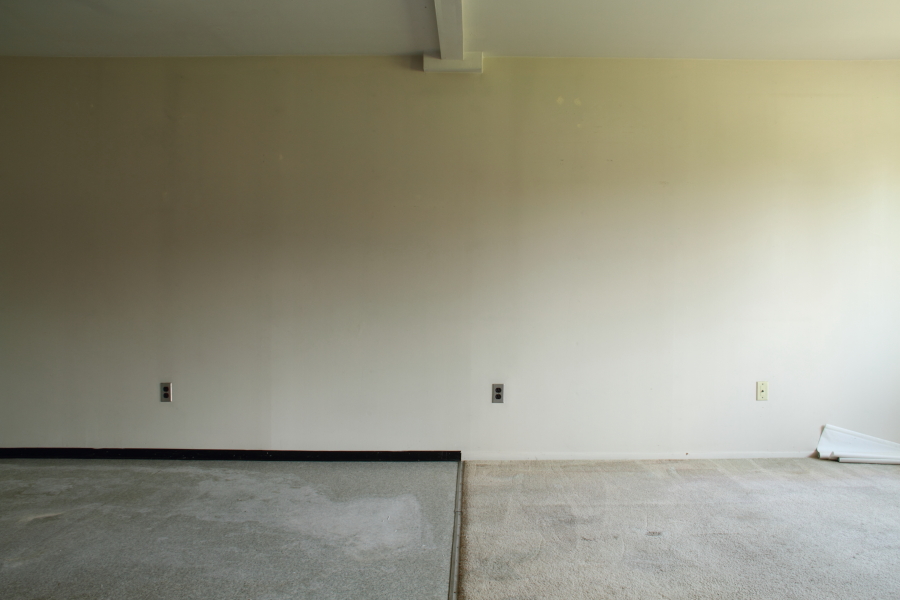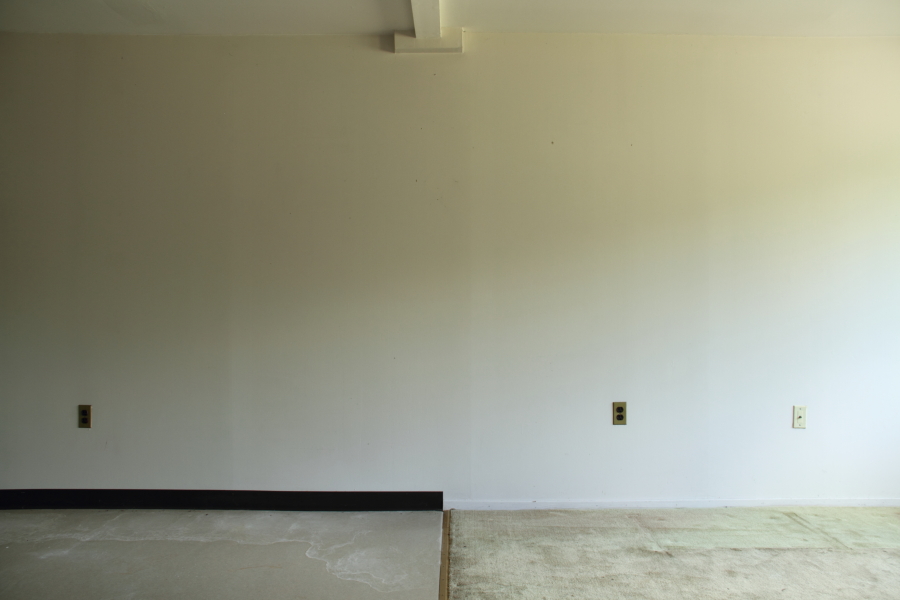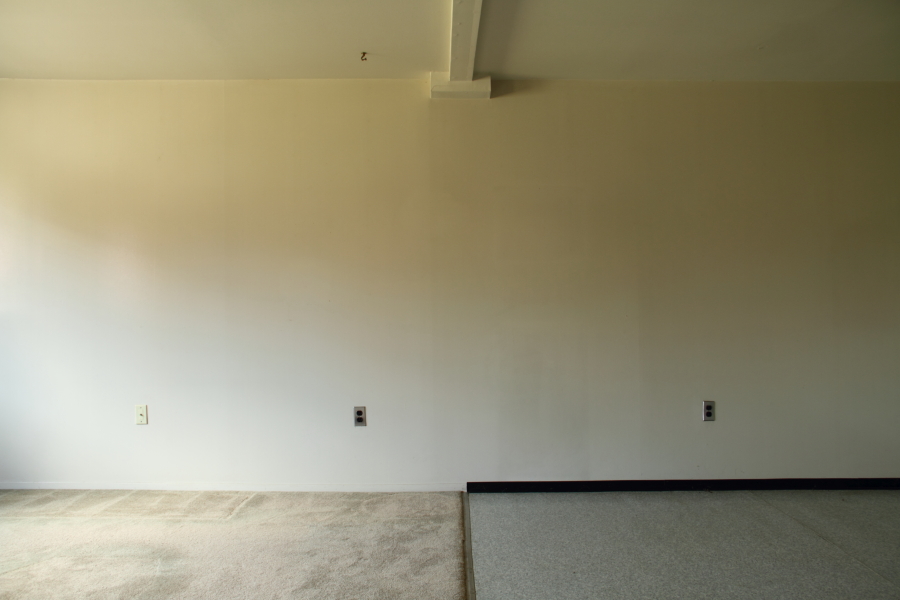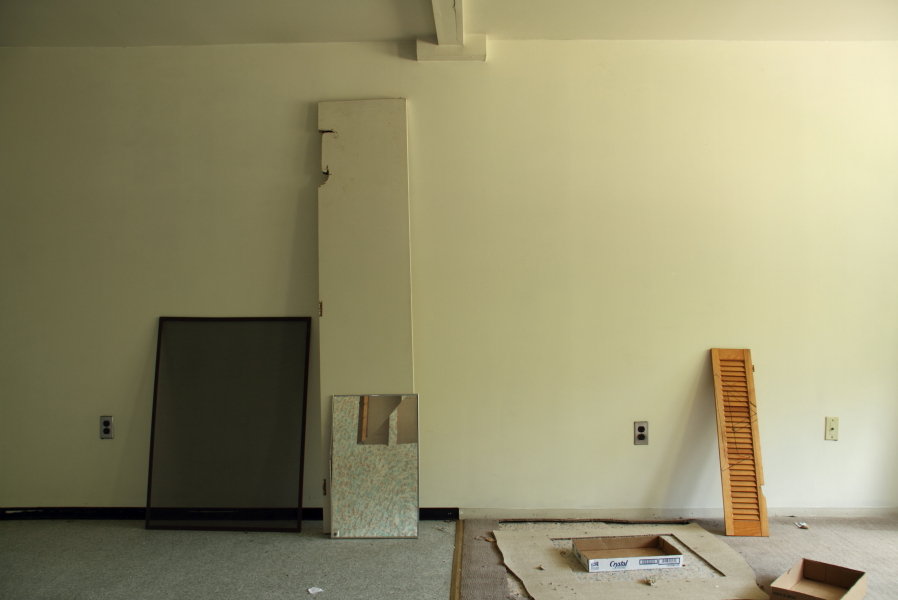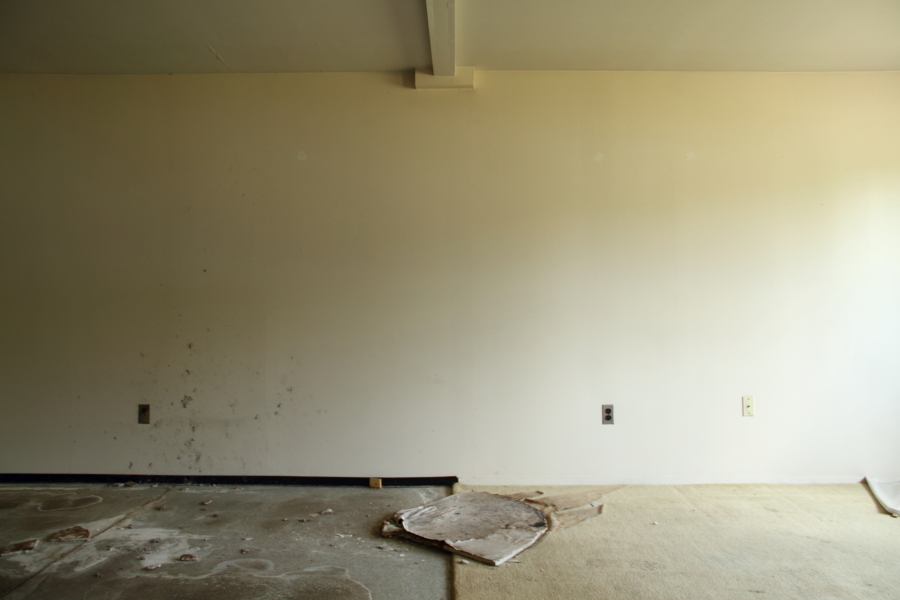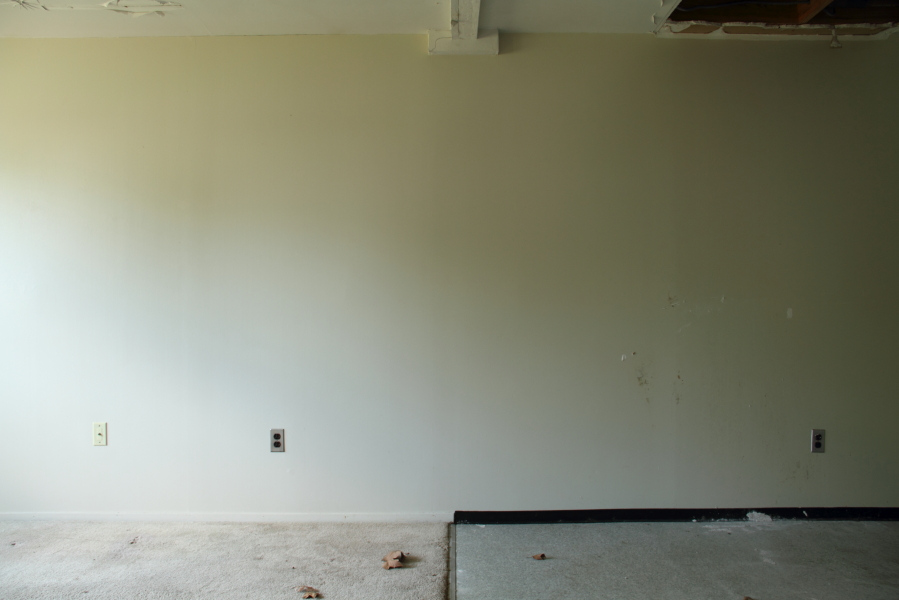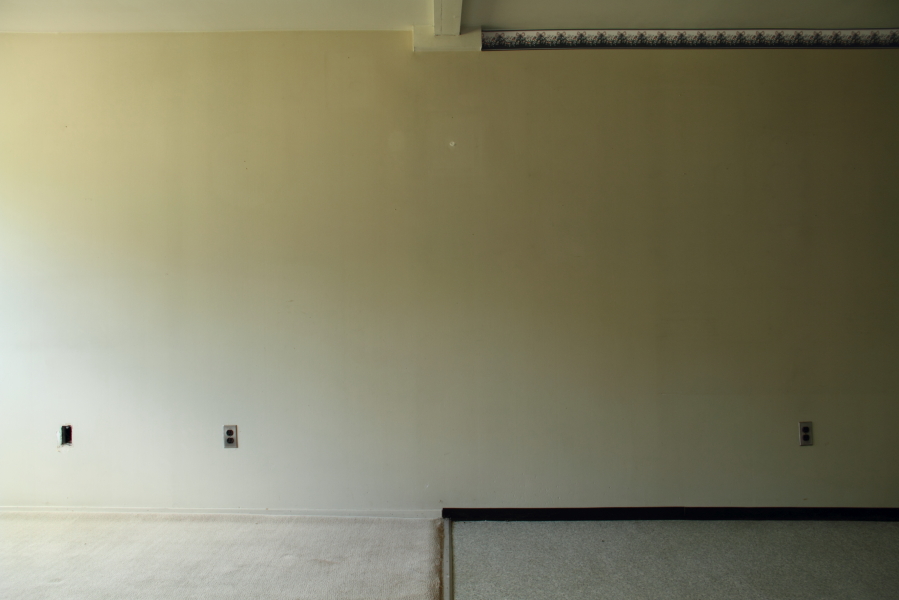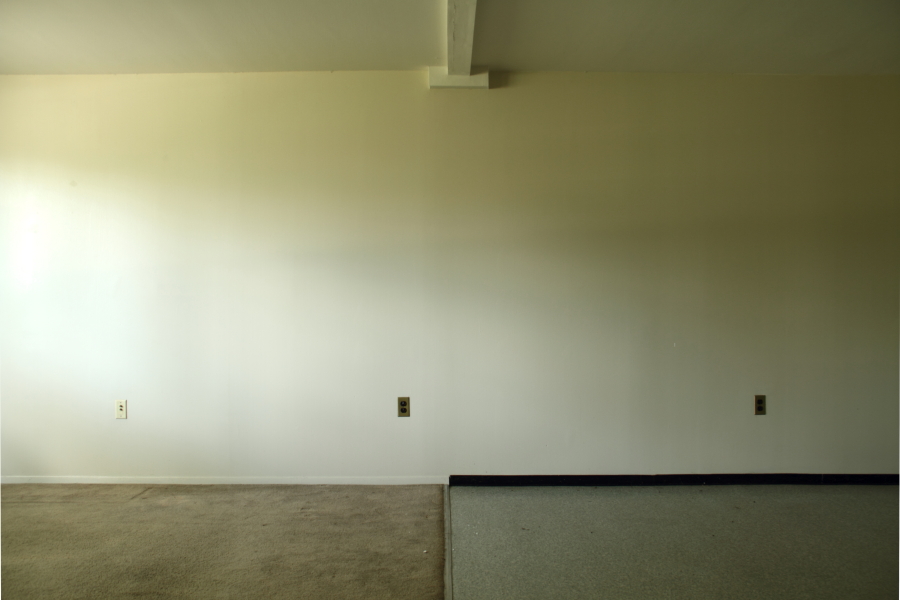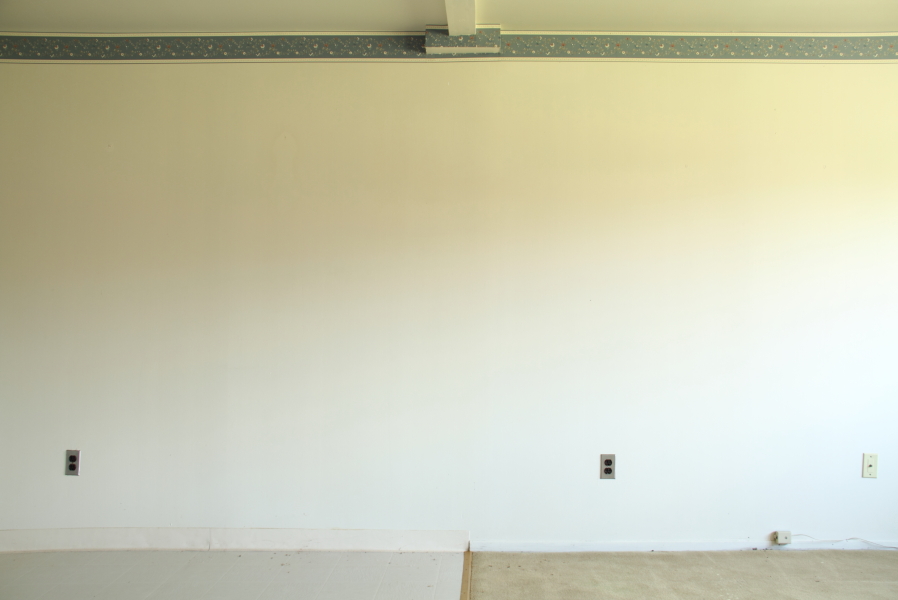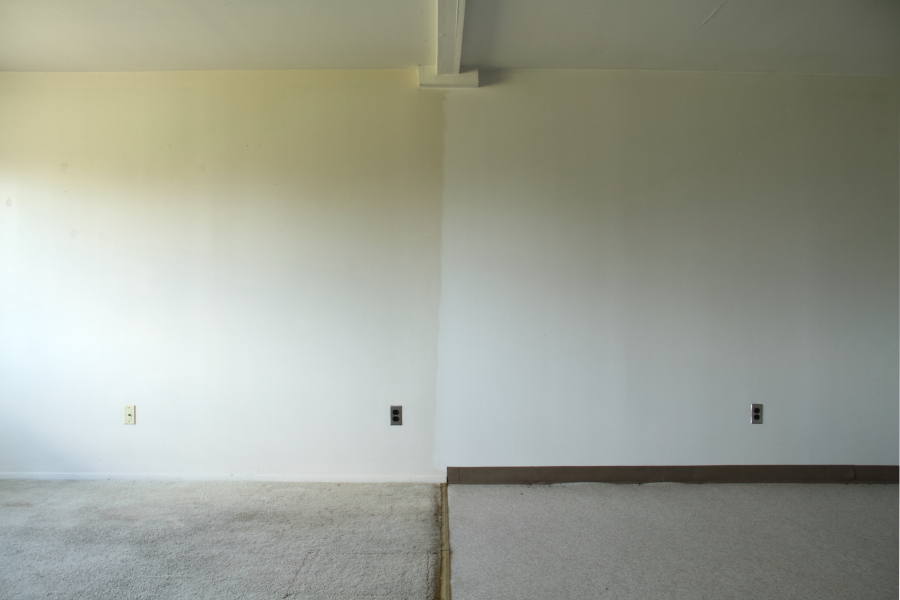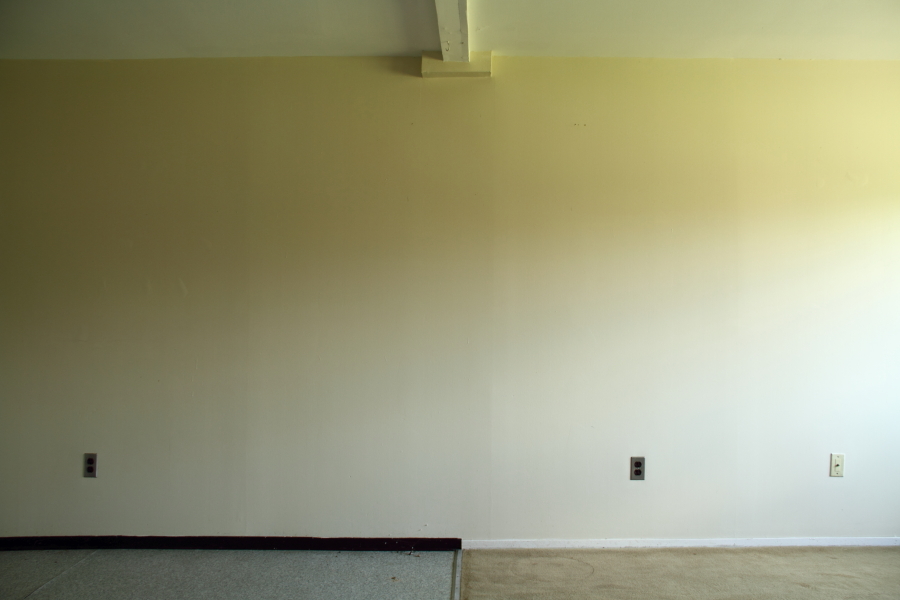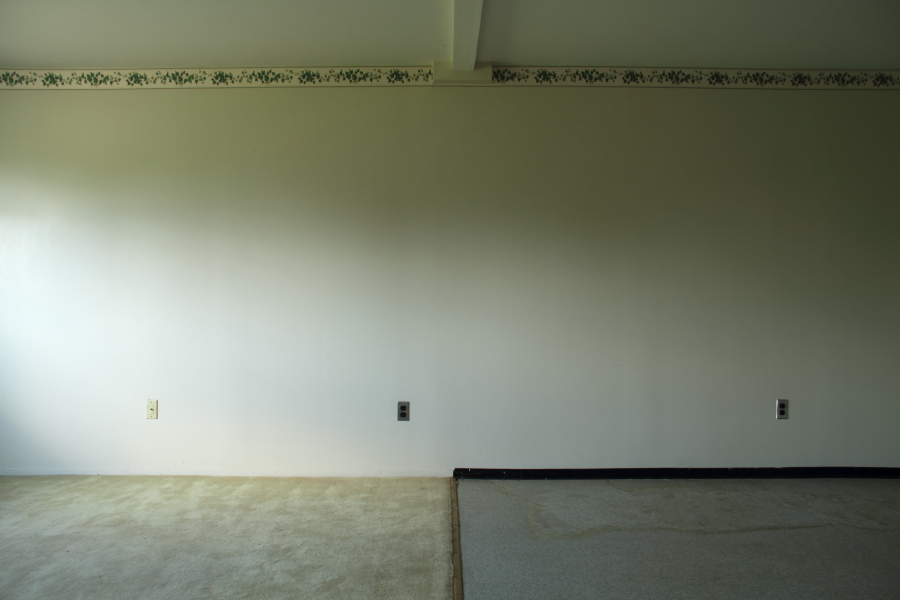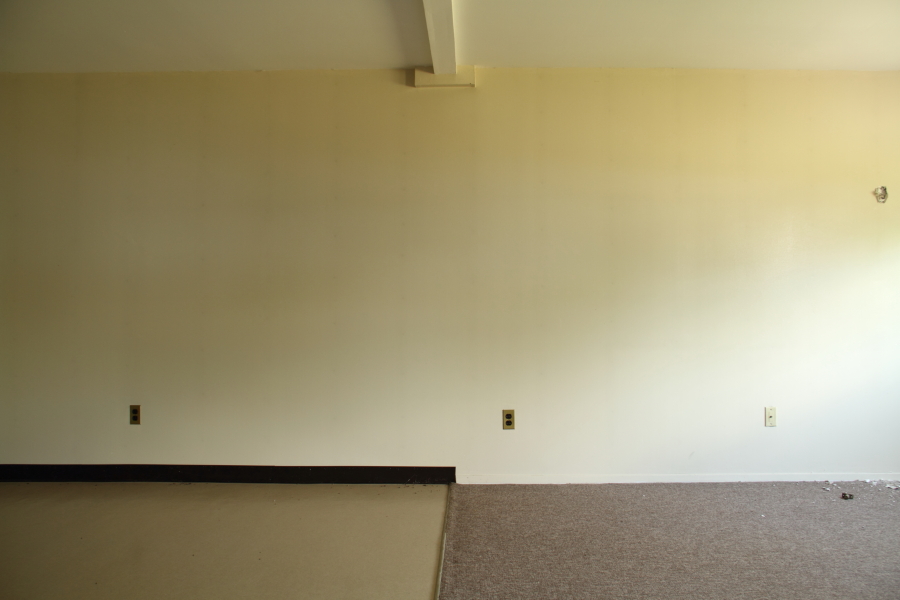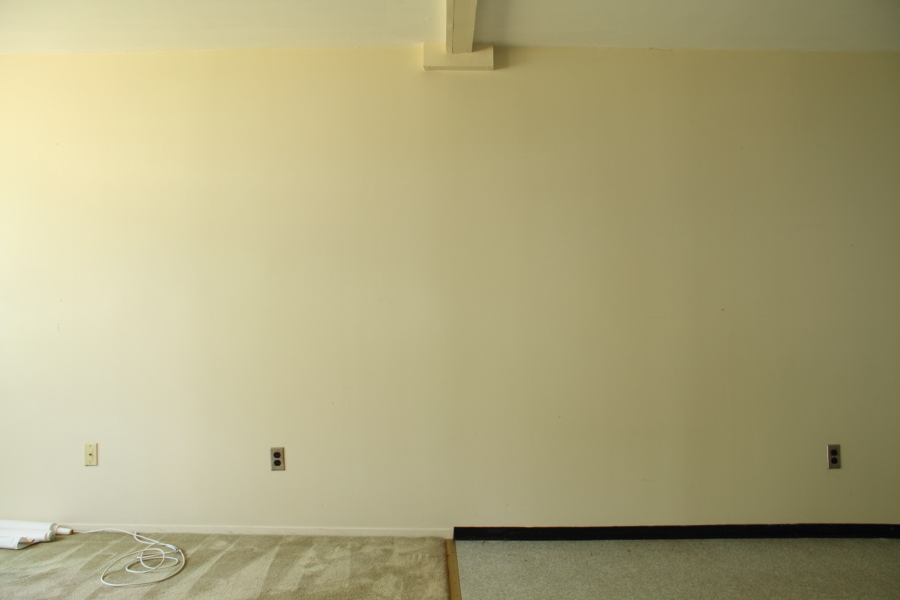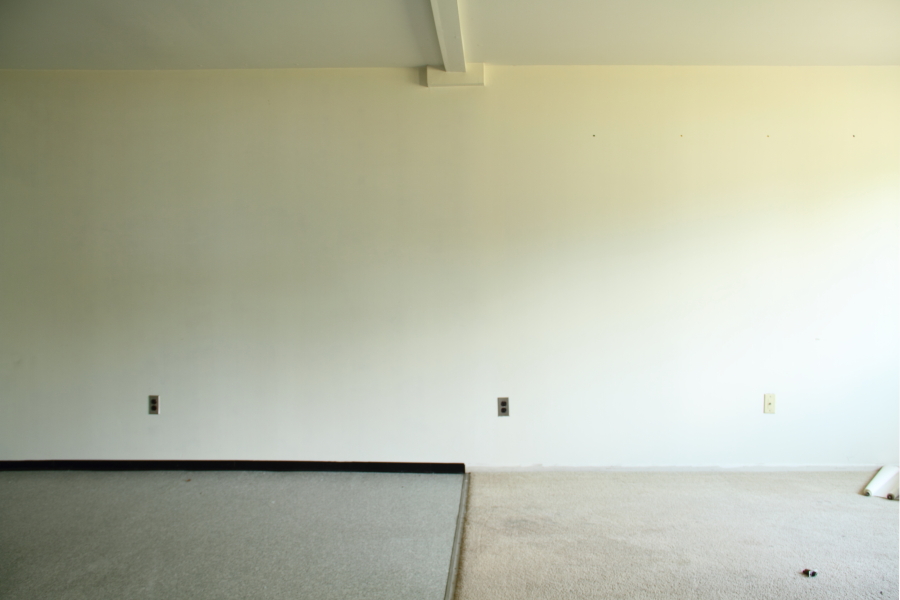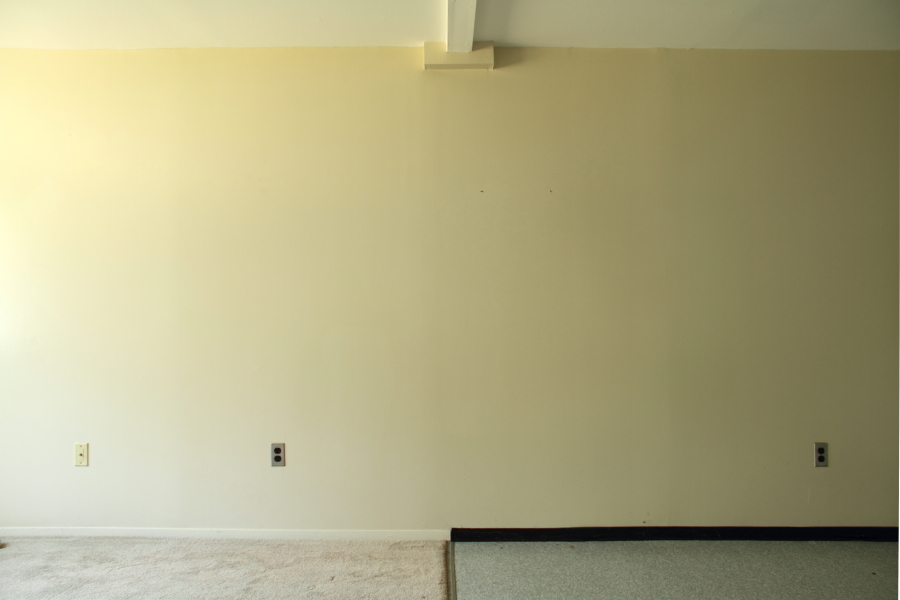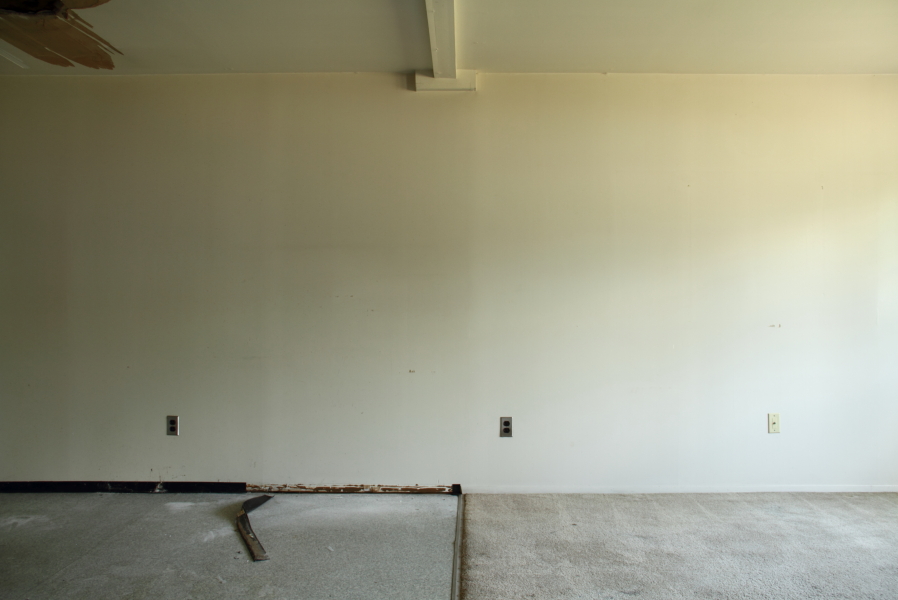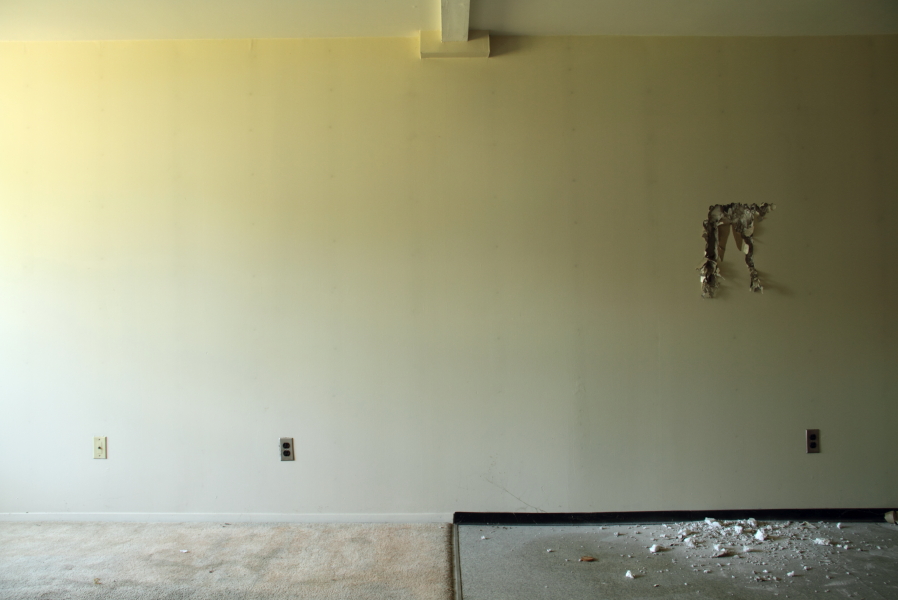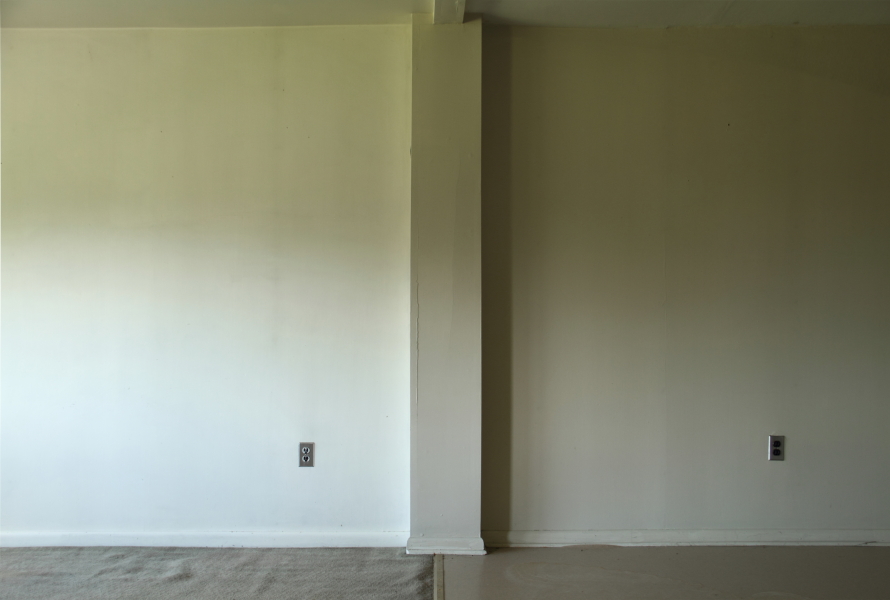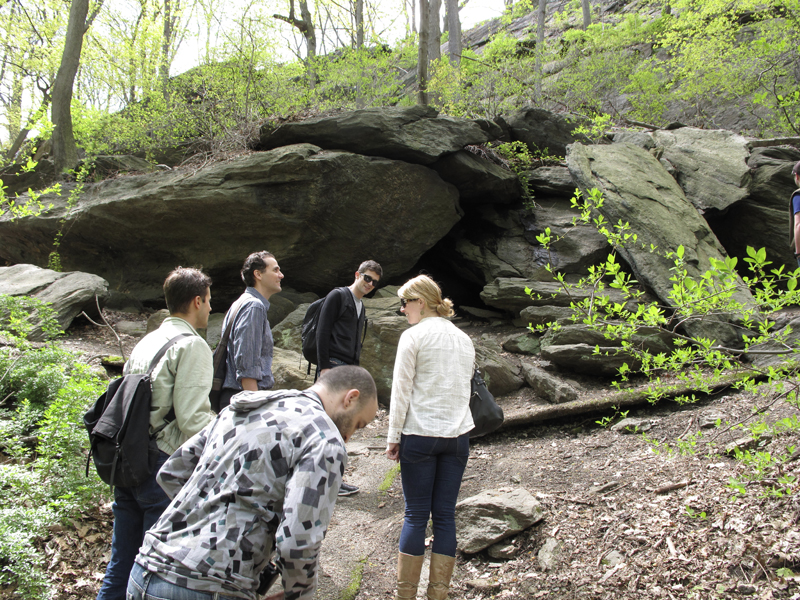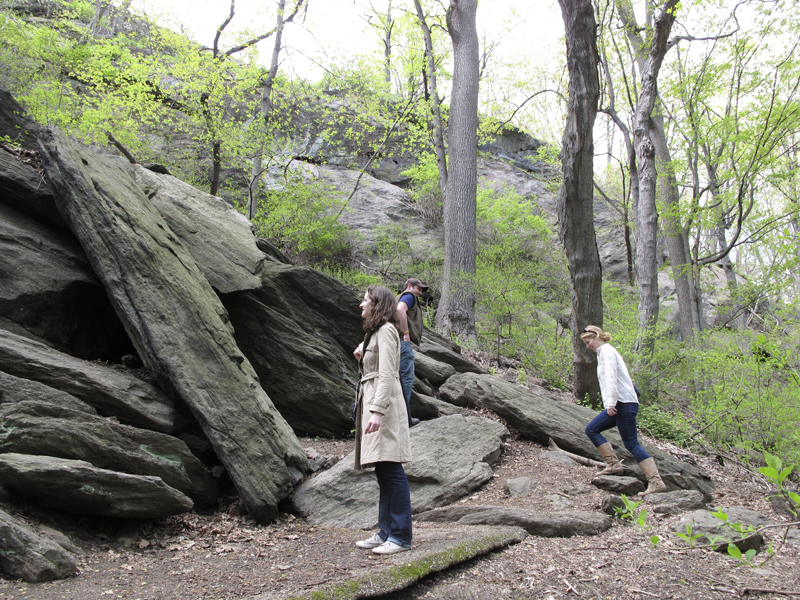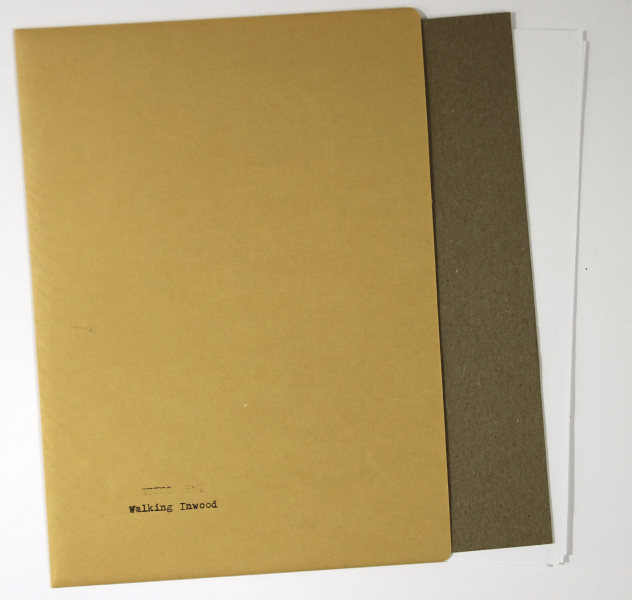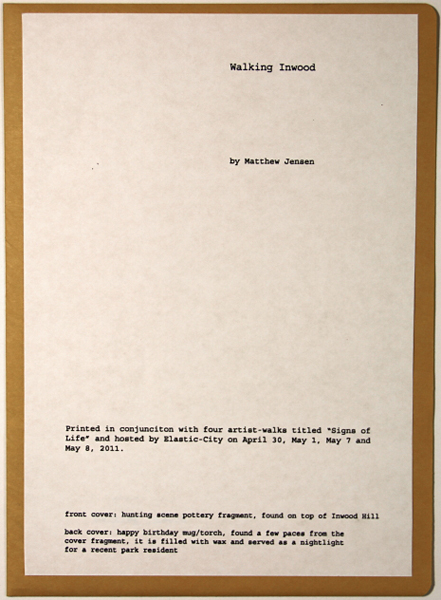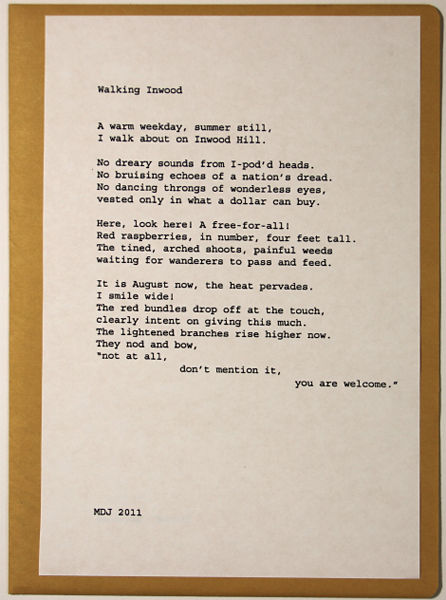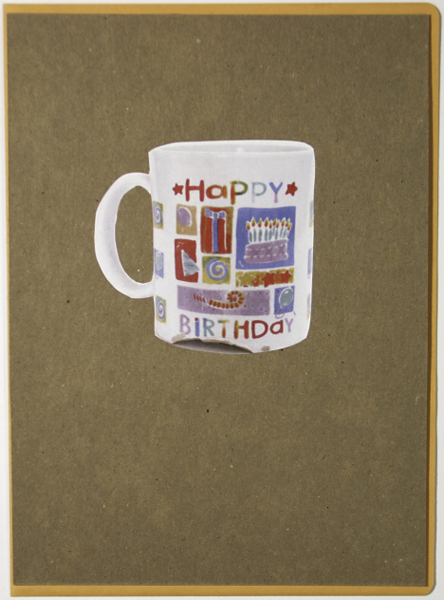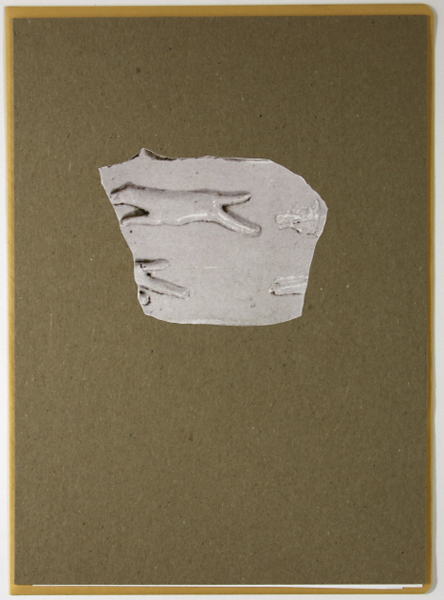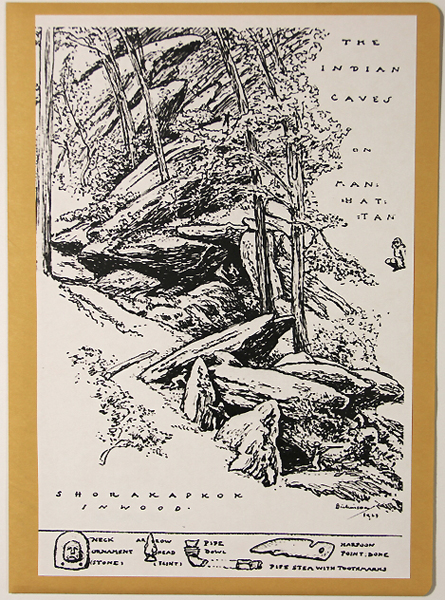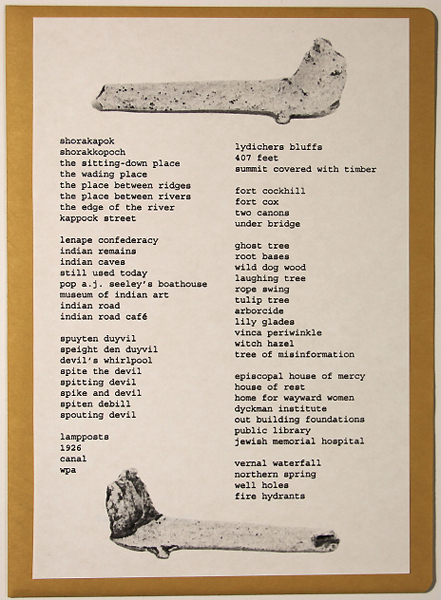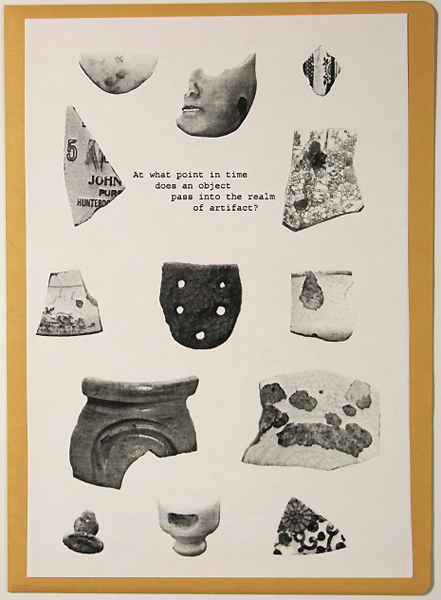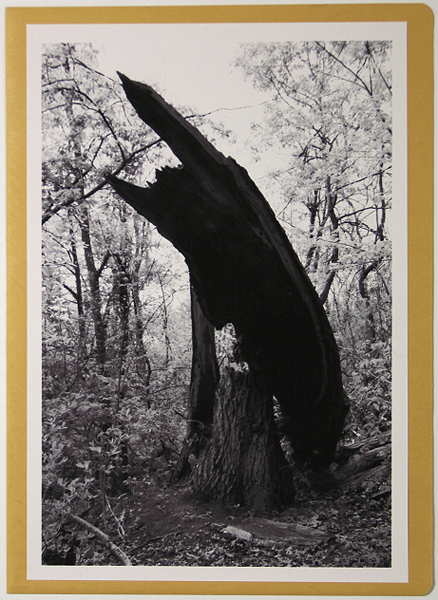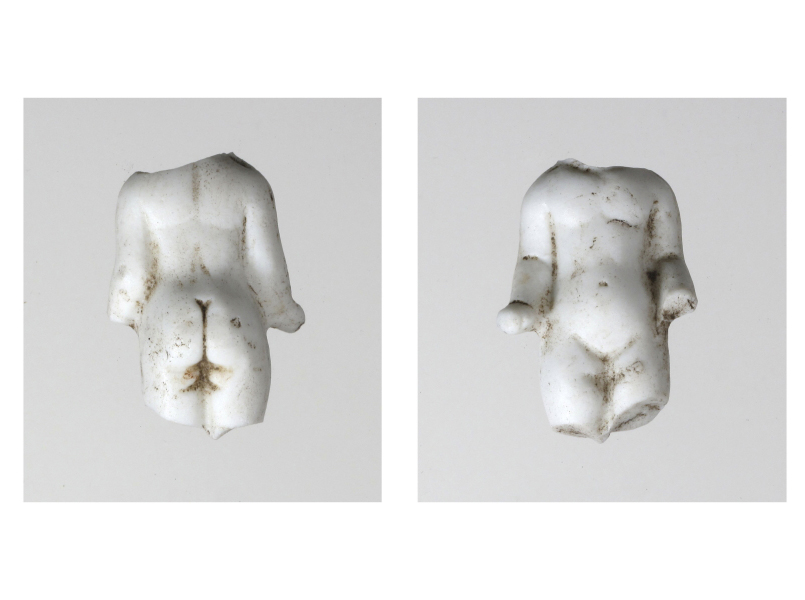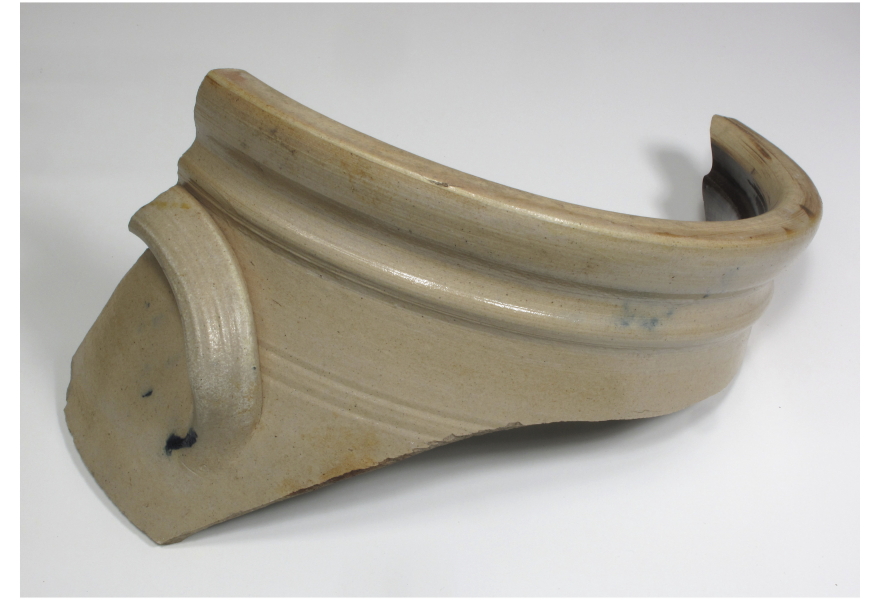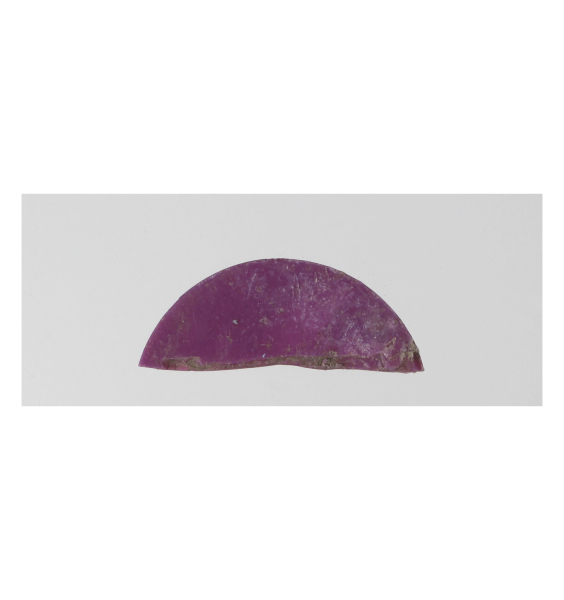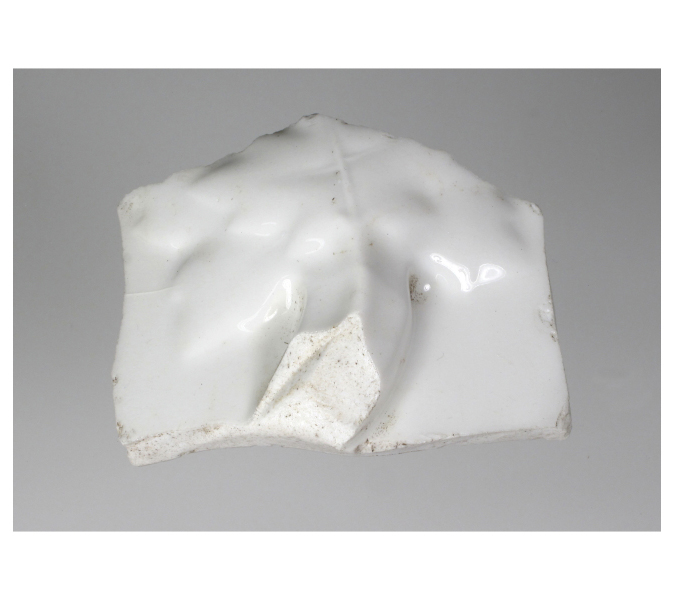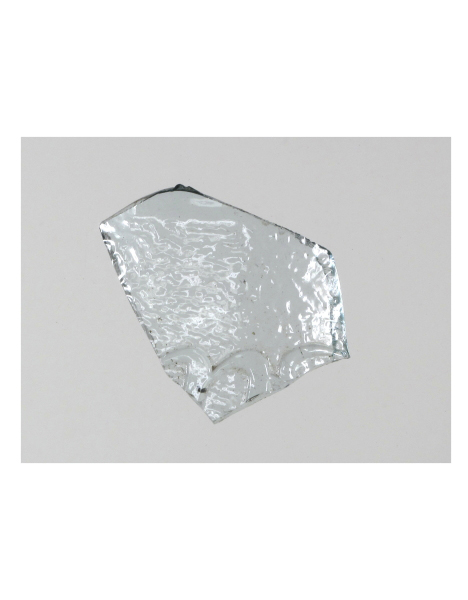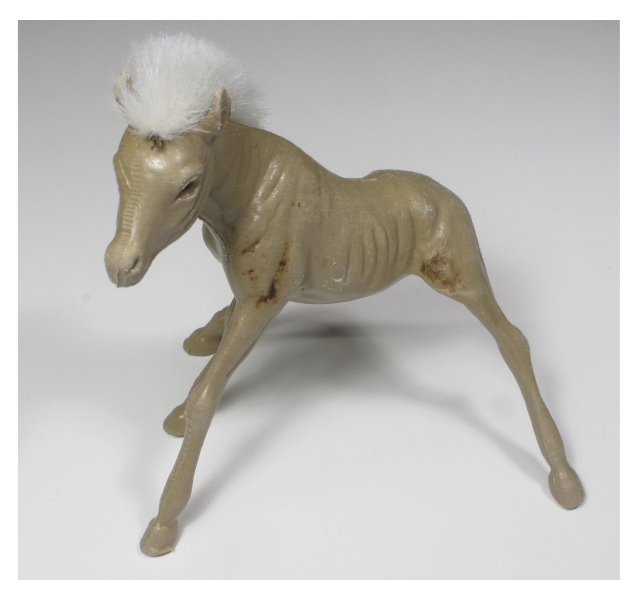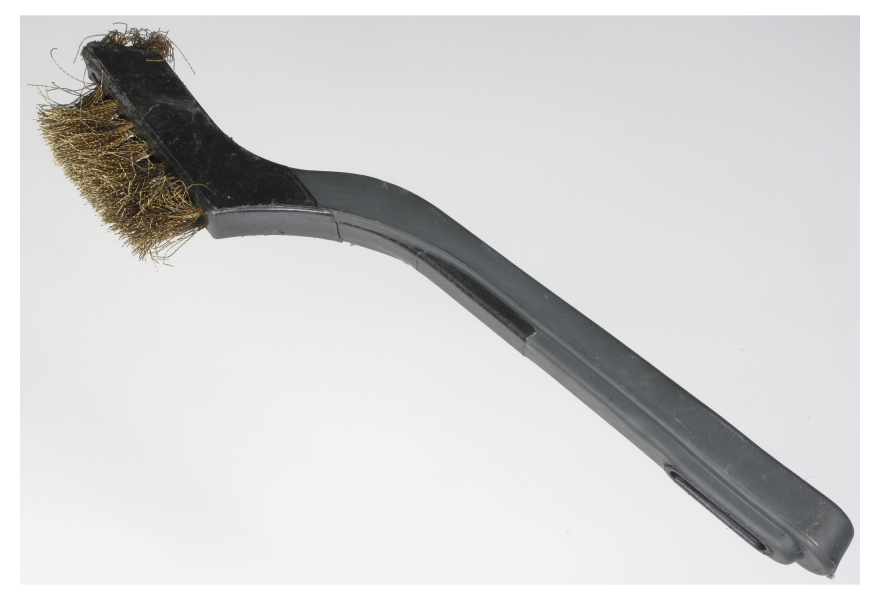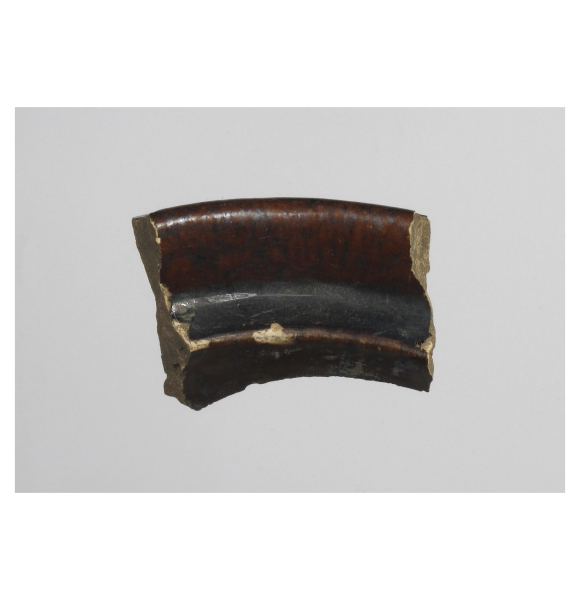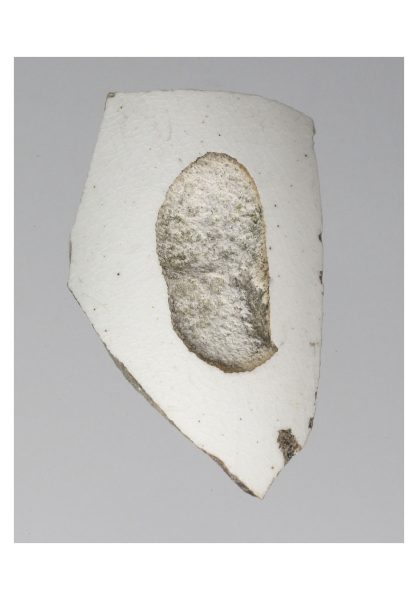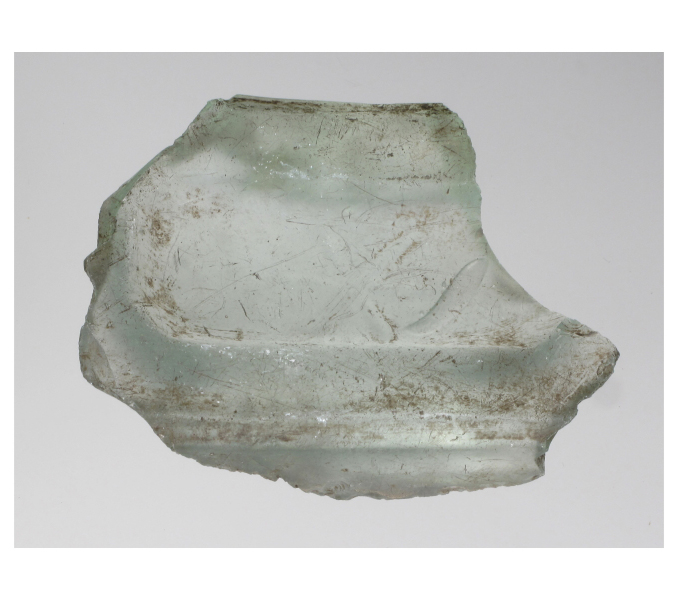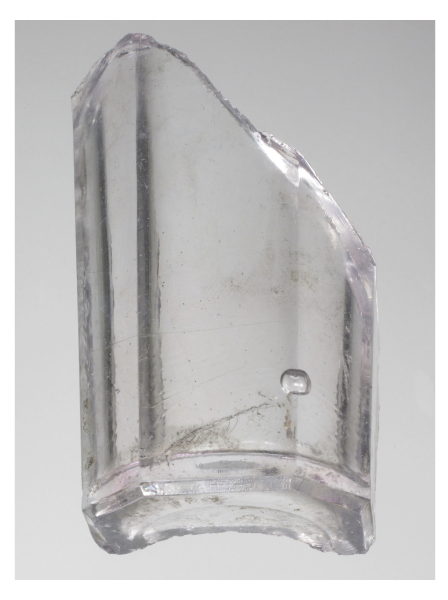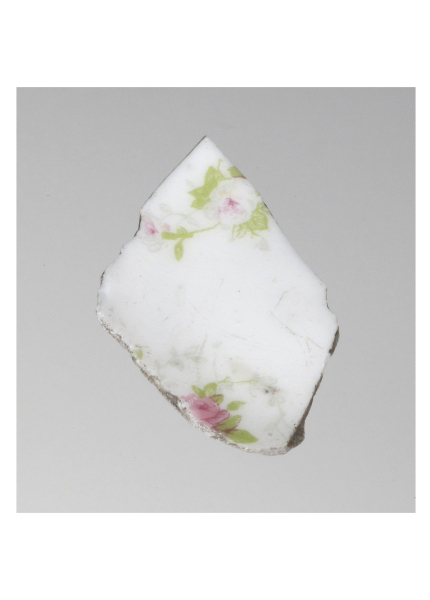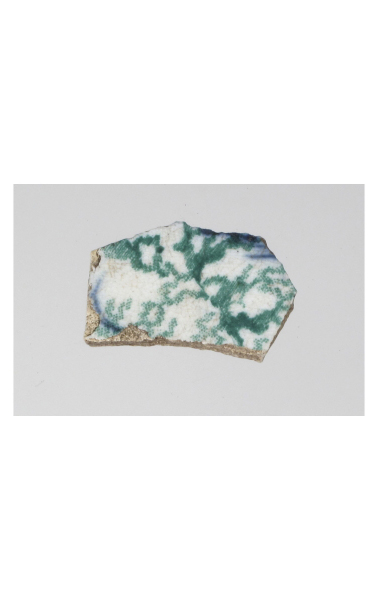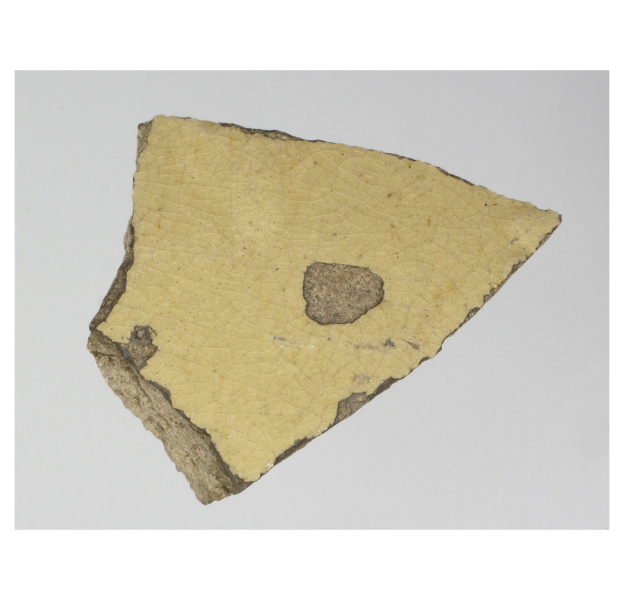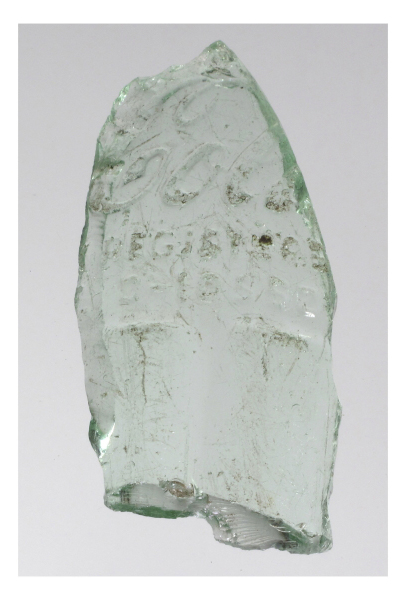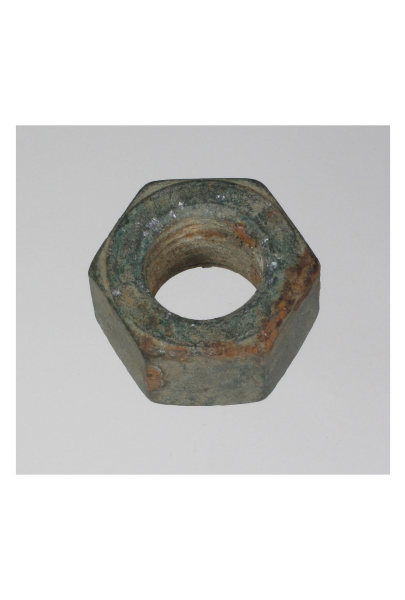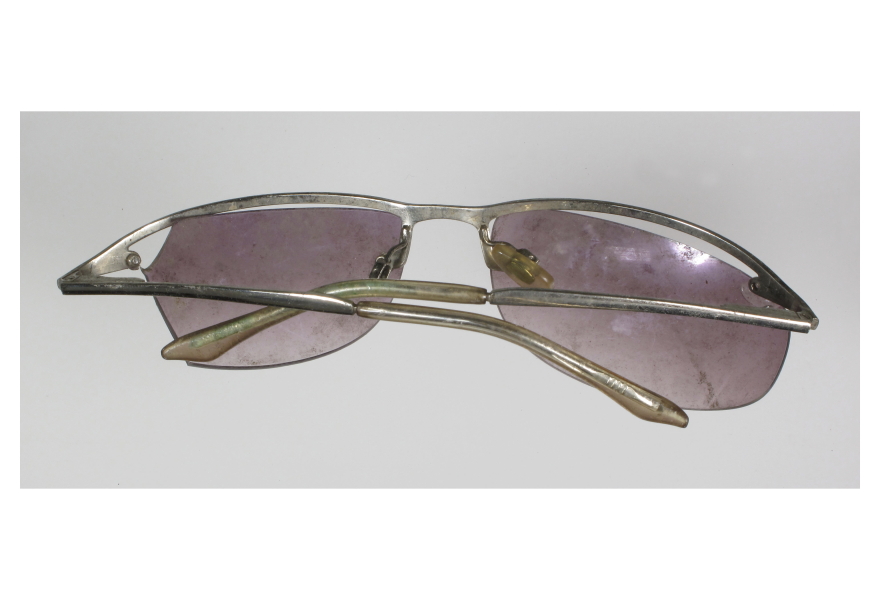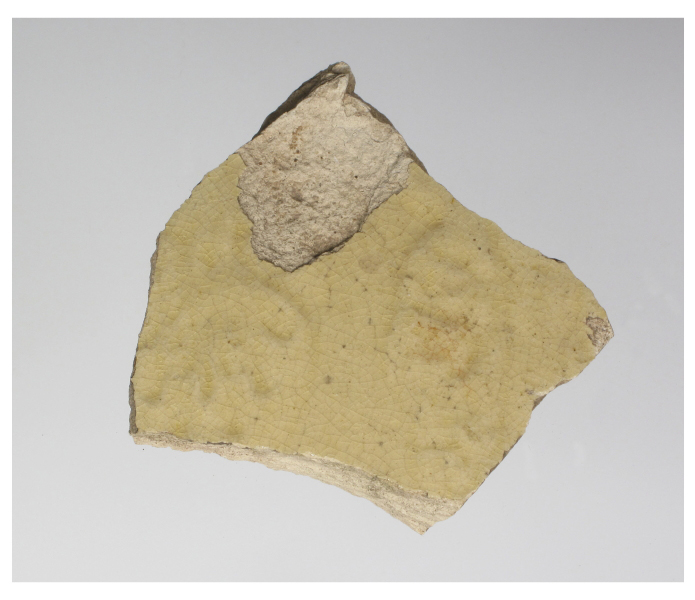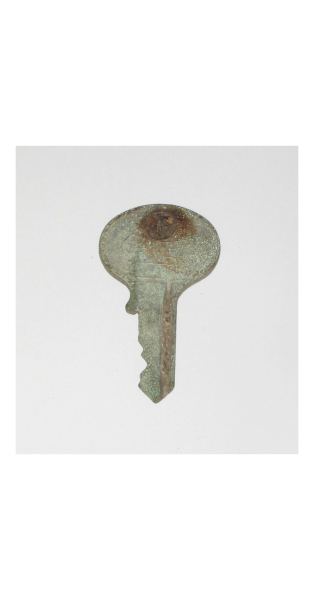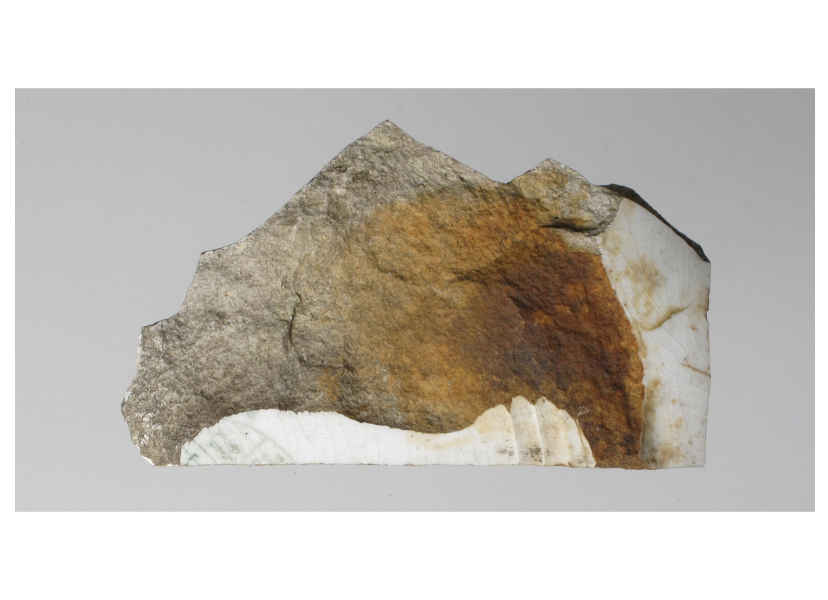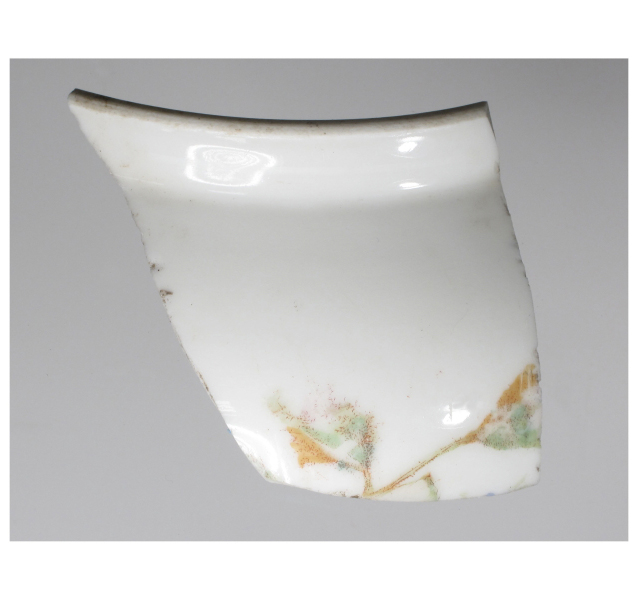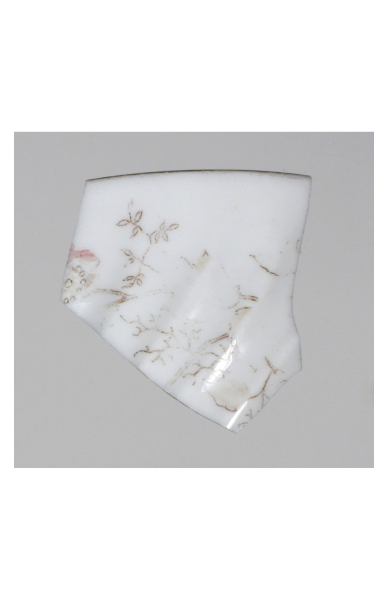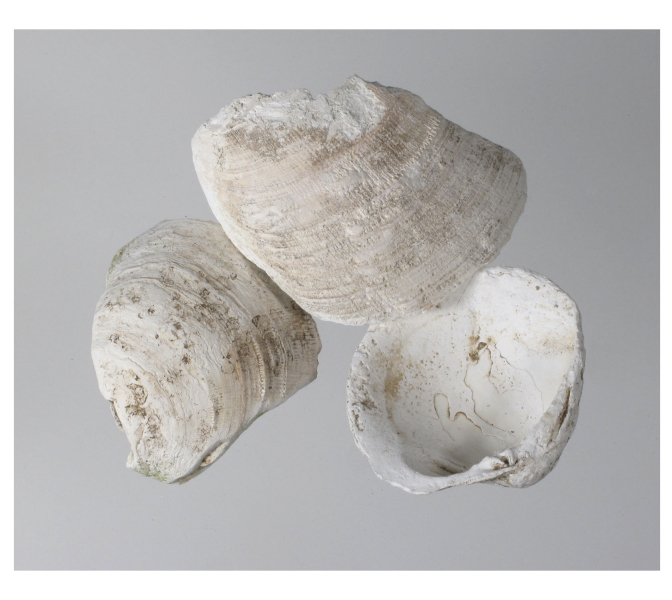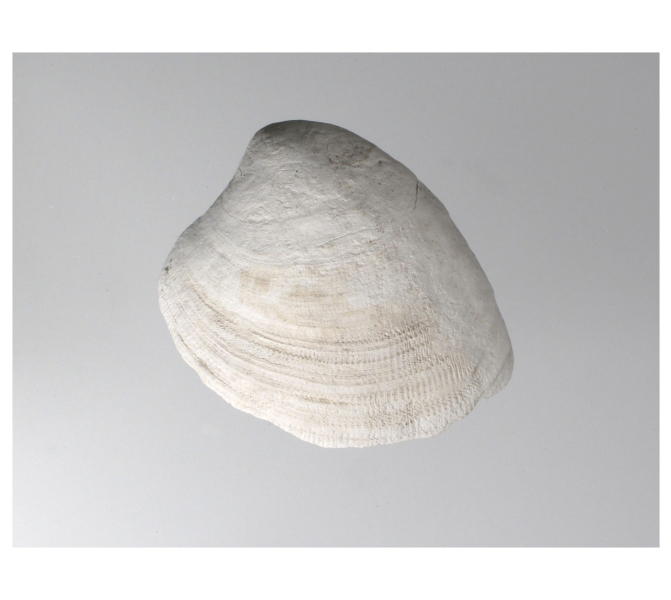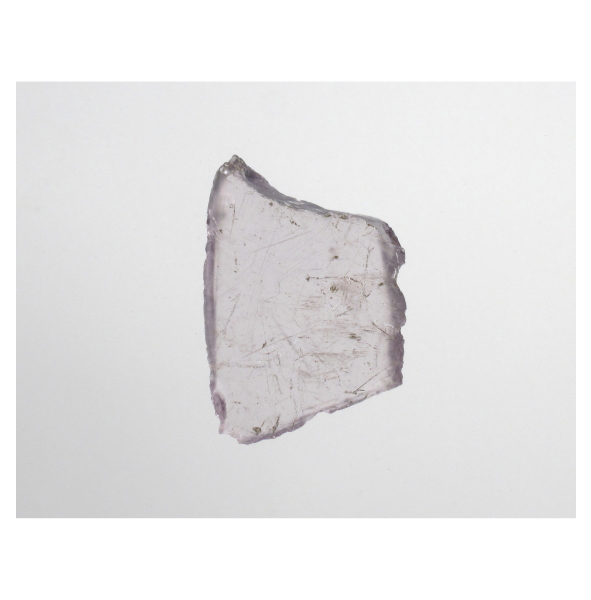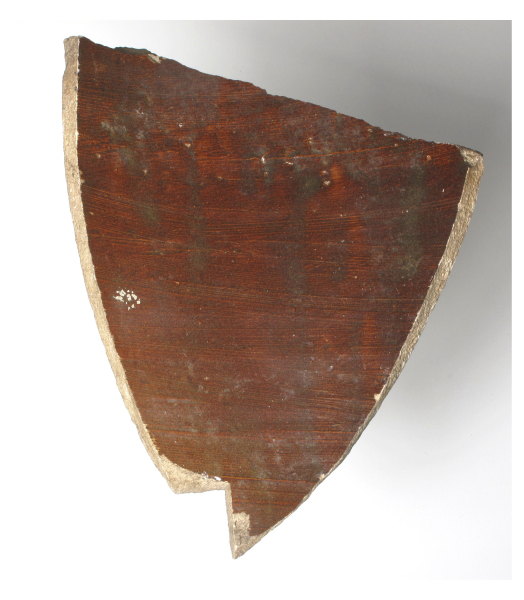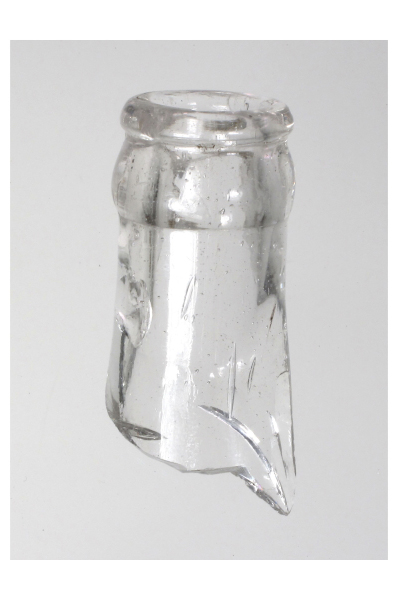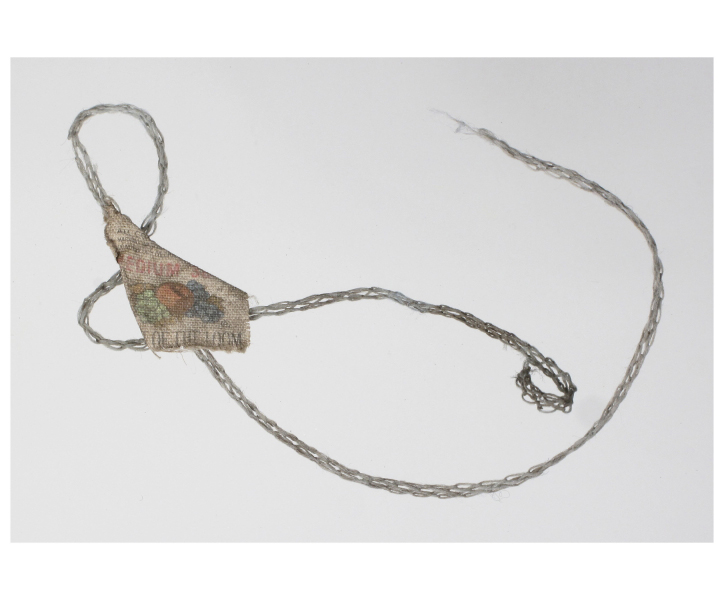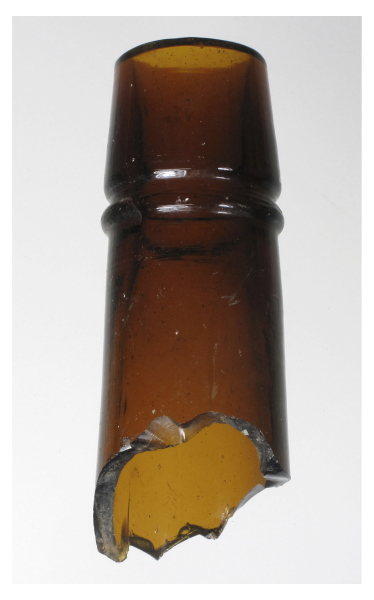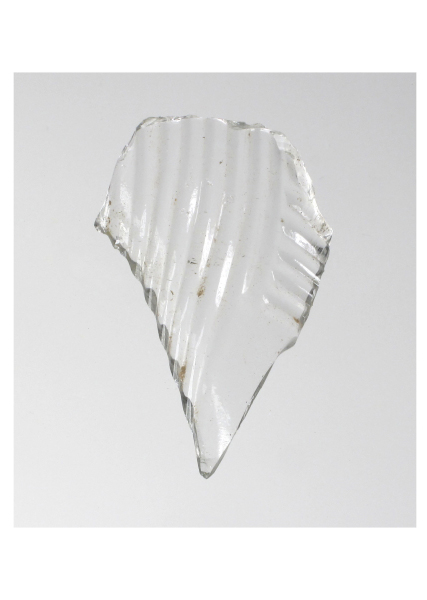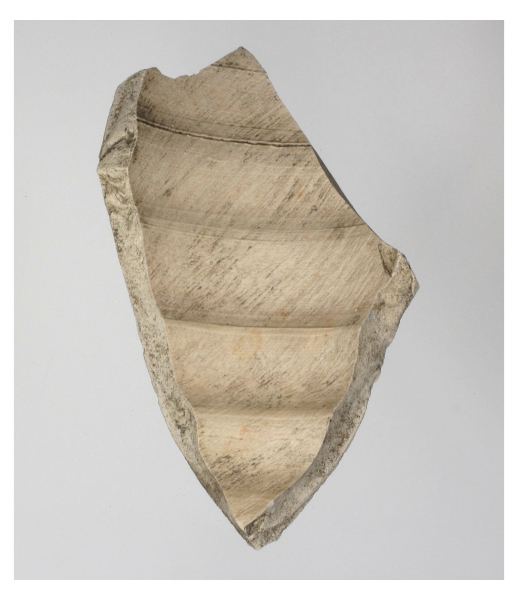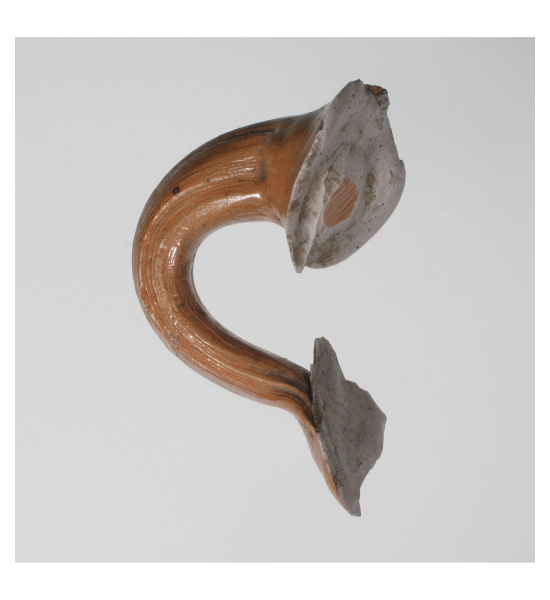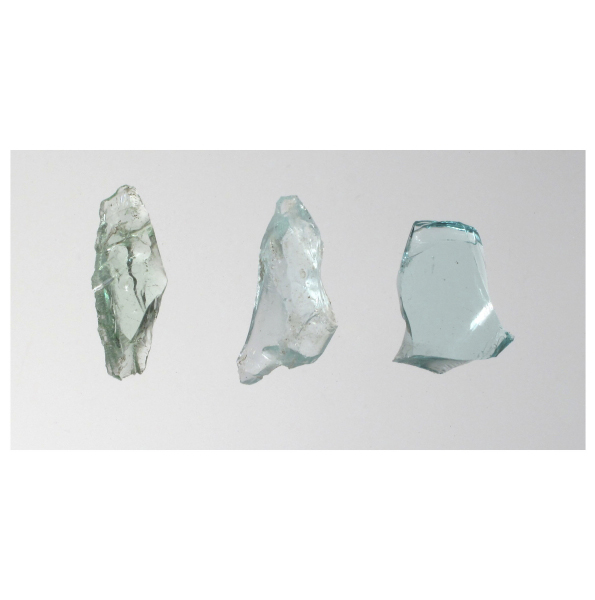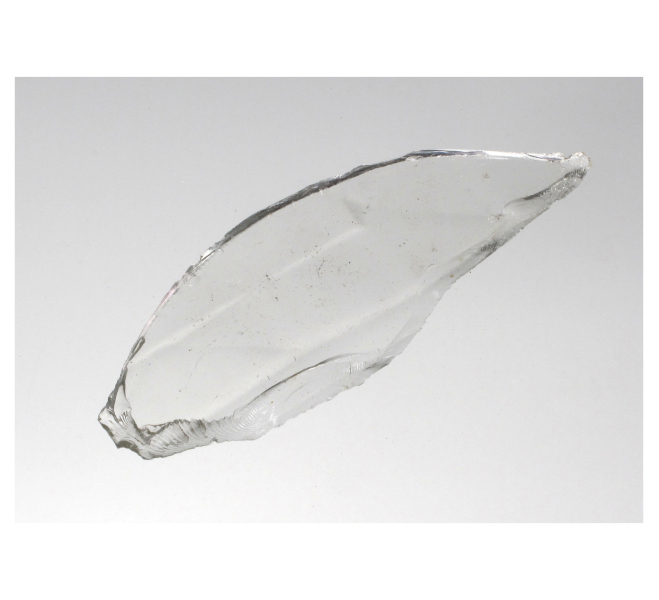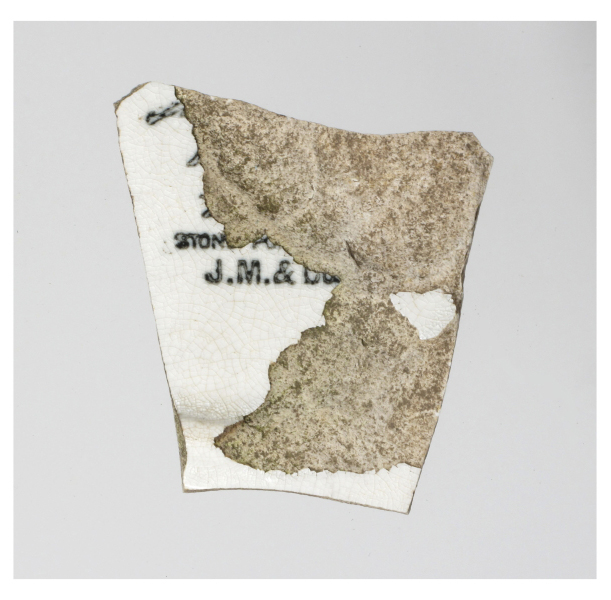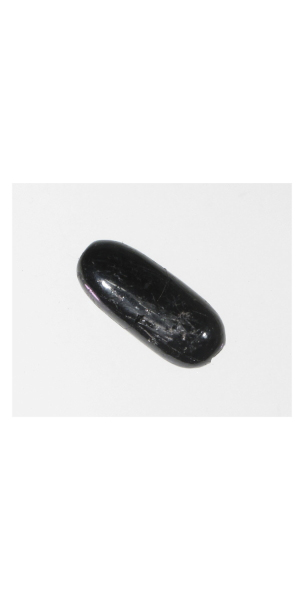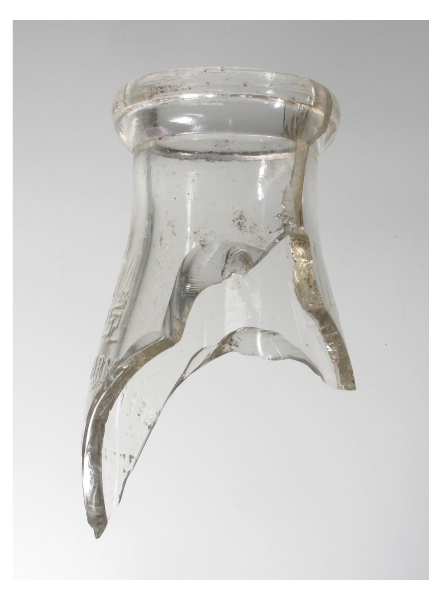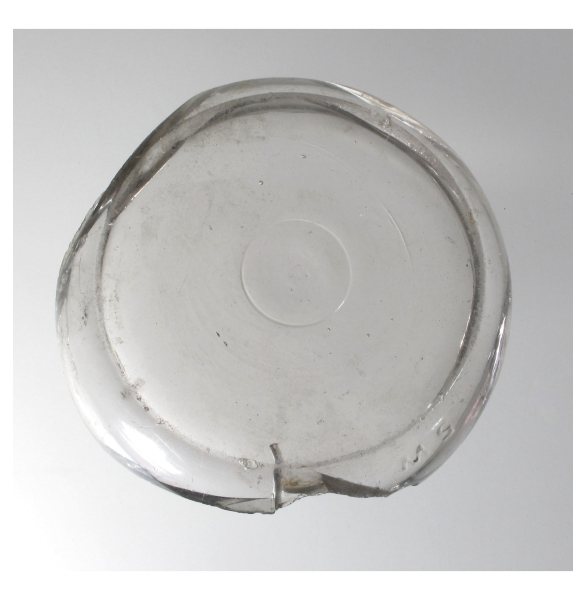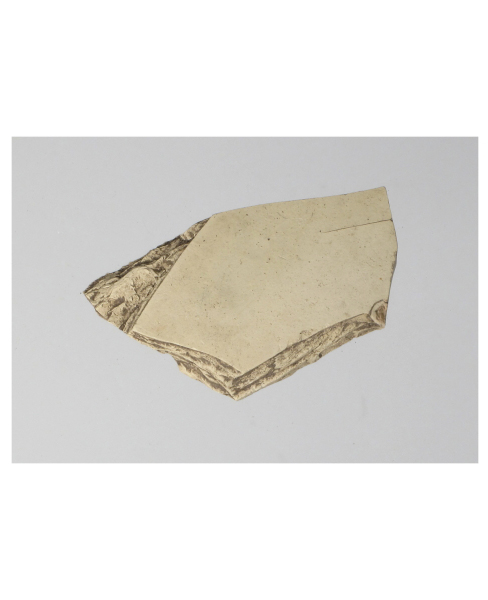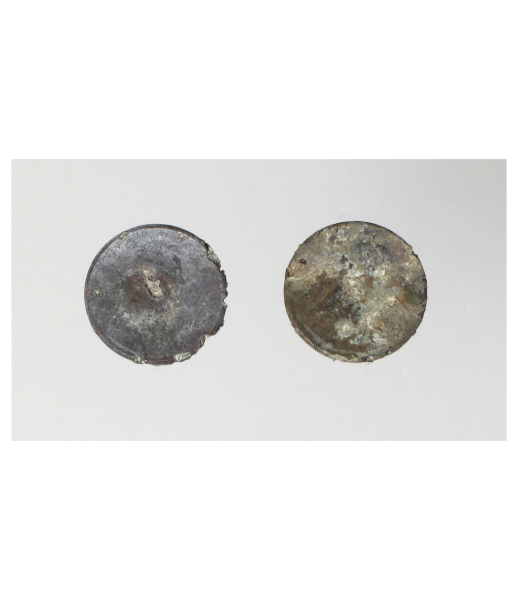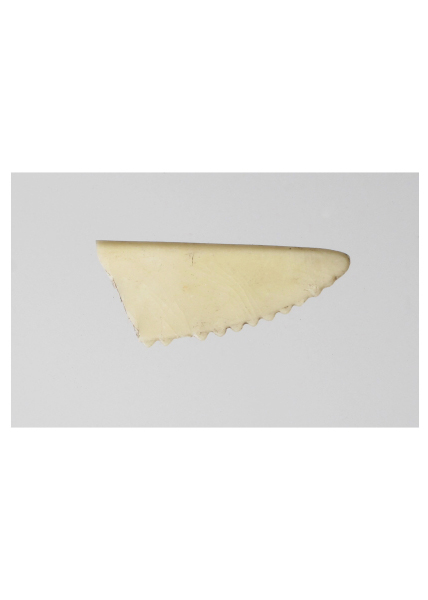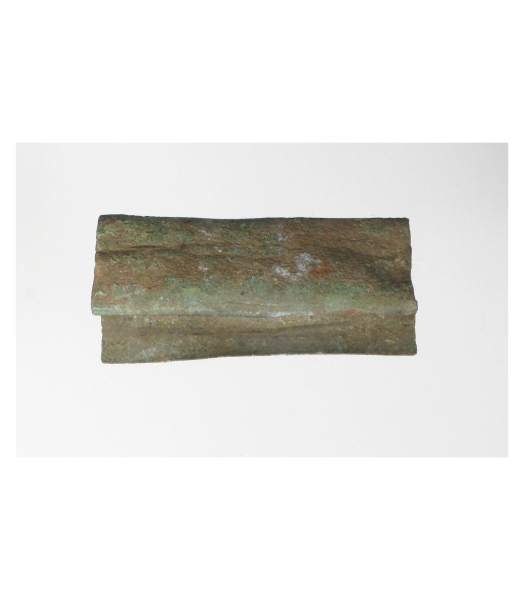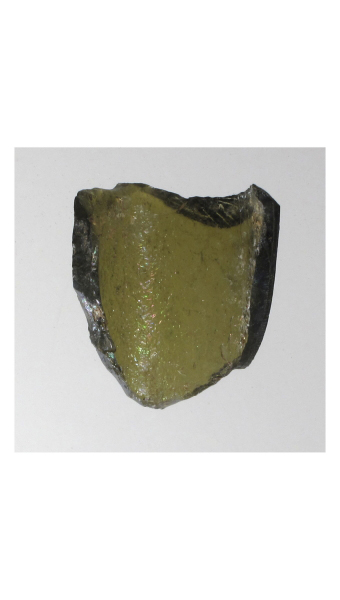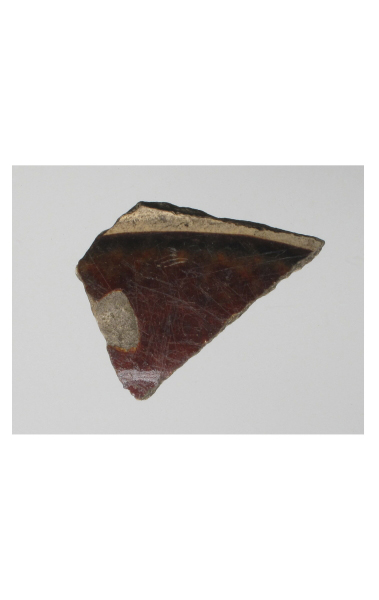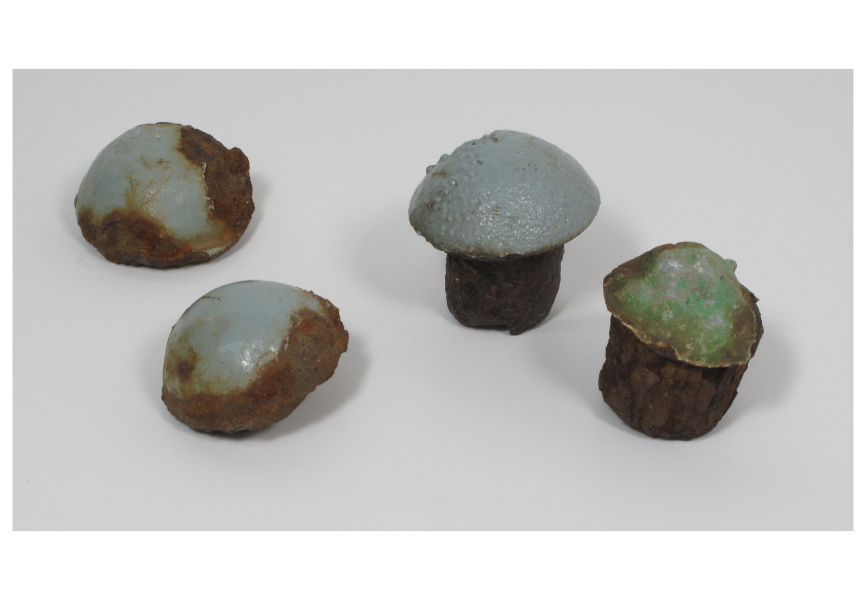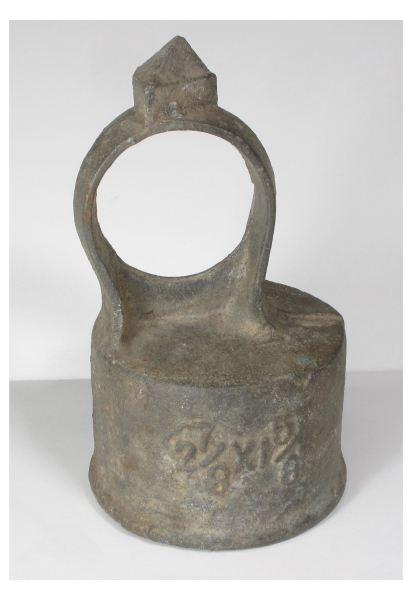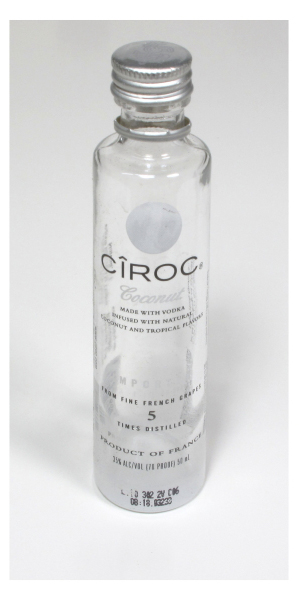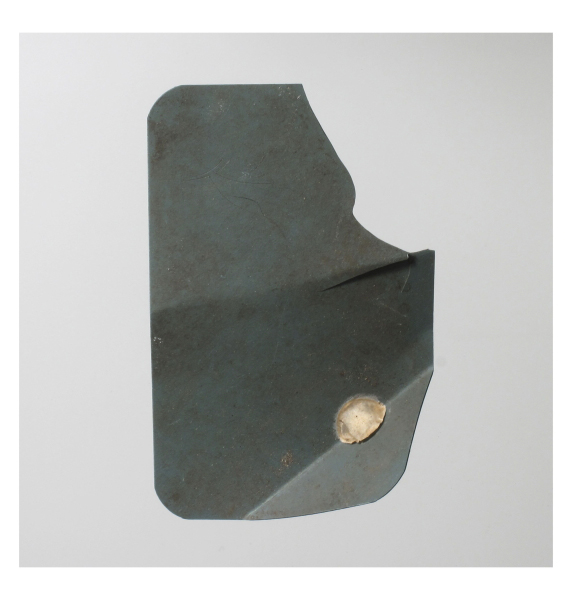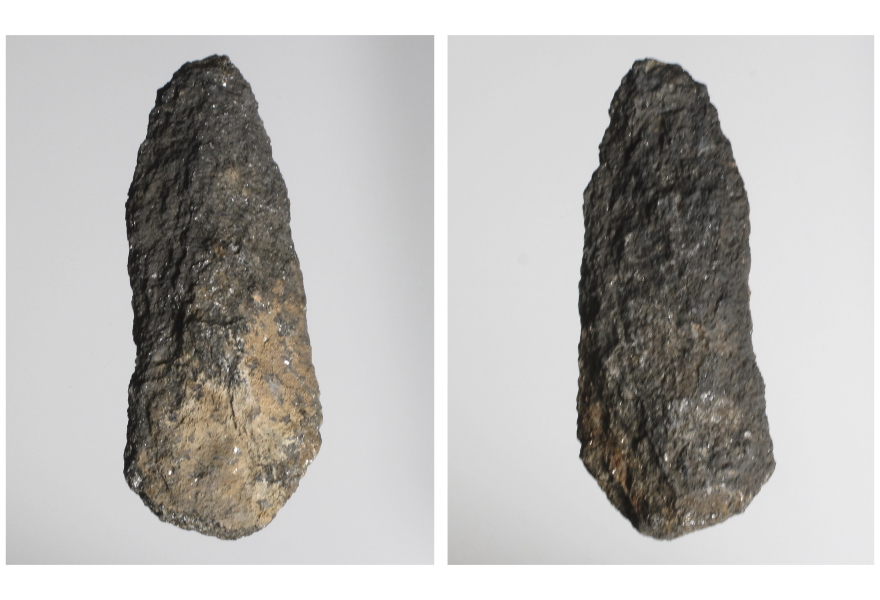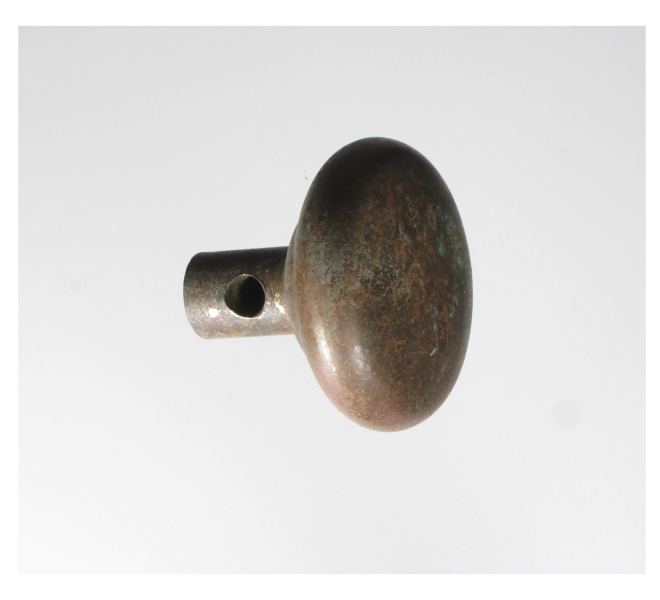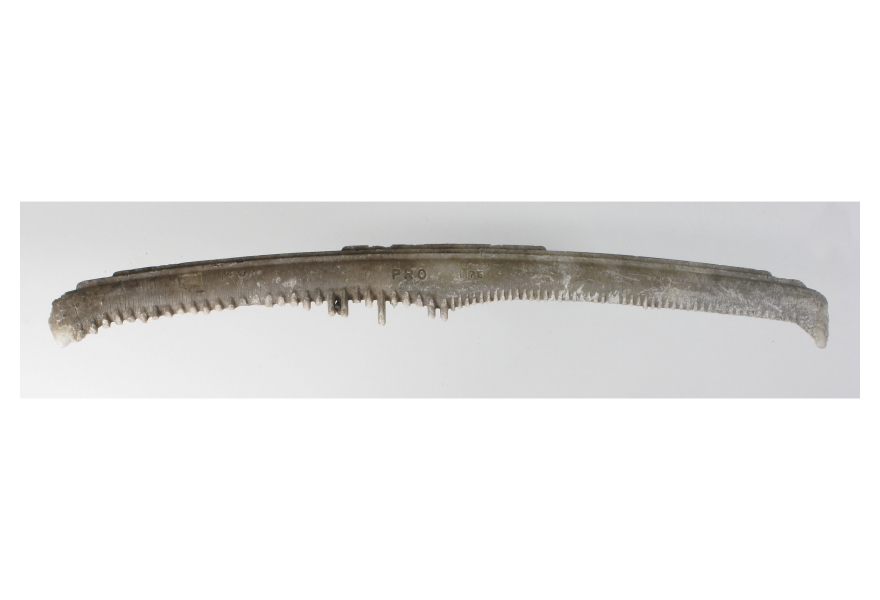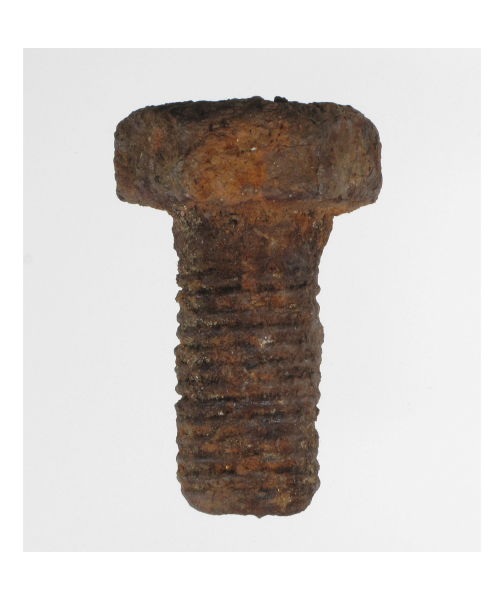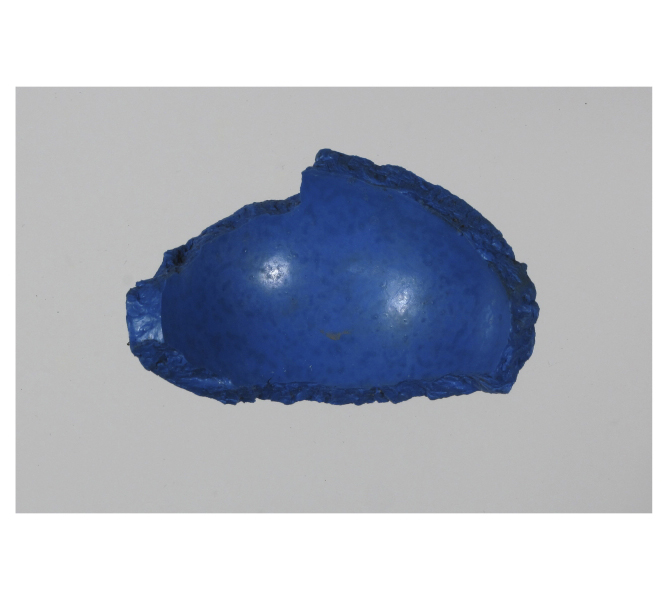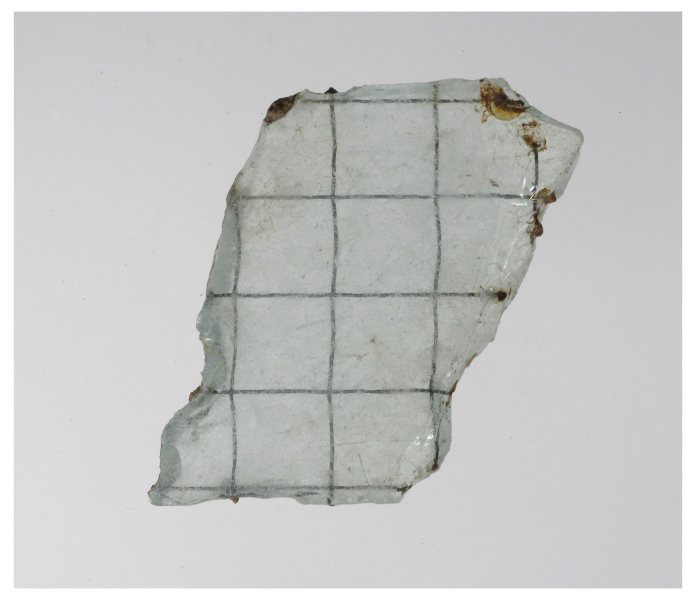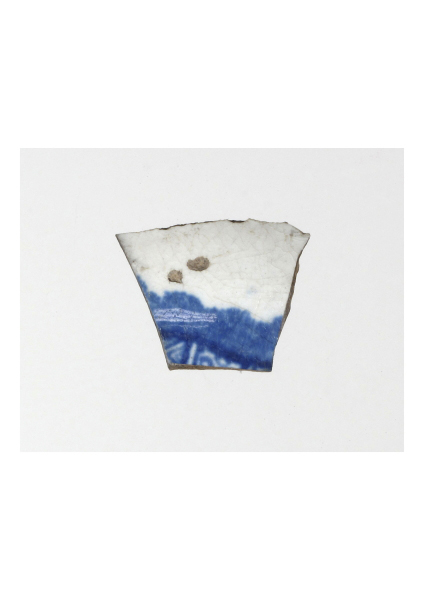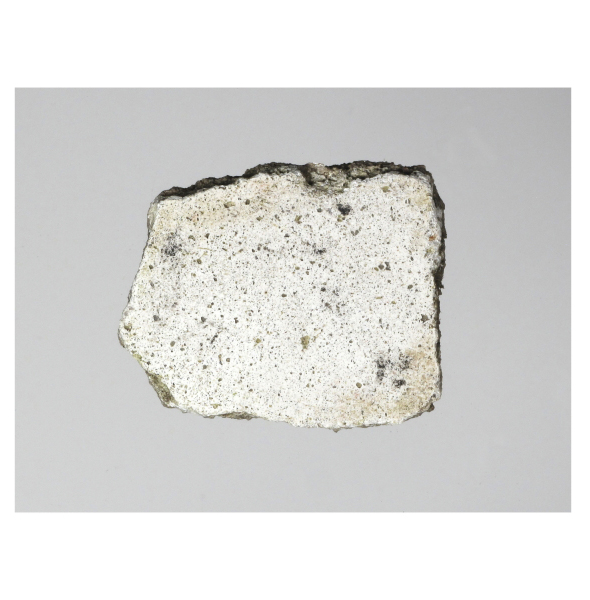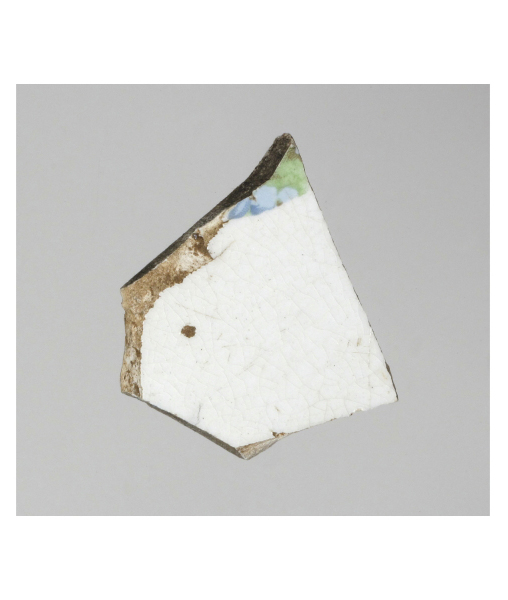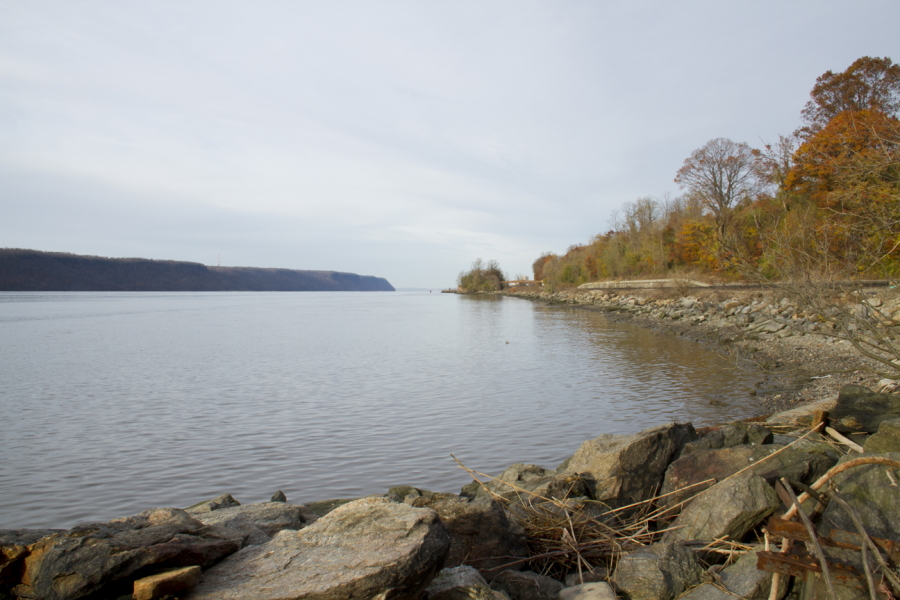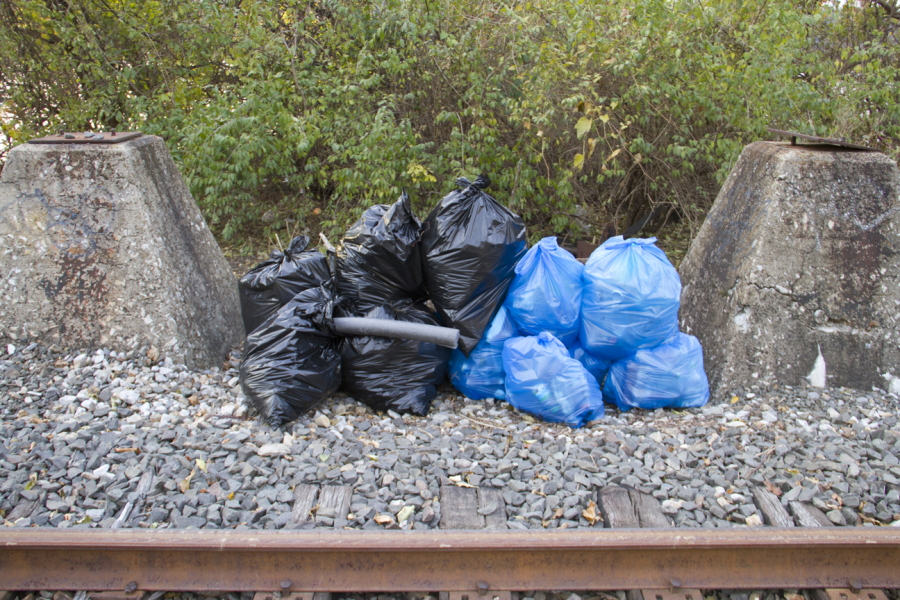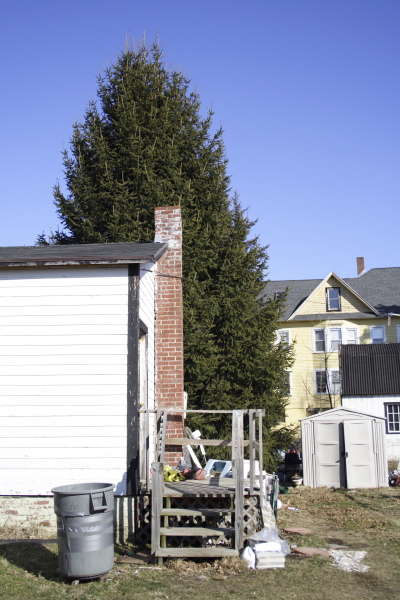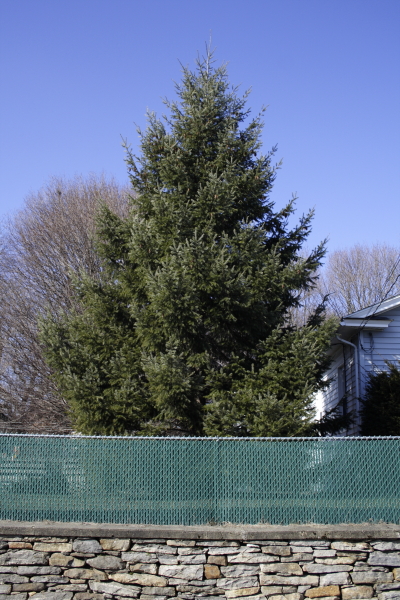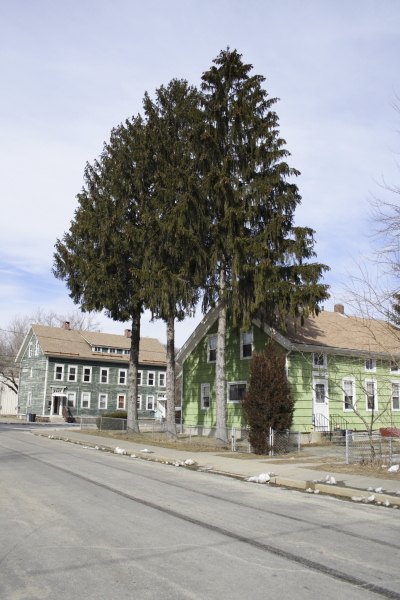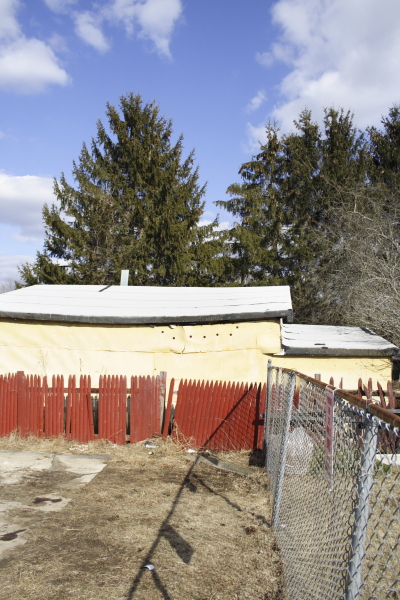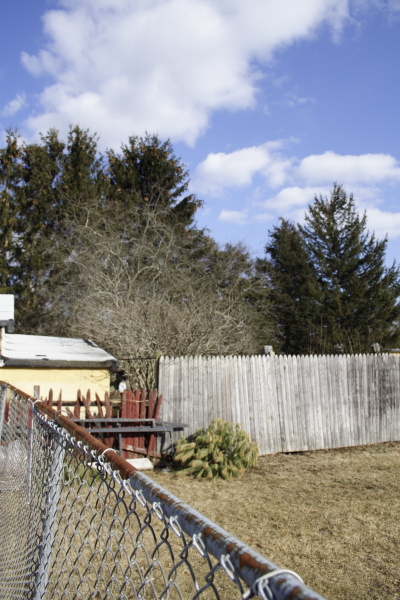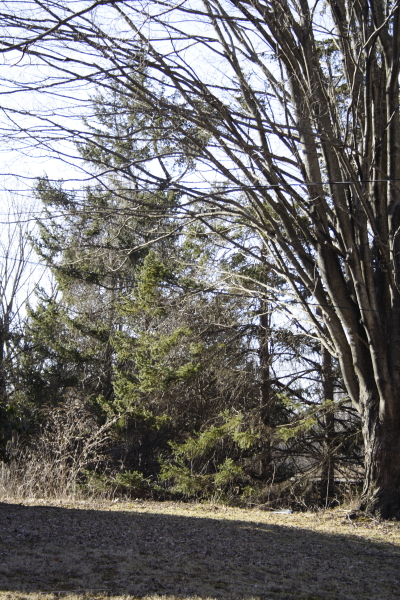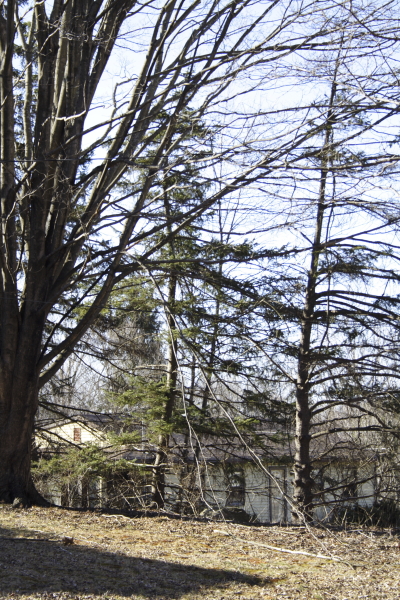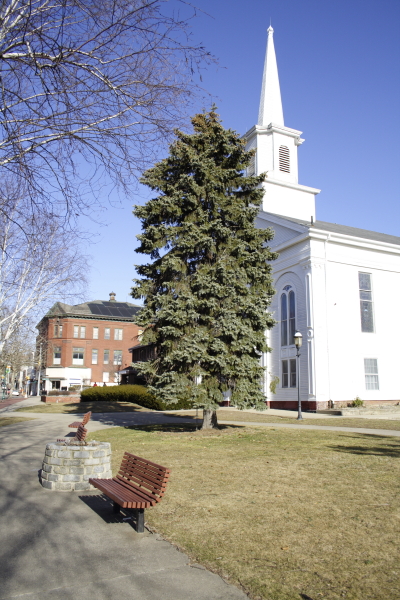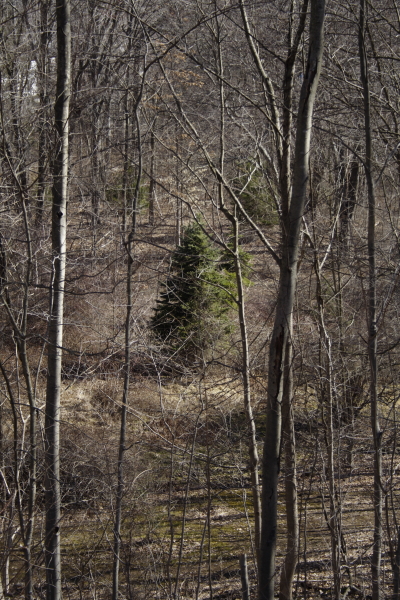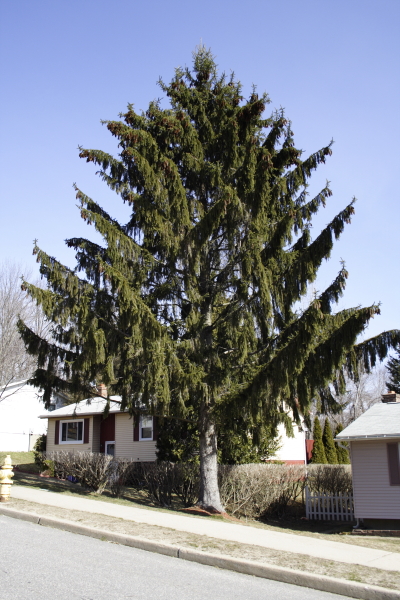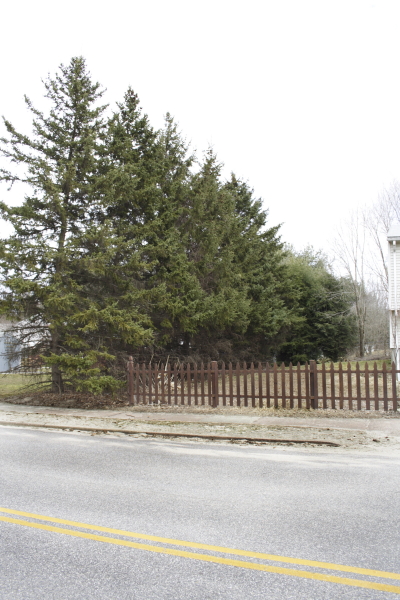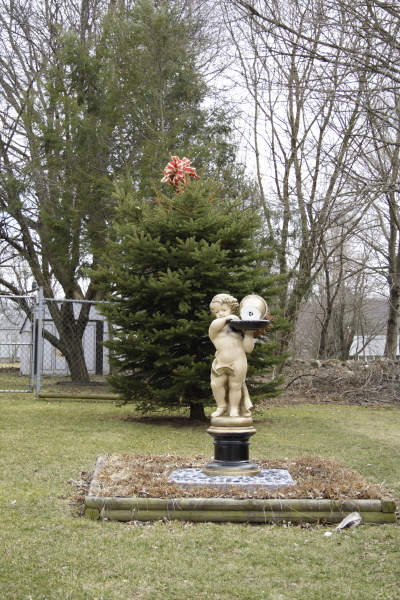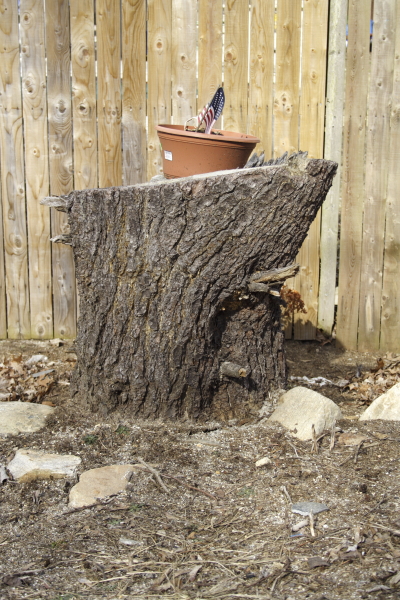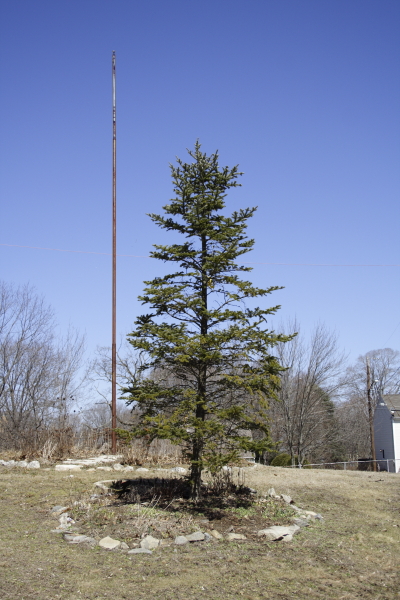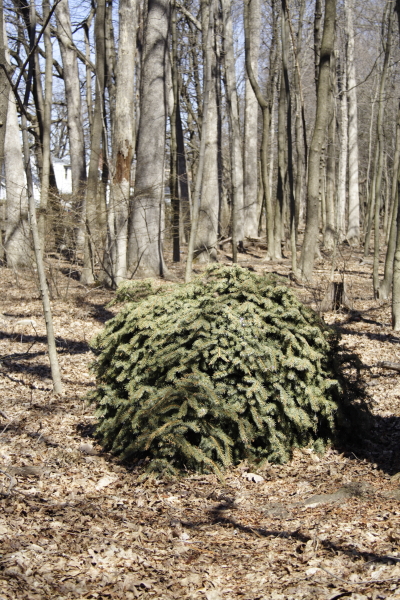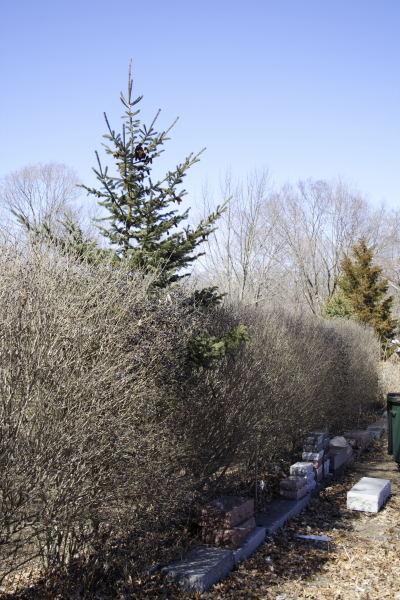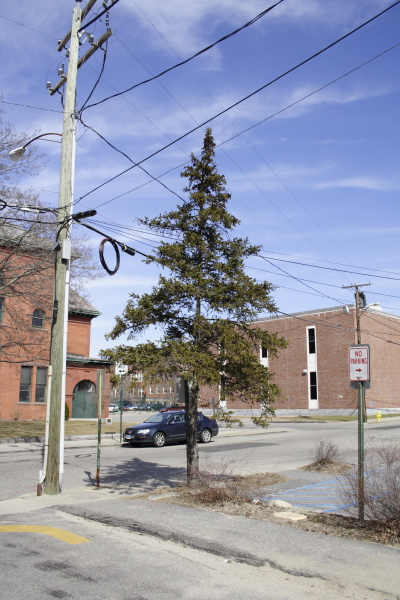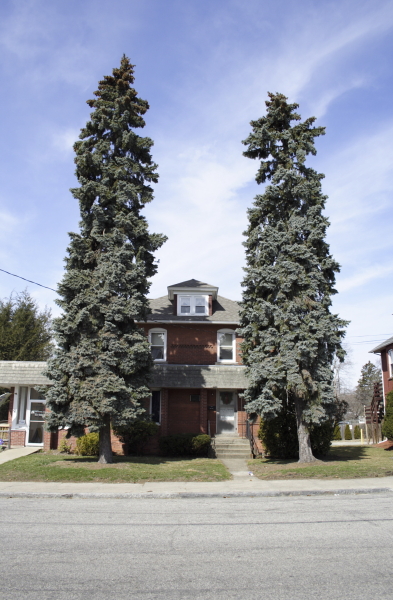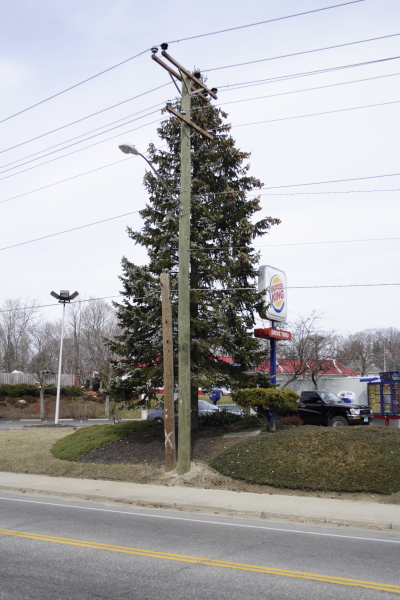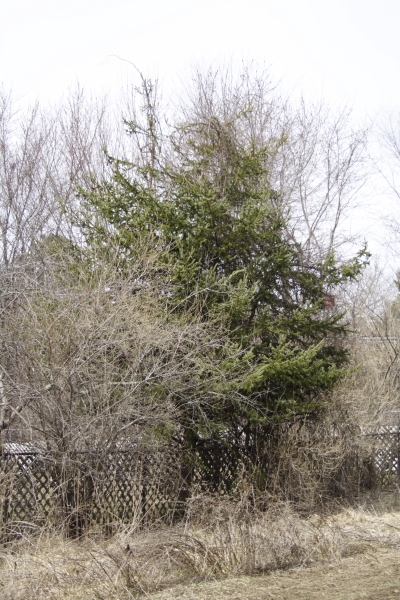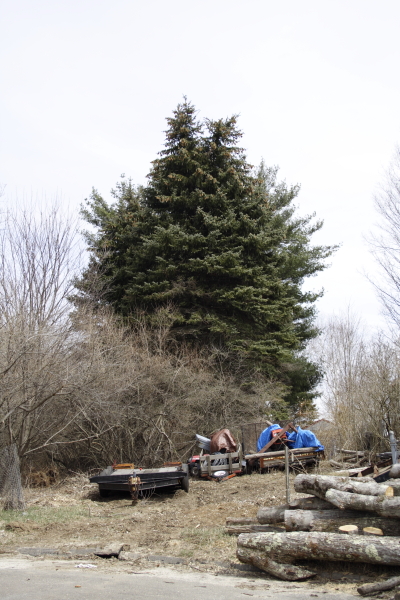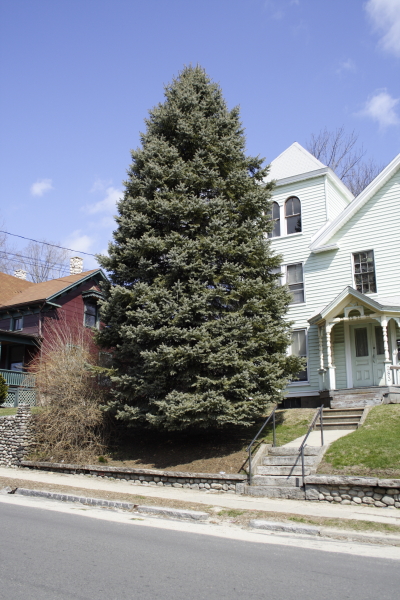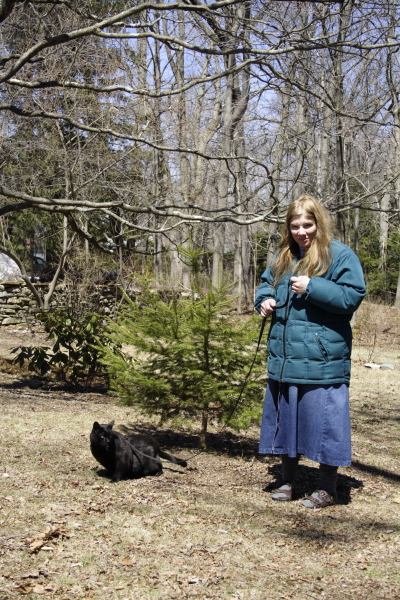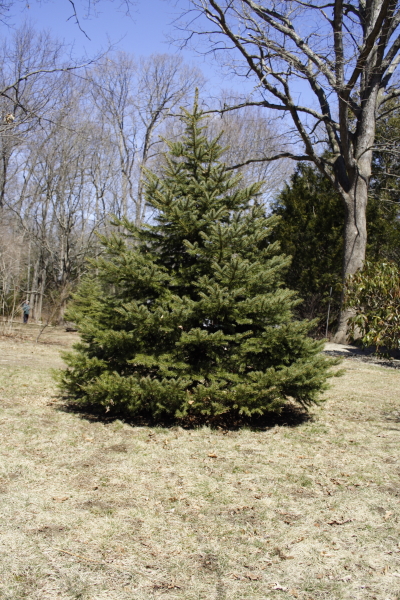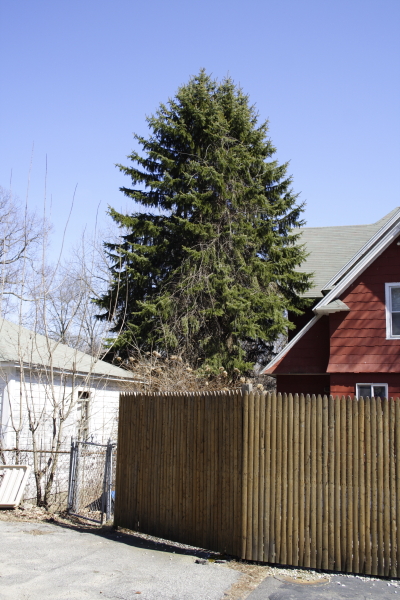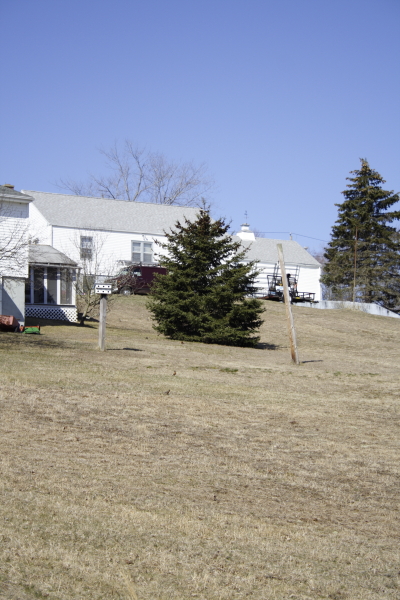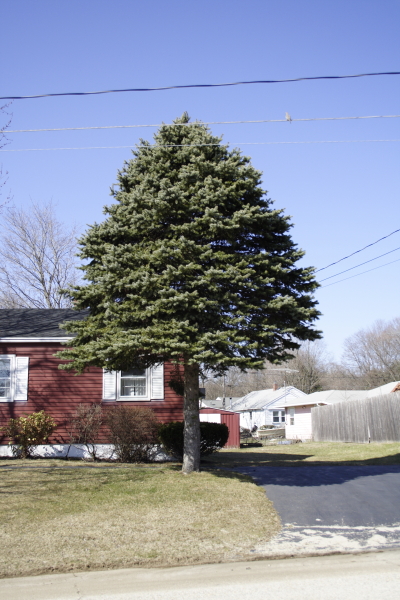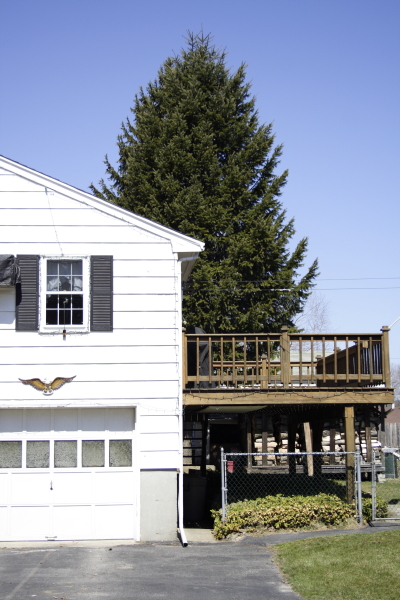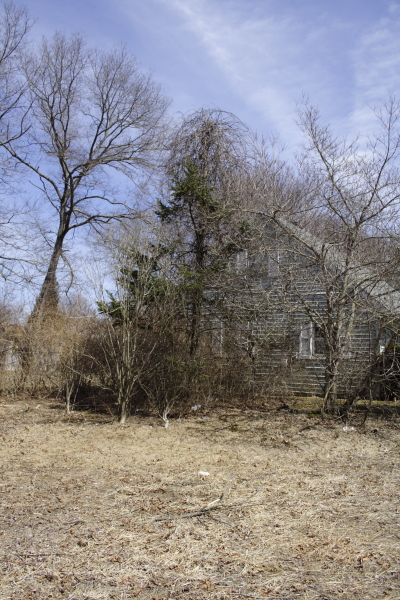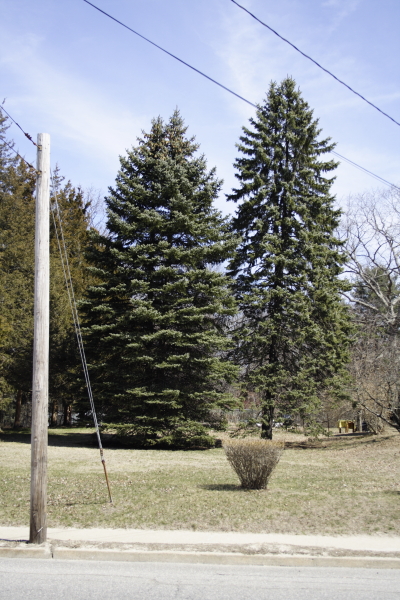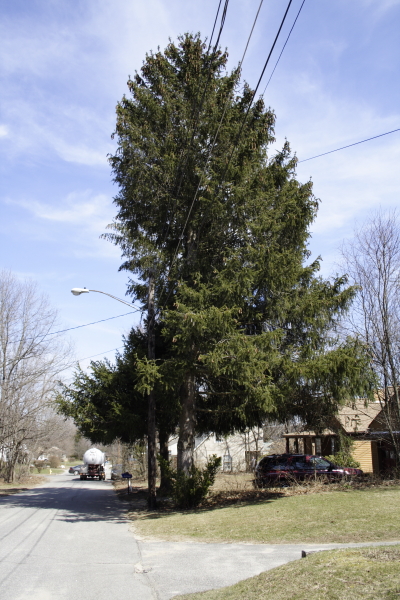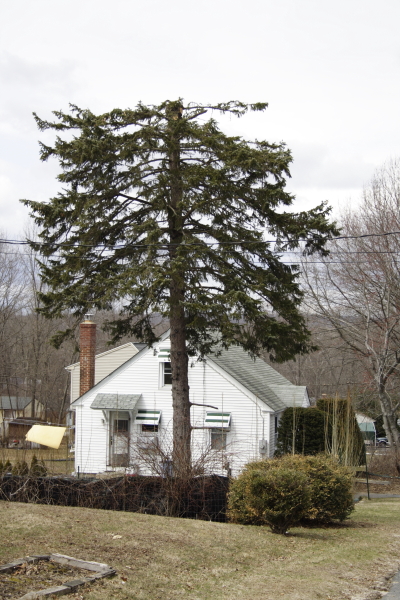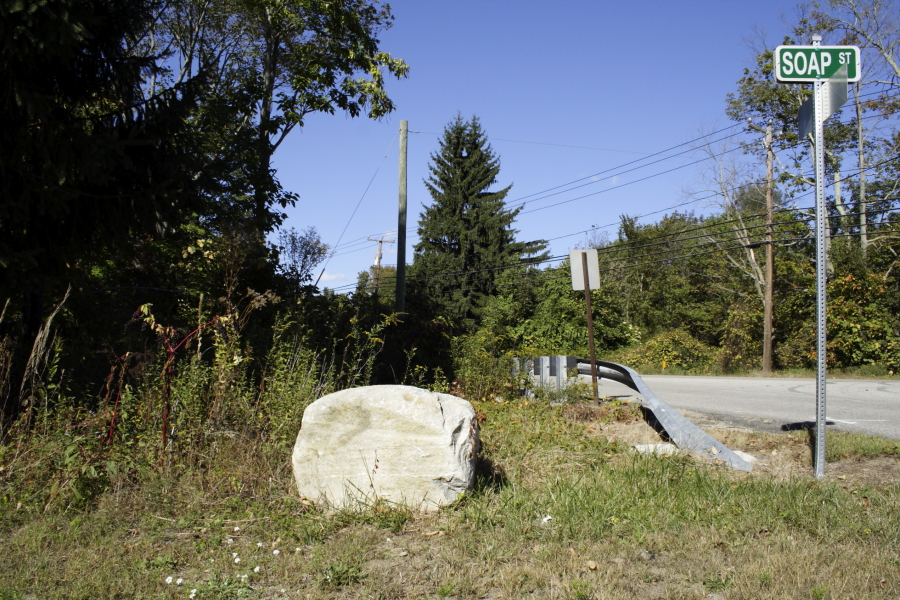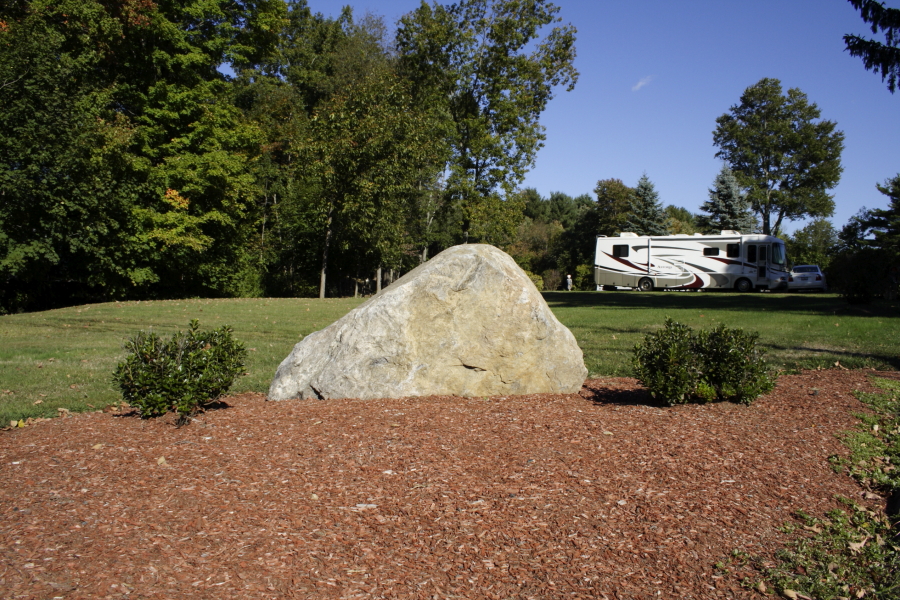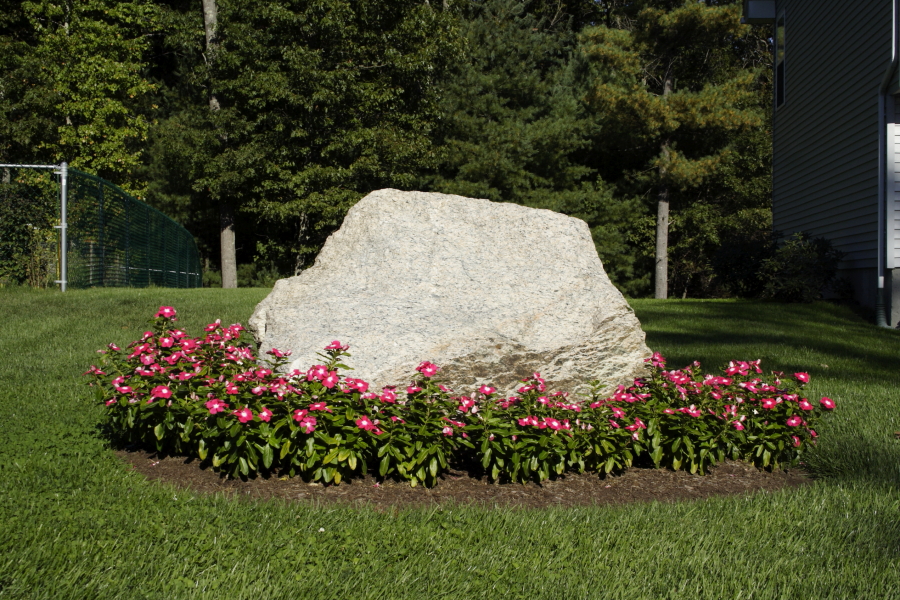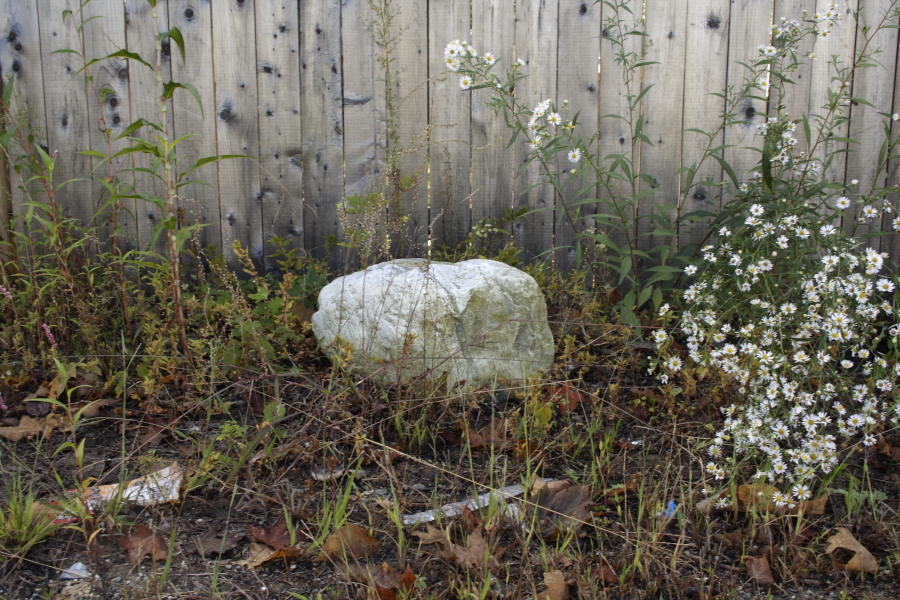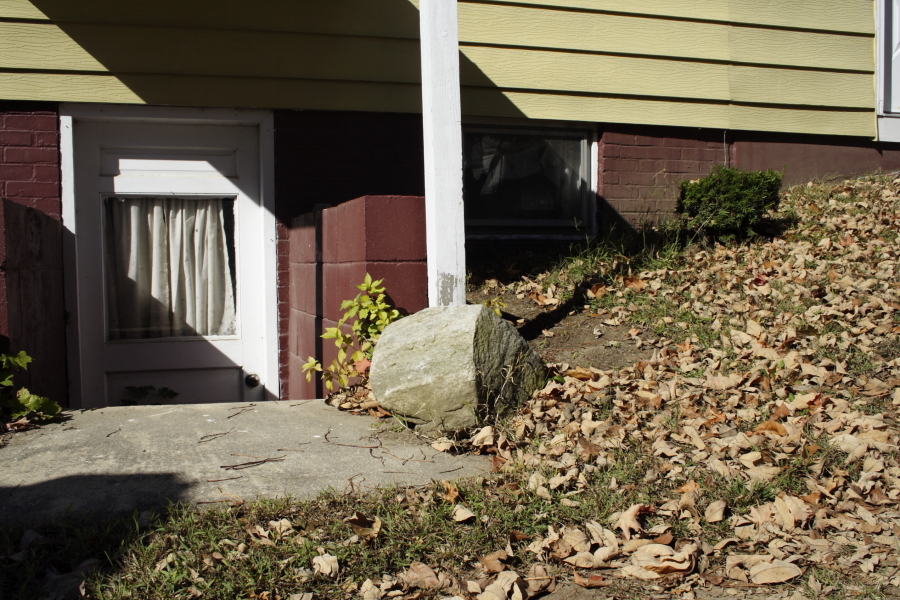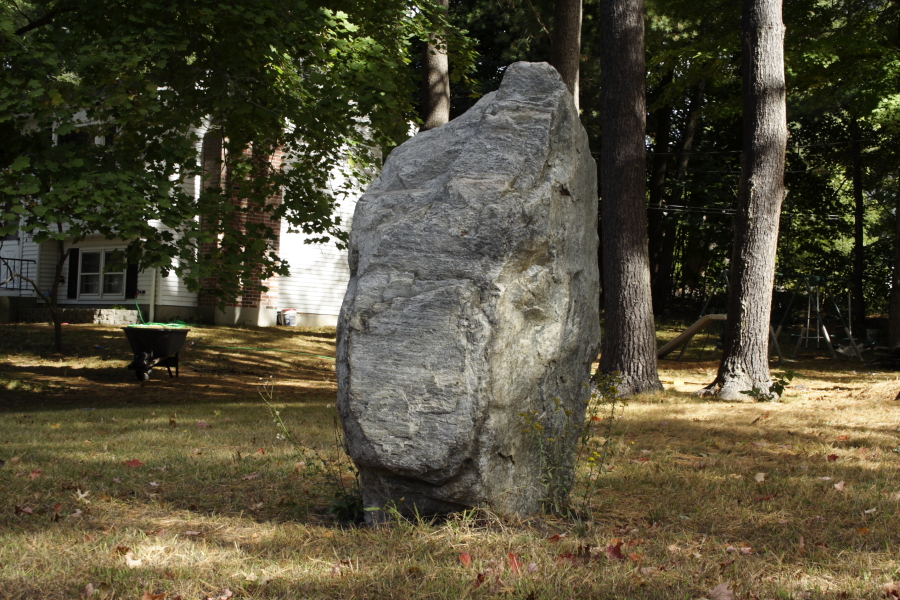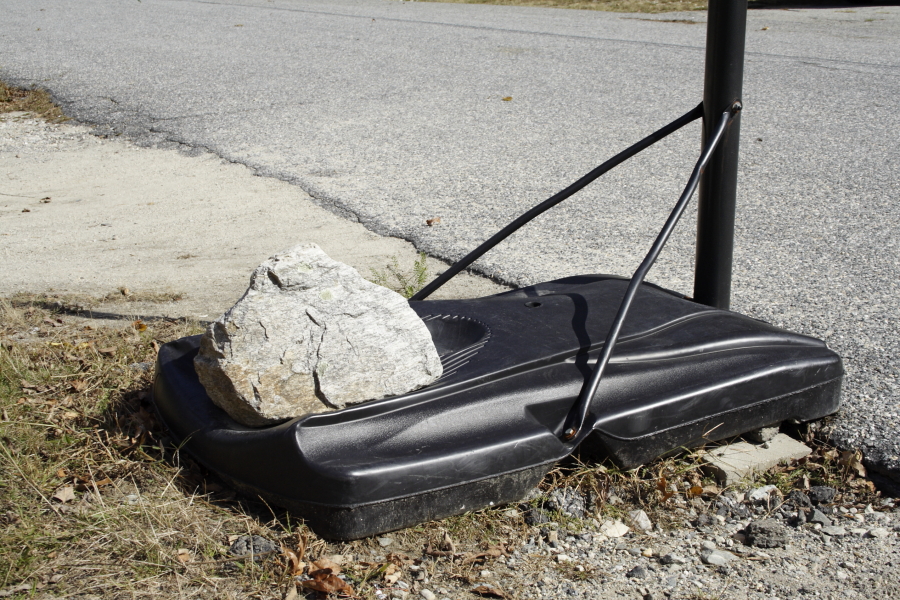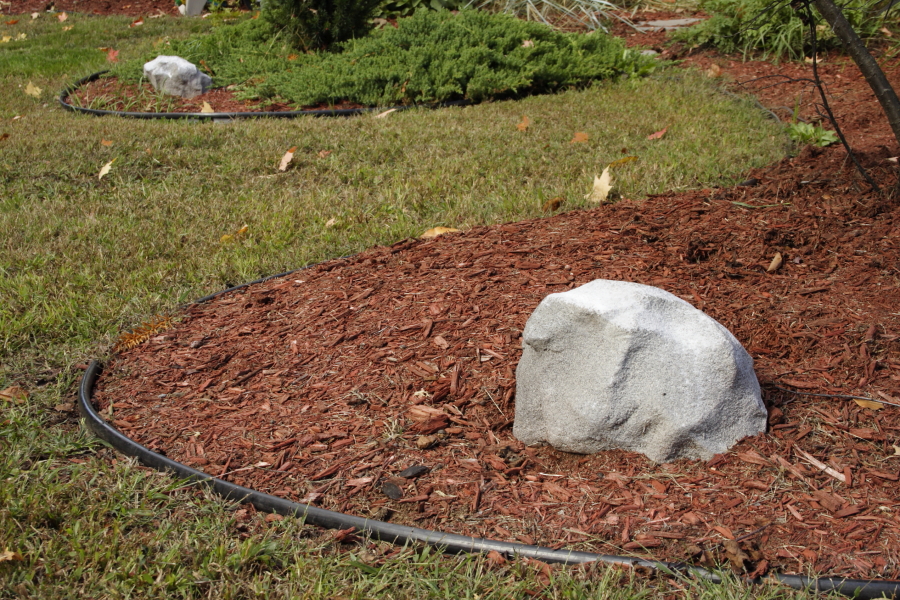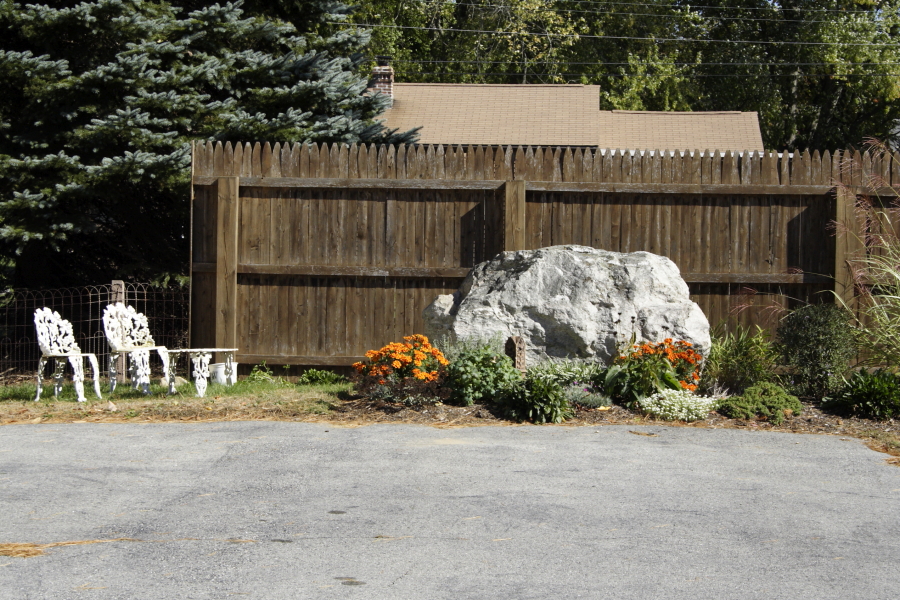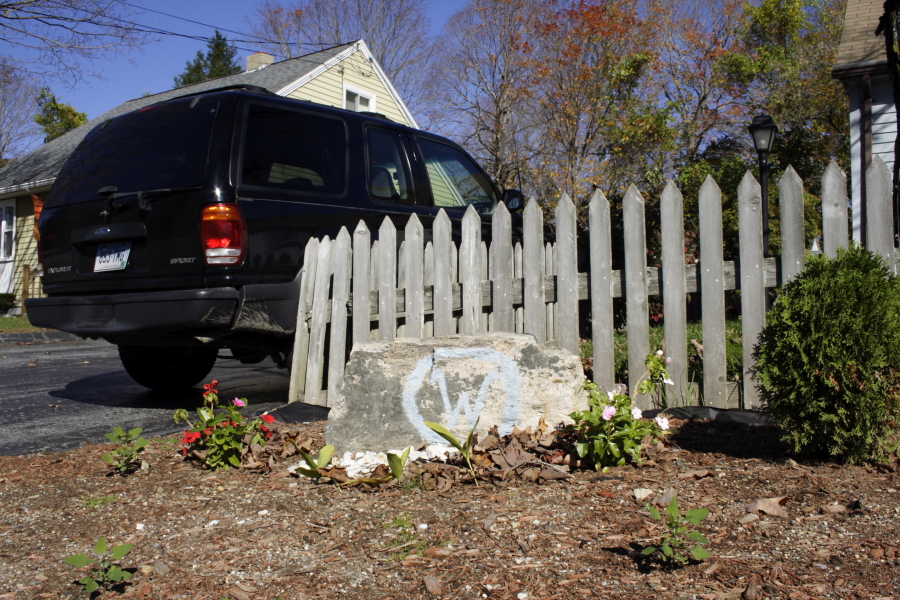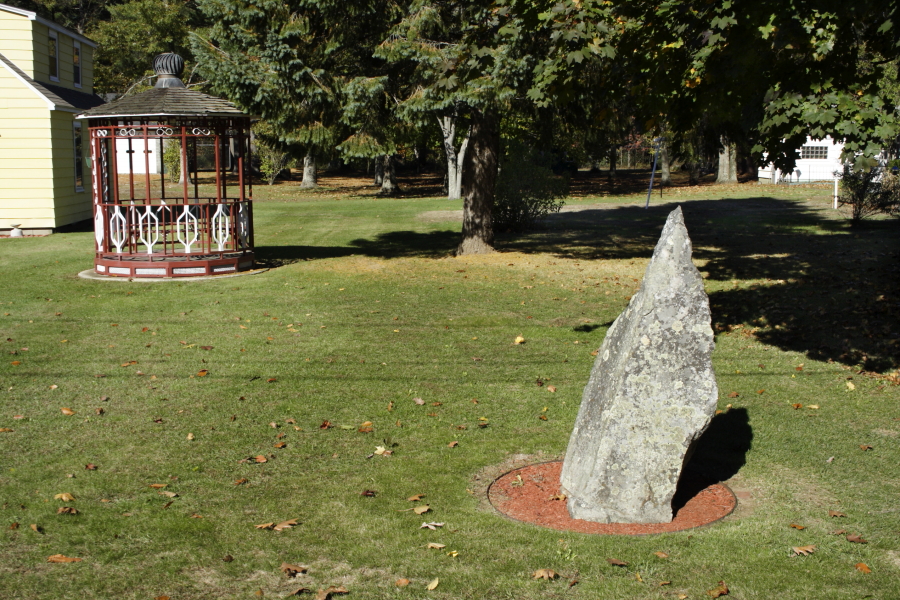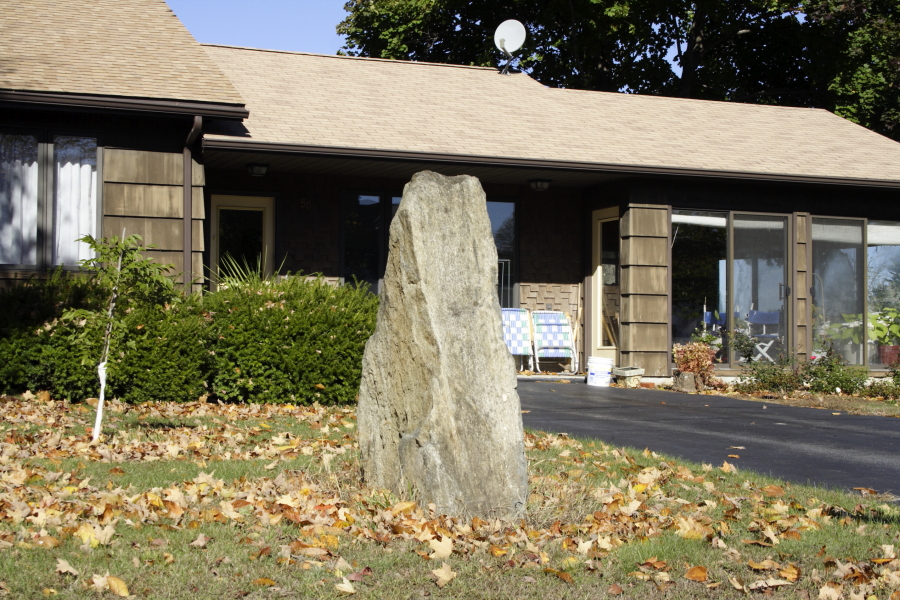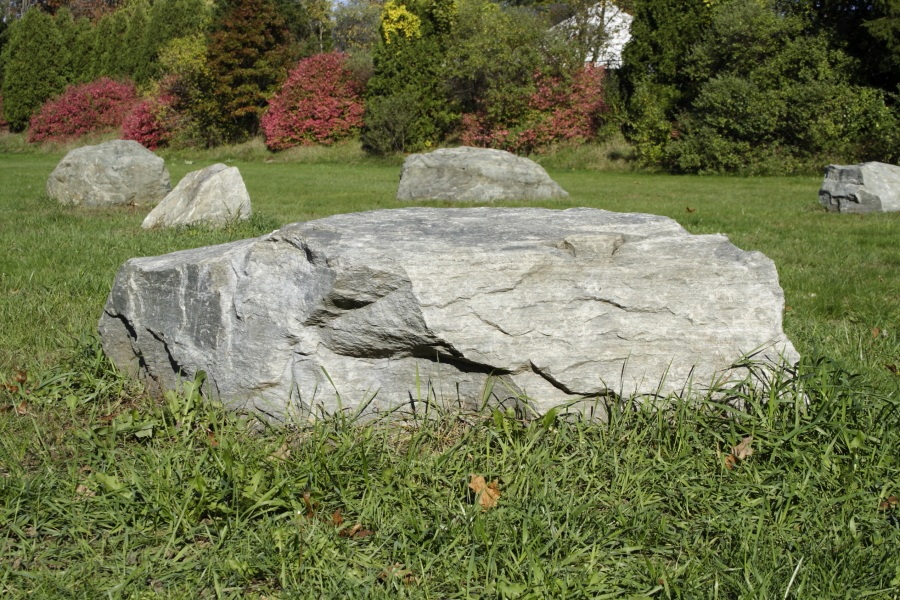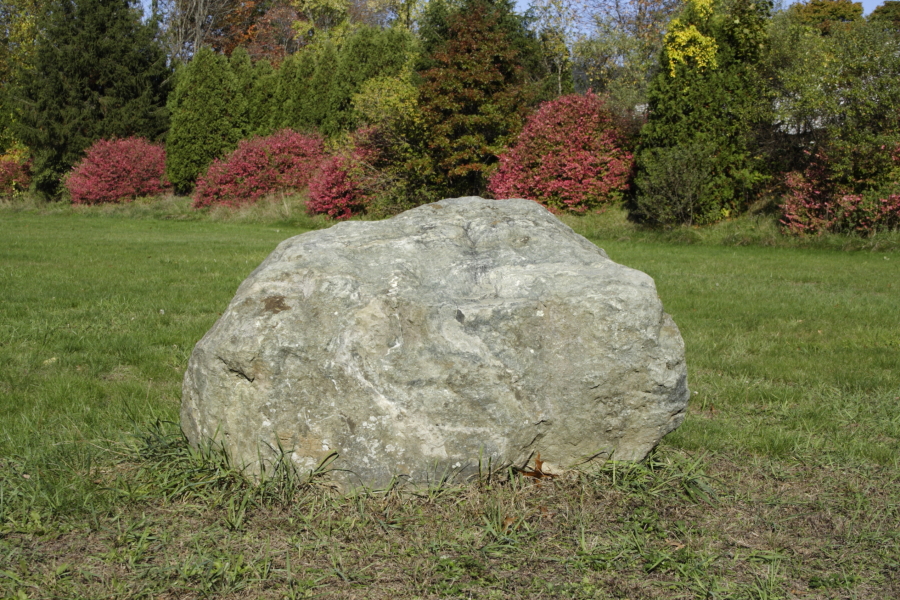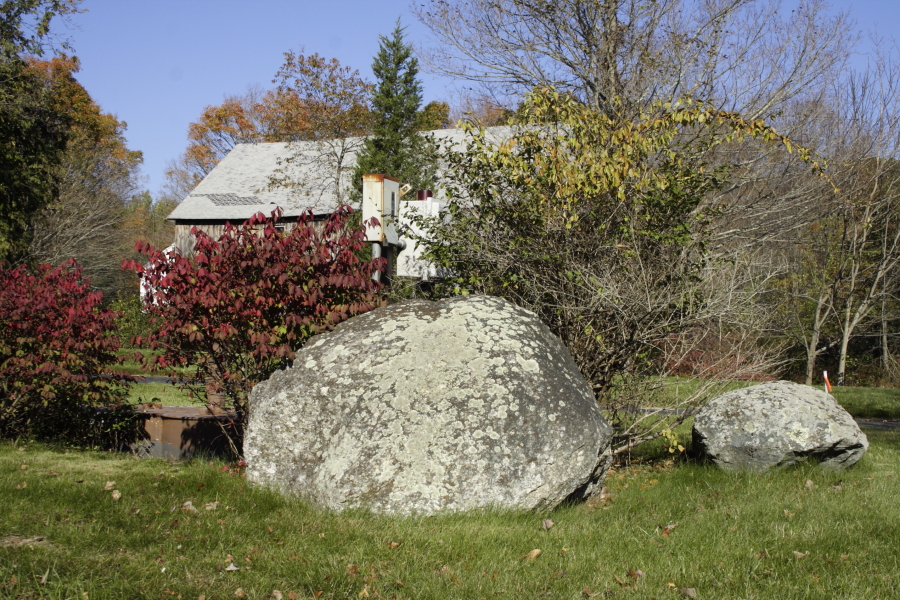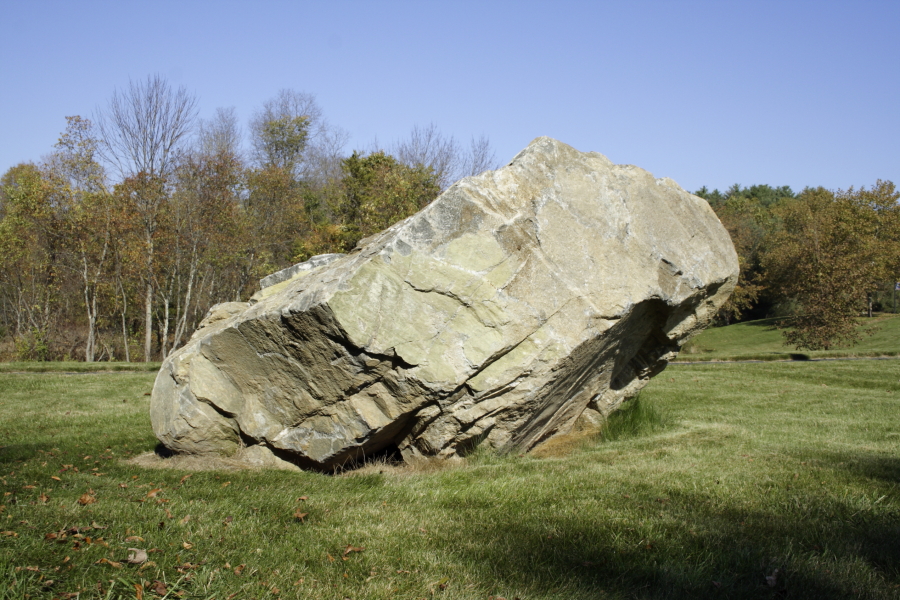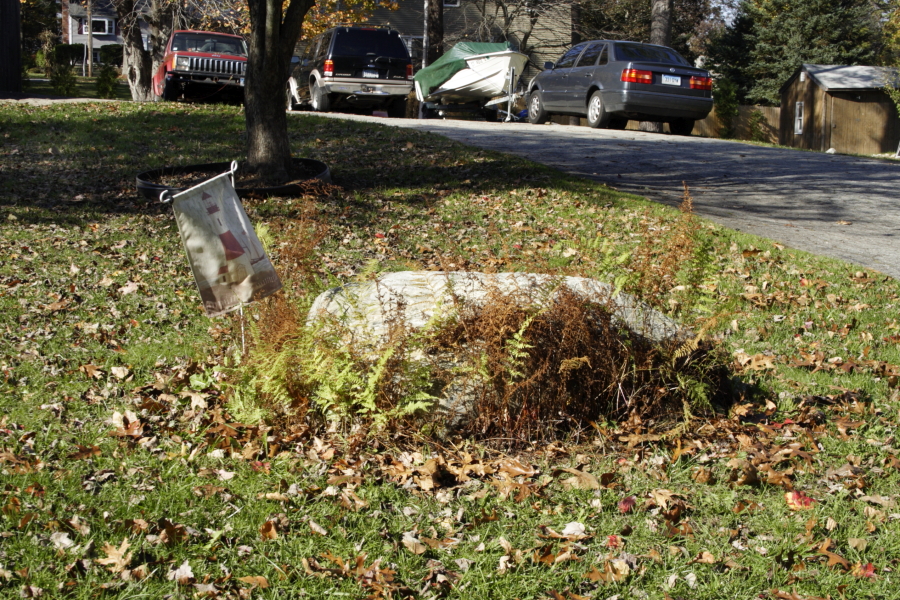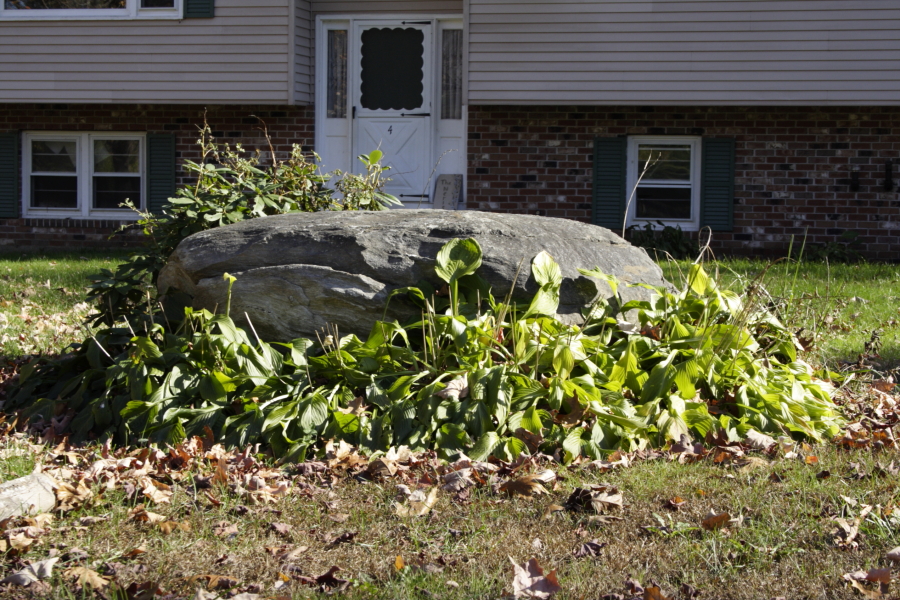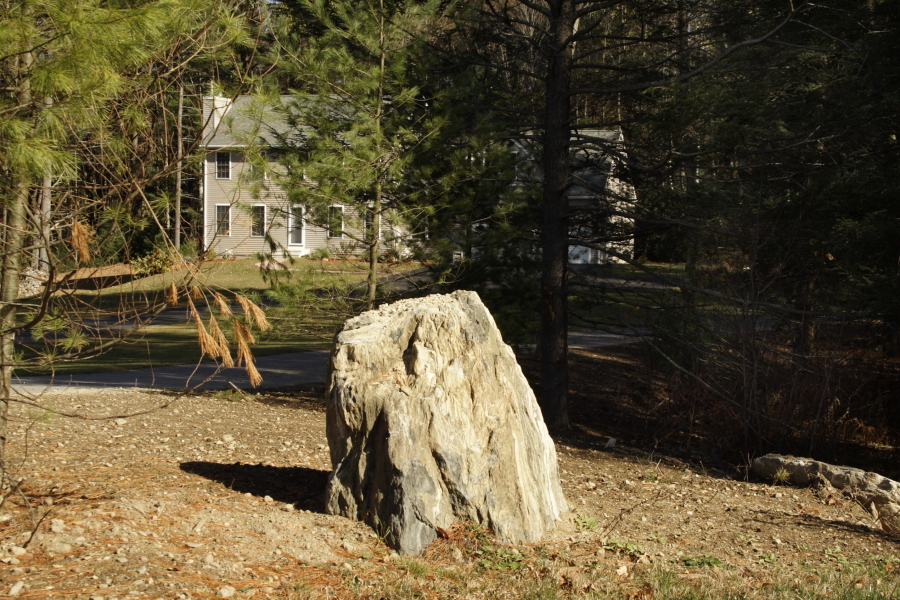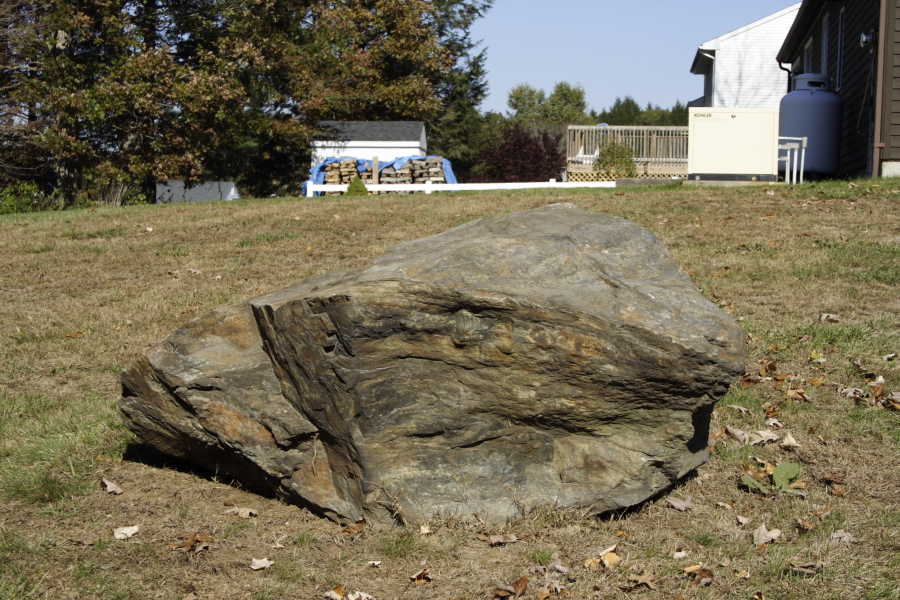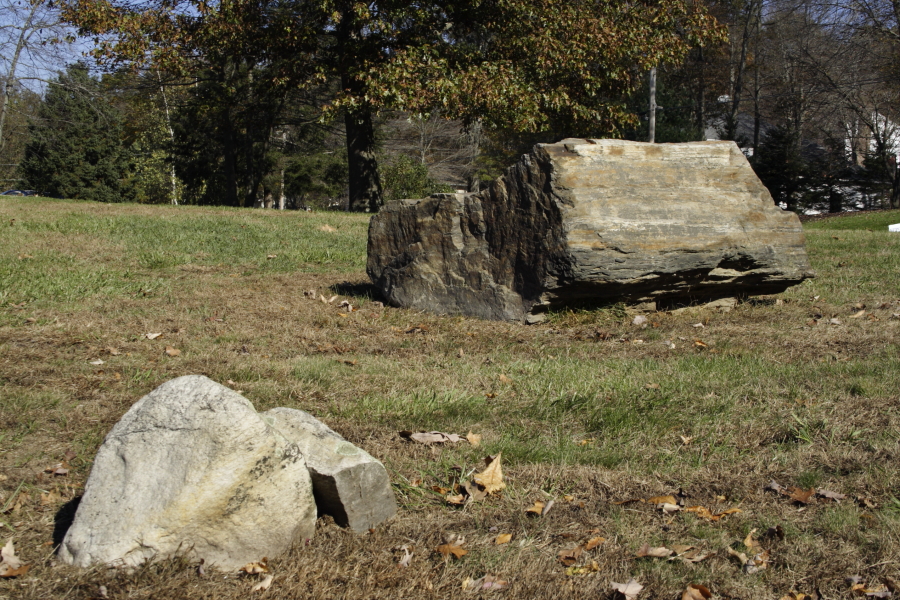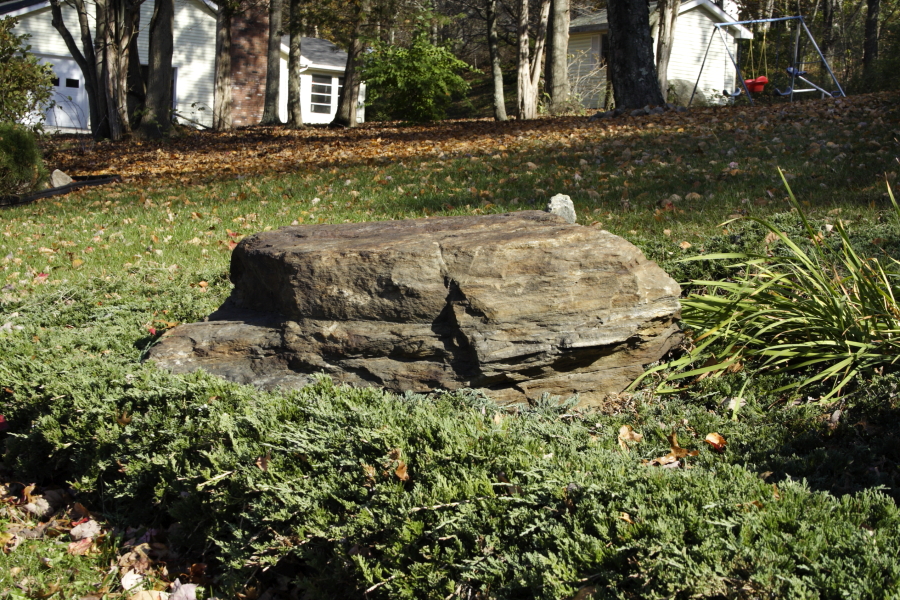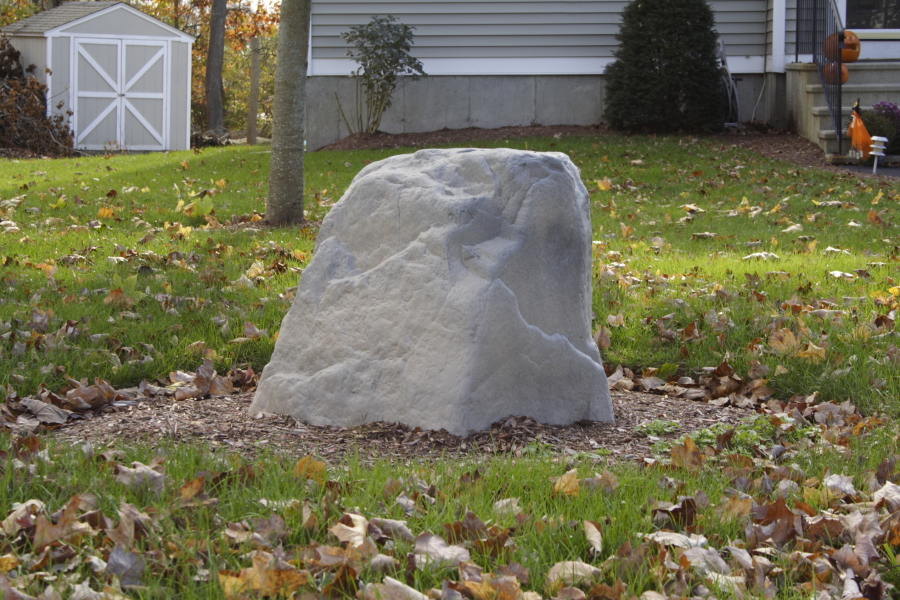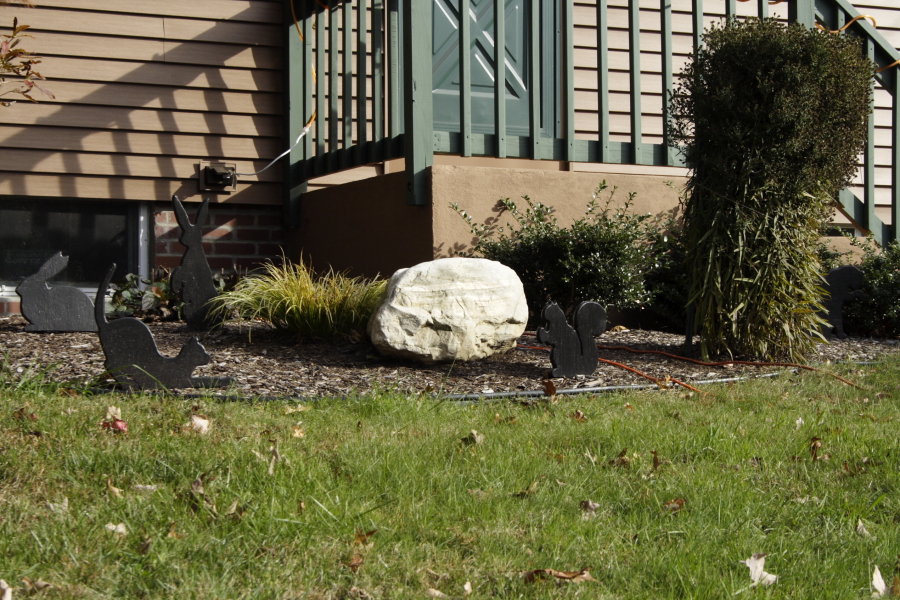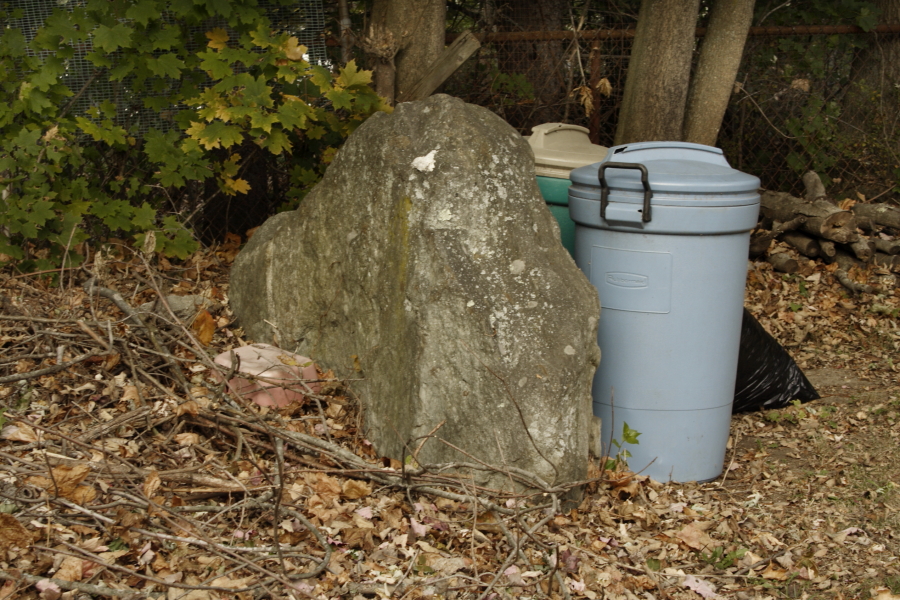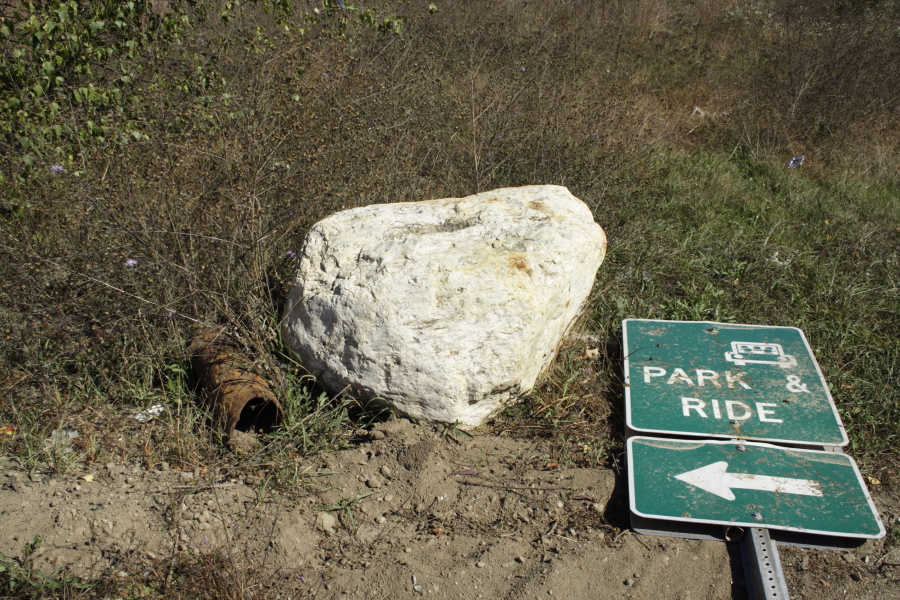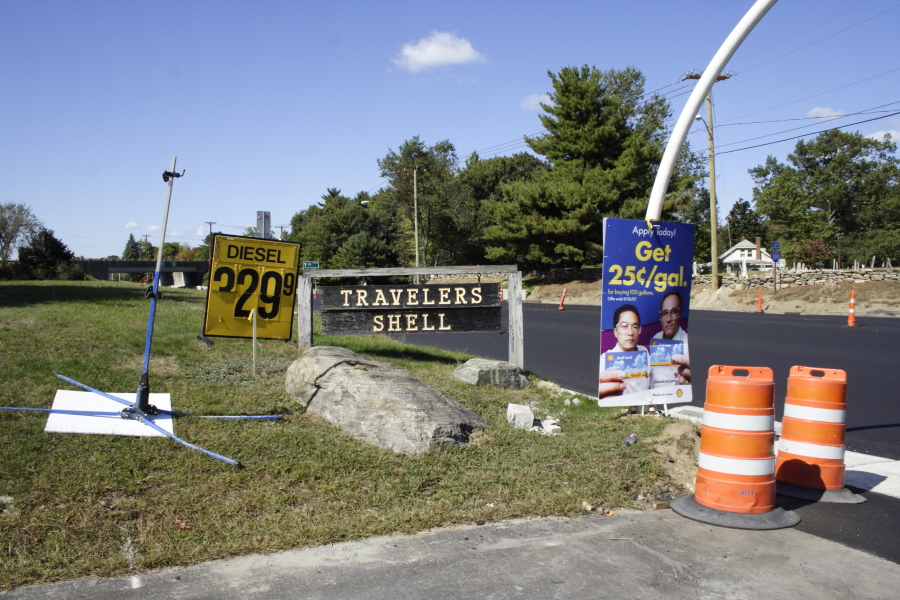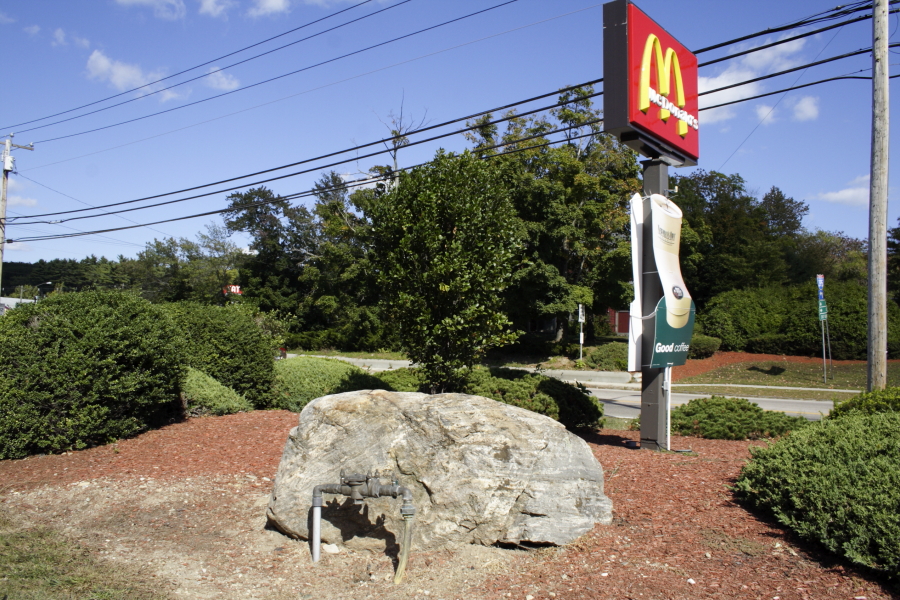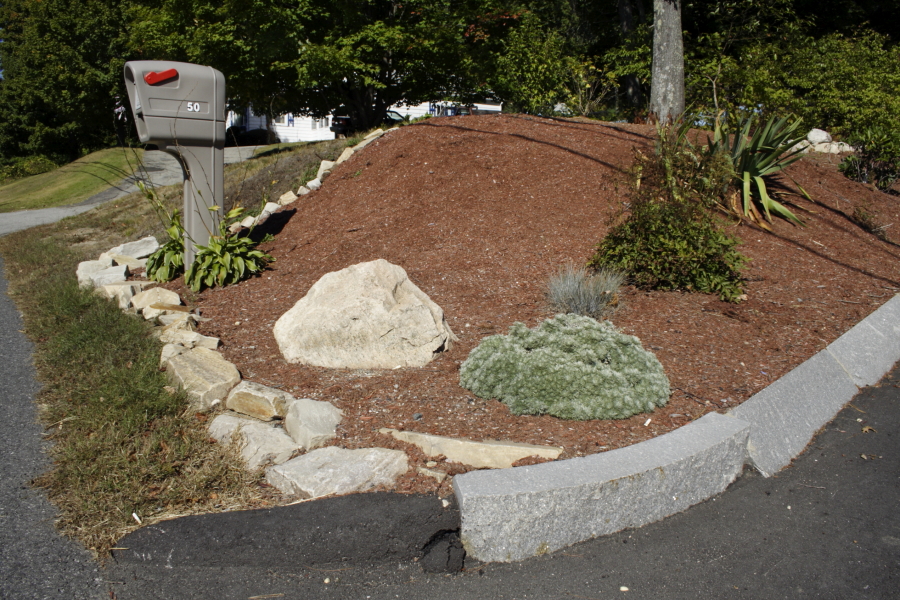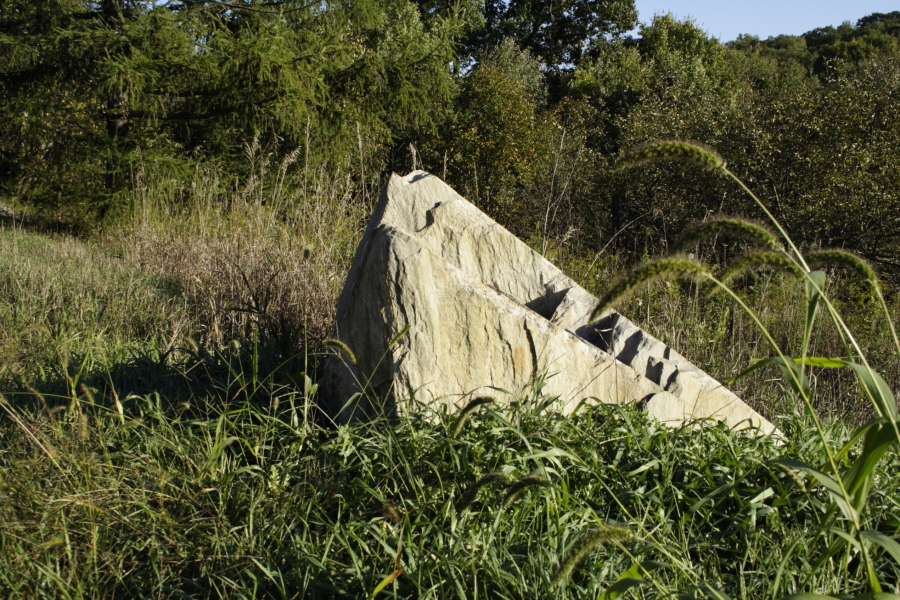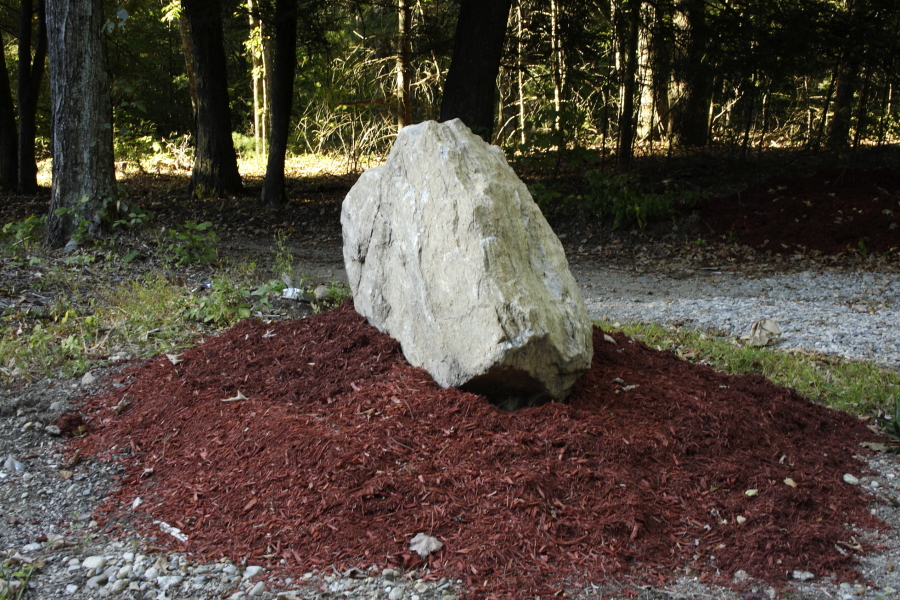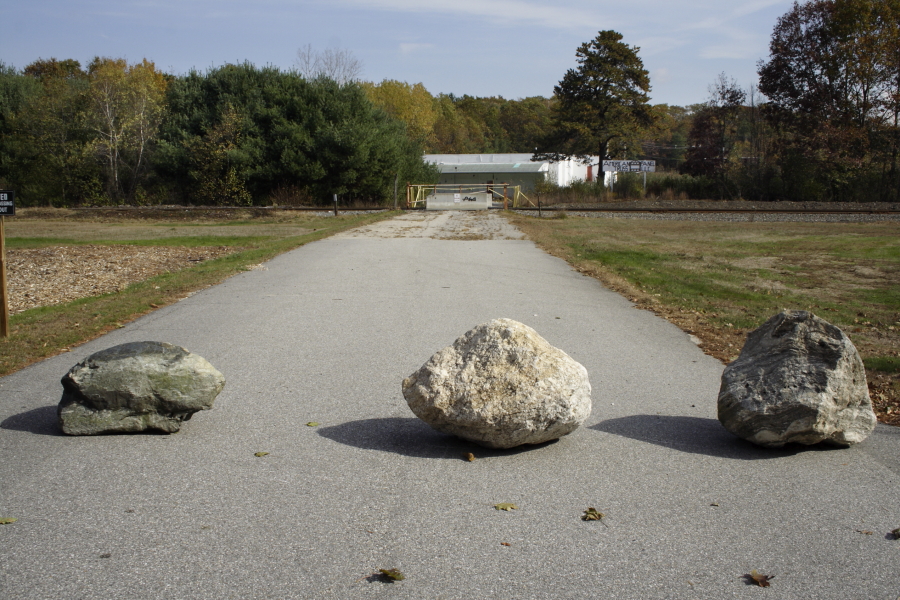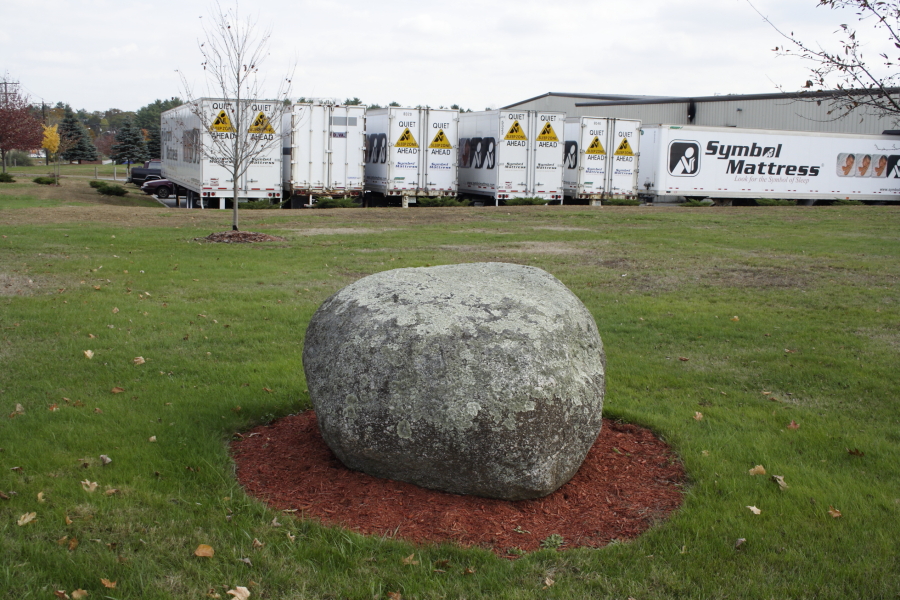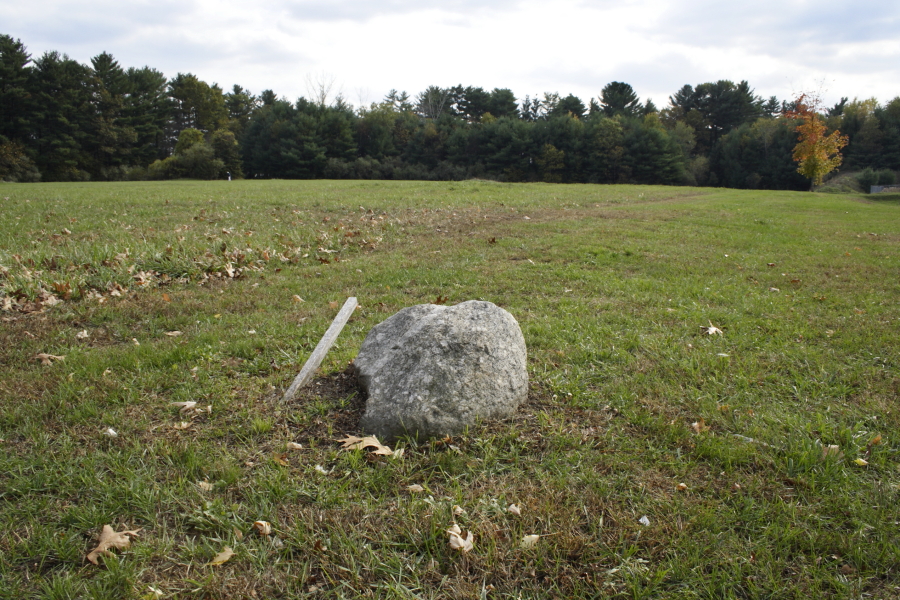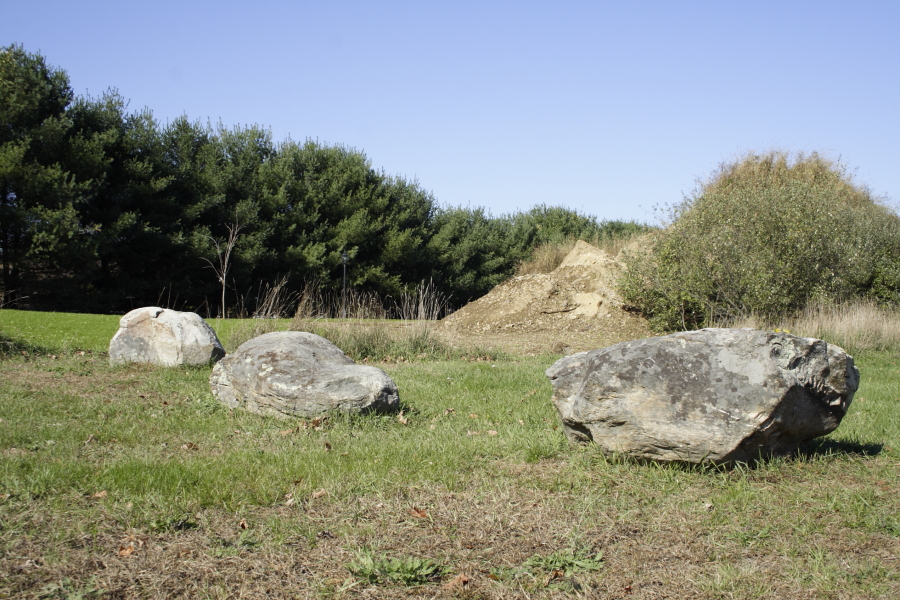Author Archives: mattjensen12345
WUNC – North Carolina Public Radio
Nowhere In Manhattan
Nowhere In Manhattan
C-Prints, 22’’ x 17’’ each
Nowhere In Manhattan is a series of over 200 images that documents the few places left on the island of Manhattan where the city disappears. The images are intentionally simple; some are straightforward landscapes, while others reveal a more mysterious side of the city. The work is intended to explore how knowledge of location can change our perception of an image. A simple, beautiful landscape is somehow more impossible because it exists in Manhattan. A freestanding ramshackle boathouse becomes an architectural treasure because it is the last of its kind in the entire borough. The series is also a catalog of places that will inevitably be cleaned up, built over, razed or landscaped in the coming years as we push every last bit of “nowhere” off the island. Eventually images from the series were made available for use on scaffolding and construction walls throughout Manhattan.
- Vernal Falls, Inwood
- East 57th Street
- 3
- 6 nowhere in manhattan5
- 18
- 1a
- 29a
- 30
- 30a
- 311
- 31a
- 33
- 33a
- 34
- 34a
- 36
- 37
- 38
- 39
- 41
- 40
- 29
- 31
- 71
- 101
- 121
- 21
- 7a
- 12a
- 51
- 61
- 8jpg
- 9
- 111
- 131
- 141
- 151
- 161
- 171
- 19
- 20
- 211
- 22
- 24
- 25
- 28a
abandoned
Abandoned Structure
60 C-prints installed in a grid, 14’’ x 10’’ each
Abandoned Structure is a series of 60 photographs taken from the same vantage point in 60 different units within “Brick Village” on the south end of Governors Island. The officers housing has been abandoned for over 15 years and is slated for demolition as the island redevelops. Each image depicts the same point in each house where the living room meets the dining room. The final collection highlights the subtle alterations made to each space and the often dramatic differences created by the forces of nature.
- abandoned structure1
- abandoned structure2
- abandoned structure web28
- abandoned structure web29
- abandoned structure web30
- abandoned structure web31
- abandoned structure web32
- abandoned structure web33
- abandoned structure web34
- abandoned structure web35
- abandoned structure web36
- abandoned structure web37
- abandoned structure web38
- abandoned structure web39
- abandoned structure web40
- abandoned structure web41
- abandoned structure web42
- abandoned structure web43
- abandoned structure web44
- abandoned structure web45
- abandoned structure web46
- abandoned structure web47
- abandoned structure web48
- abandoned structure web49
- abandoned structure web50
- abandoned structure web51
- abandoned structure web52
- abandoned structure web53
- abandoned structure web54
- abandoned structure web55
- abandoned structure web56
- abandoned structure web57
- abandoned structure web58
- abandoned structure web59
- abandoned structure web60
- abandoned structure web1
- abandoned structure web2
- abandoned structure web3
- abandoned structure web4
- abandoned structure web5
- abandoned structure web6
- abandoned structure web7
- abandoned structure web8
- abandoned structure web9
- abandoned structure web10
- abandoned structure web11
- abandoned structure web12
- abandoned structure web13
- abandoned structure web14
- abandoned structure web15
- abandoned structure web16
- abandoned structure web17
- abandoned structure web18
- abandoned structure web19
- abandoned structure web20
- abandoned structure web21
- abandoned structure web22
- abandoned structure web23
- abandoned structure web24
- abandoned structure web25
- abandoned structure web26
- abandoned structure web27
Signs of life
Signs of Life, Inwood Park Walk
The intent of these walks was to bring the landscape’s obscured layers of history to the surface. Combining my personal experiences in the park with historical research I helped walkers search for visible clues of the park’s past and present human inhabitants. Together we examined signs of the landscape’s earliest use as a Native American village, its later existence as a conglomeration of Victorian age estates, and its eventual transformation into a public park. Today Inwood Hill Park has no official residents but it does serves as a sanctuary for homeless and individuals seeking isolation. A “guide book” was created for participating walkers and the featured objects were all found in plain sight during the walks.
- 1 signs of life walkers1
- 2 signs of life walkers2
- 3 signs of life walk book1
- 6 signs of life walk book4
- 7 signs of life walk book5
- 5 signs of life walk book3
- 4 signs of life walk book2
- 8 signs of life walk book6
- 9 signs of life walk book7
- 10 signs of life walk book8
- 11 signs of life walk book9
- 12 signs of life walk book10
- signs of life objects10
- signs of life objects25
- signs of life objects19
- signs of life objects23
- signs of life objects24
- signs of life objects26
- signs of life objects27
- signs of life objects20
- signs of life objects18
- signs of life objects29
- signs of life objects17
- signs of life objects30
- signs of life objects31
- signs of life objects32
- signs of life objects33
- signs of life objects34
- signs of life objects35
- signs of life objects36
- signs of life objects37
- signs of life objects38
- signs of life objects39
- signs of life objects40
- signs of life objects41
- signs of life objects42
- signs of life objects43
- signs of life objects44
- signs of life objects45
- signs of life objects46
- signs of life objects47
- signs of life objects48
- signs of life objects49
- signs of life objects50
- signs of life objects51
- signs of life objects52
- signs of life objects53
- signs of life objects54
- signs of life objects55
- signs of life objects56
- signs of life objects57
- signs of life objects58
- signs of life objects59
- signs of life objects60
- signs of life objects61
- signs of life objects62
- signs of life objects63
- signs of life objects64
- signs of life objects65
- signs of life objects66
- signs of life objects67
- signs of life objects68
- signs of life objects69
- signs of life objects70
- signs of life objects71
- signs of life objects72
- signs of life objects73
- signs of life objects75
- signs of life objects76
- signs of life objects79
- signs of life objects82
- signs of life objects83
- signs of life objects84
- signs of life objects85
- signs of life objects86
- signs of life objects87
- signs of life objects88
- signs of life objects1
- signs of life objects2
- signs of life objects3
- signs of life objects4
- signs of life objects5
- signs of life objects6
- signs of life objects7
- signs of life objects8
- signs of life objects9
- signs of life objects11
- signs of life objects12
- signs of life objects13
- signs of life objects14
- signs of life objects15
He’s walking towards…
He’s walking towards the Staten Island Ferry
Video, 7 minutes, played in a loop with audio
In the middle of the winter a deer swam from New Jersey to Governors Island where it became trapped between the Hudson Bay and the seawall. Five hundred years ago the animal would have found easy grazing and perhaps a mate. Today it was cause for police boats, helicopters and patrol vehicles. The visual was one of my first experiences with the Island and became an important part of my exhibition, Searching for Something Previously Forgotten or Unknown on Governors Island.
Cleaning a glacial pothole
Cleaning a Glacial Pothole
21-minute video projected with surround sound
The short film, made in collaboration with artist Brandon Neubauer, is a document of an action and a portrait of a place. The piece captures the process of cleaning of a remarkable glacial pothole carved into an outcropping of Manhattan schist during the last ice age. The pothole serves as a year-round watering hole for birds in Inwood Park and it is one of the most magical spots I have ever encountered. The video and rich soundscape create a captivating atmosphere as a series of gestures leads to a marvelous discovery. Access to full length video is available upon request.
Sunrise Sunset Garbage
Sunrise, sunset and all the garbage collected in between
3 C-Prints, 40’’ x 27’’ installed
These photographs were taken on the western shore of the Bronx on a tiny outcropping of land in the Hudson River. The first image was taken at sunrise around 5:23am and if you look closely you can see the shadow of Riverdale being cast on the vertical cliffs of the Palisades. After sunrise I spent much of the day cleaning this small, nameless parcel of land from which the photograph was taken. The overgrown landscape is unmarked but easily accessible and because it is out of public view it has acquired years of flotsam mixed with garbage left by negligent fishermen. At the end of the day I piled the bags of garbage and recyclables up for easy removal and then photographed the same northern view at sunset.
- sunrisesunsetgarbage1
- sunrisesunsetgarbage2
- sunrisesunsetgarbage3
- sunrisesunsetgarbage4
Every Tree
Every Tree in Town
I walked every street in the town of Willimantic, Connecticut, and made 1,017 photographs of 3,128 spruce trees. Blue and Norway spruce trees are not native to the region; however, they are a living link to the city’s once booming industrial past. Willimantic once boasted some of the largest textile mills in the world and many of the thousands of workers came from countries in Northern Europe where spruce trees grow wild. The mills are closed, most of them razed, the population has dwindled, the demographics shifted, yet the trees have continued to be an important icon in the landscape.
- dpp 01
- dpp 0003
- dpp 0013
- dpp 0044
- dpp 0045
- dpp 0046
- dpp 0048
- dpp 0086
- dpp 0087
- dpp 0146
- dpp 0147
- dpp 0155
- dpp 0167
- dpp 0169
- dpp 0188
- dpp 0196
- dpp 0271
- dpp 0281
- dpp 0322
- dpp 0337
- dpp 0356
- dpp 0370
- dpp 0396
- dpp 0437
- dpp 0438
- dpp 0459
- dpp 0489
- dpp 0498
- dpp 0542
- dpp 0607
- dpp 0611
- dpp 0658
- dpp 0703
- dpp 0705
- dpp 0747
- dpp 0782
- dpp 0793
- dpp 0812
- dpp 0814
- dpp 0832
- dpp 0945
Hometown Stones
Hometown Stones
254 C-Prints, 10’’ x 6.5’’ each
I walked every street in each of the old mill towns that make up my hometown of Killingly, Connecticut. While walking the town I documented every large stone I encountered whether placed by a glacier, by a horse, by a tractor, by a backhoe, even plastic stones purchased at Home Depot. Stone worship with an American twist.


